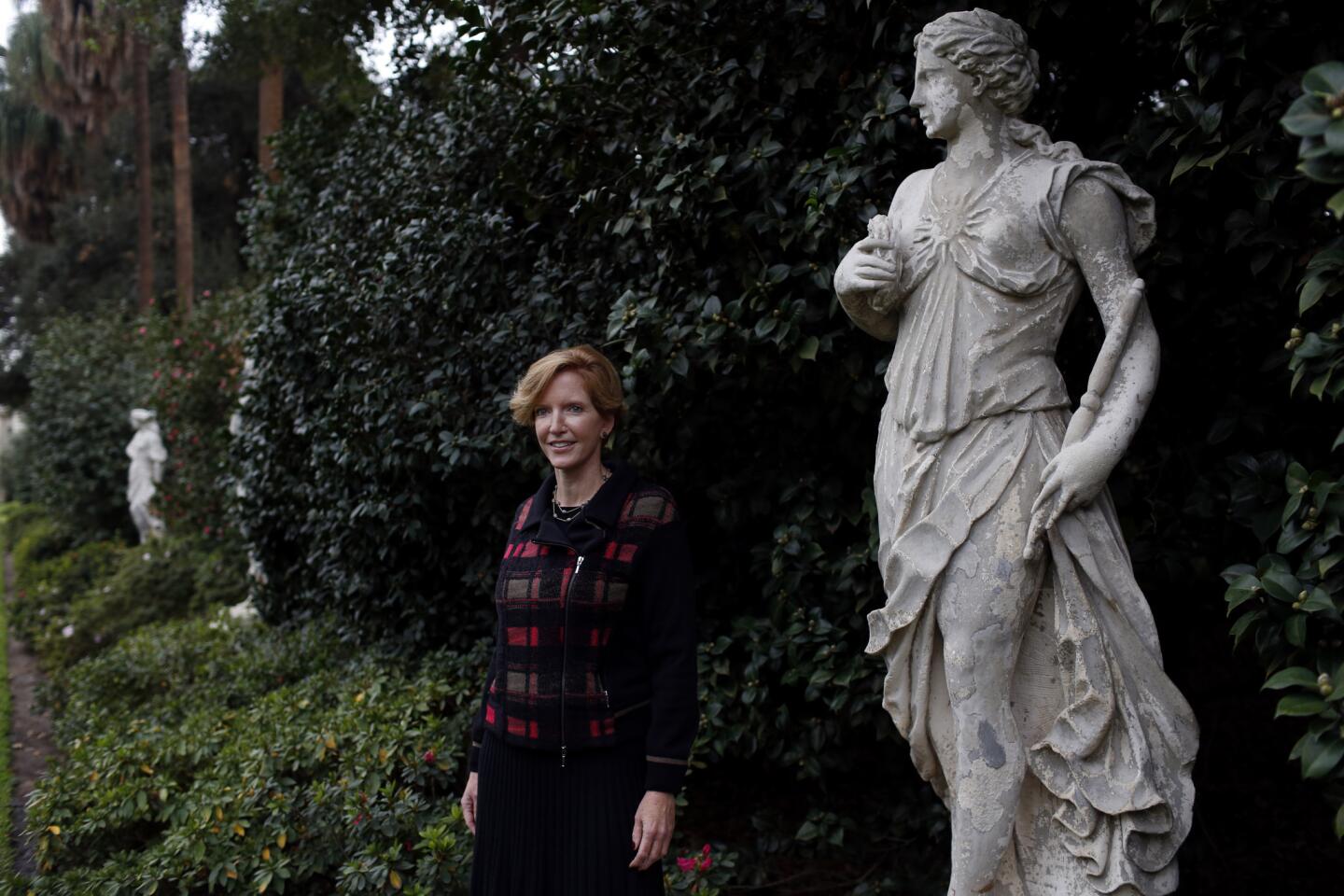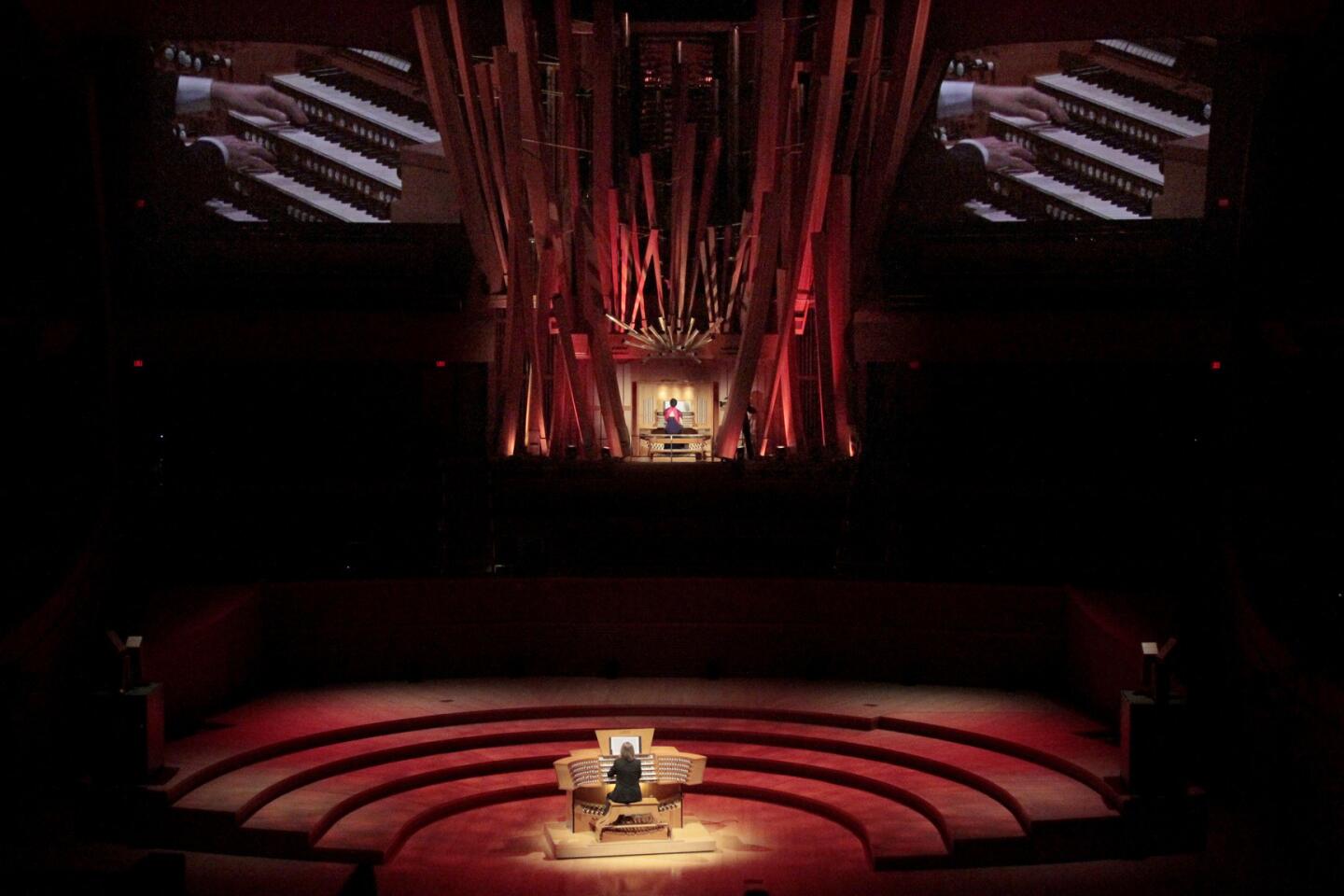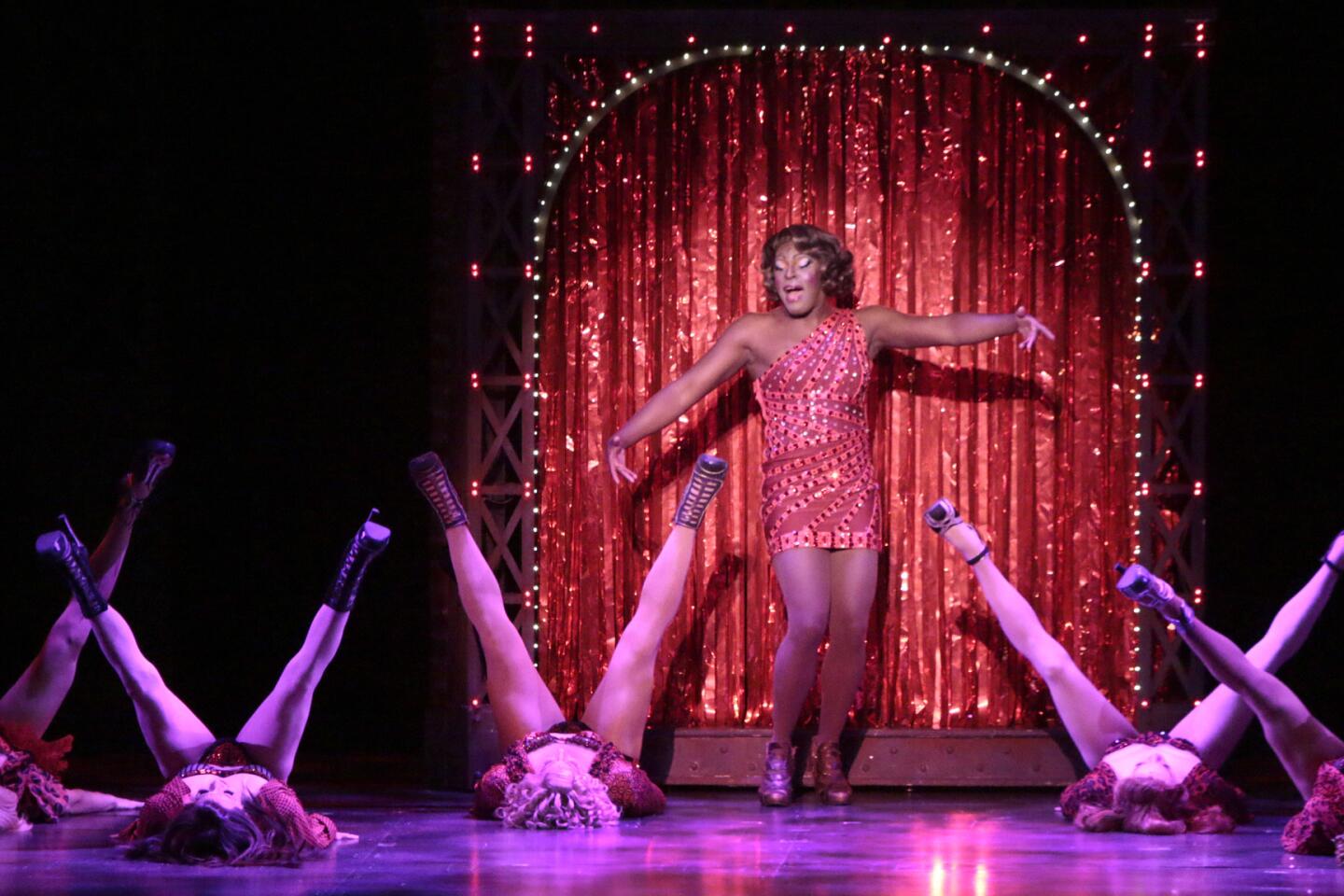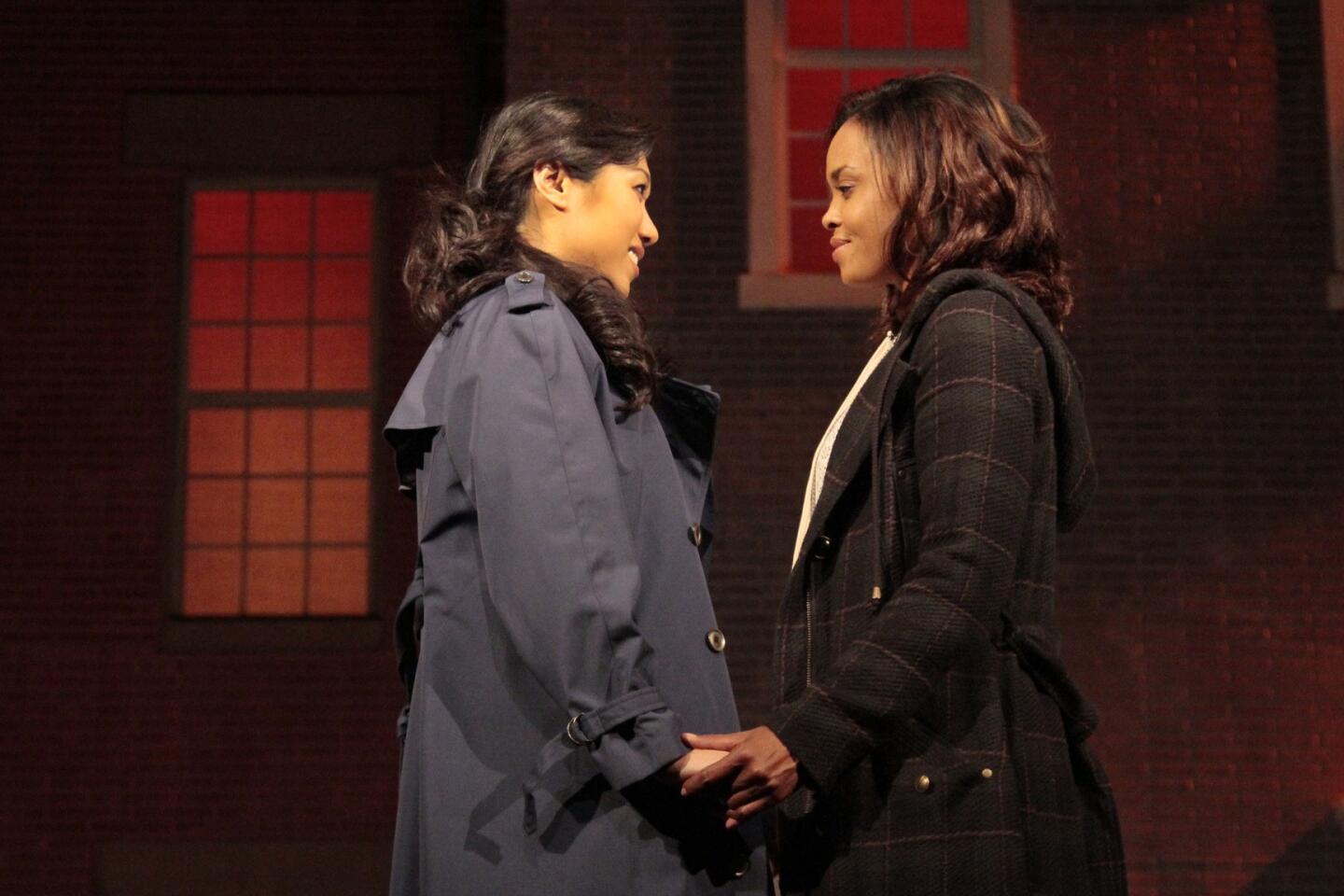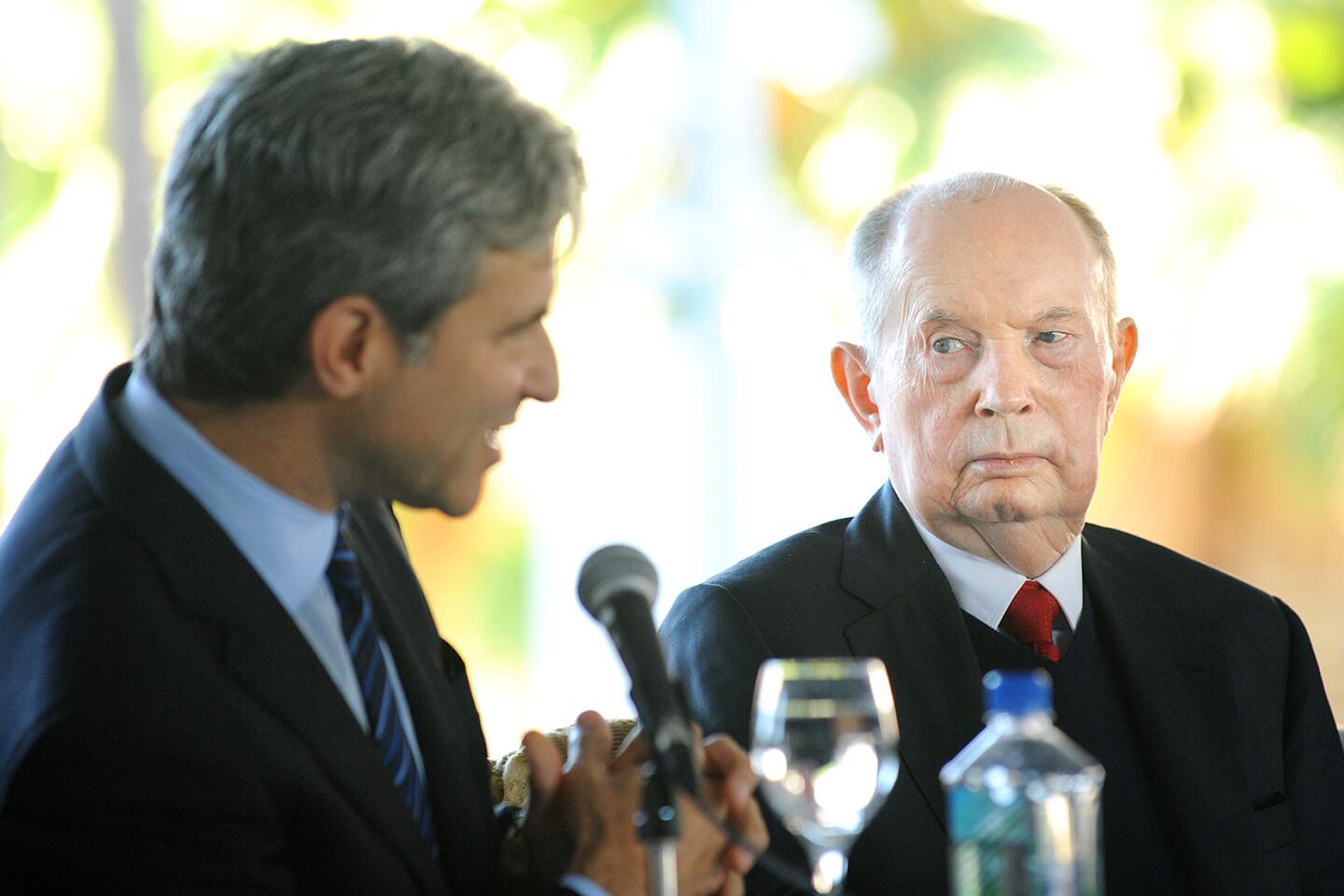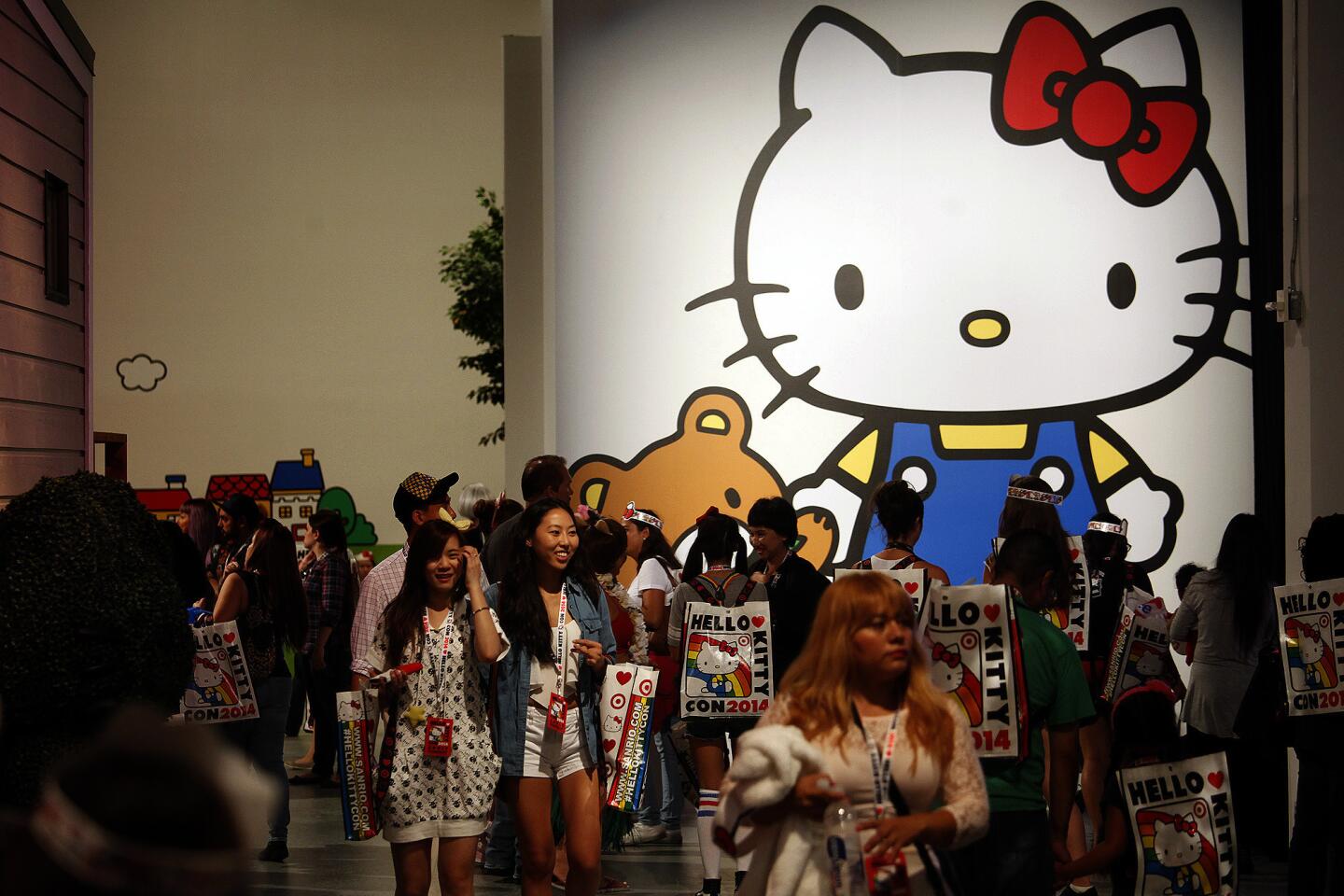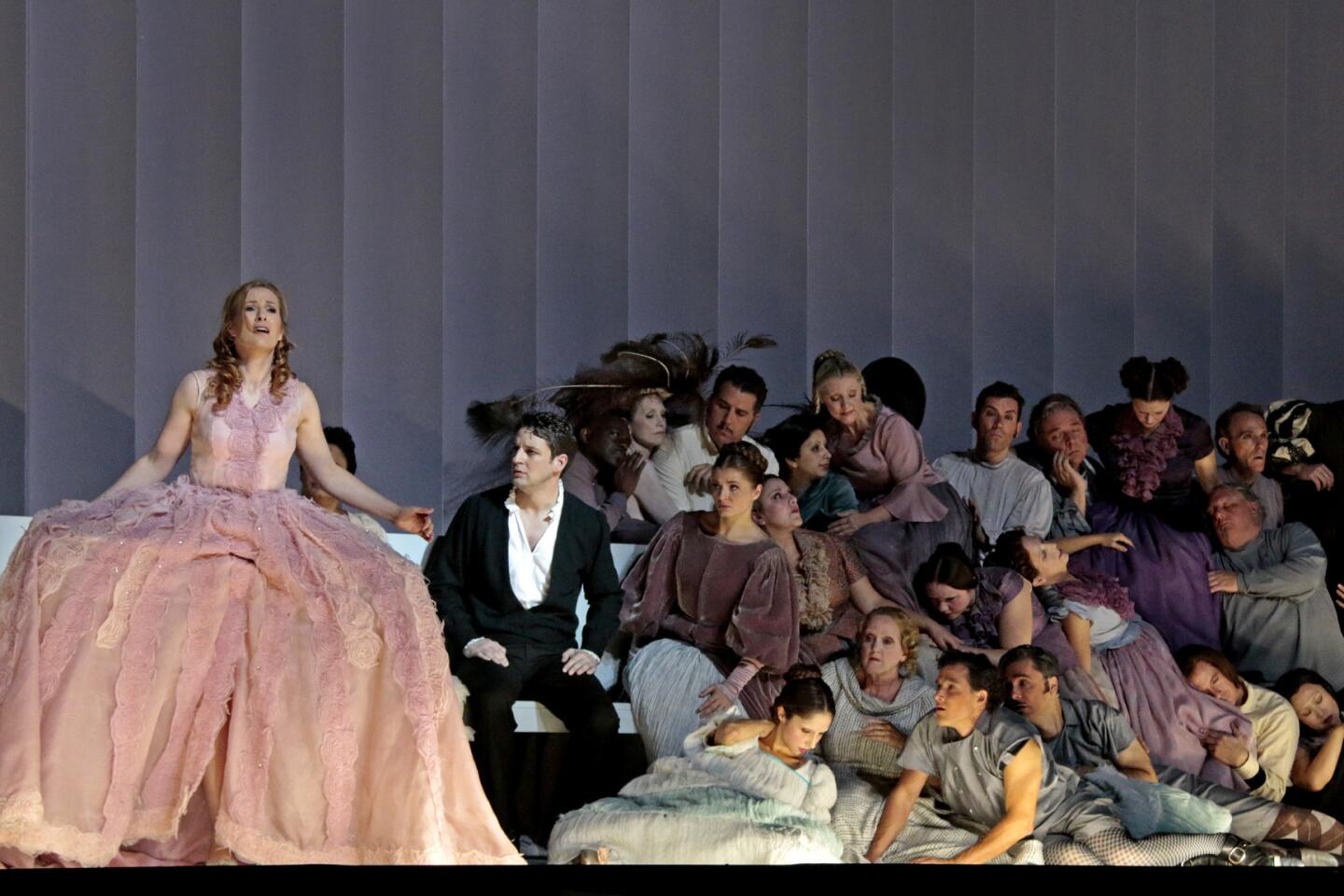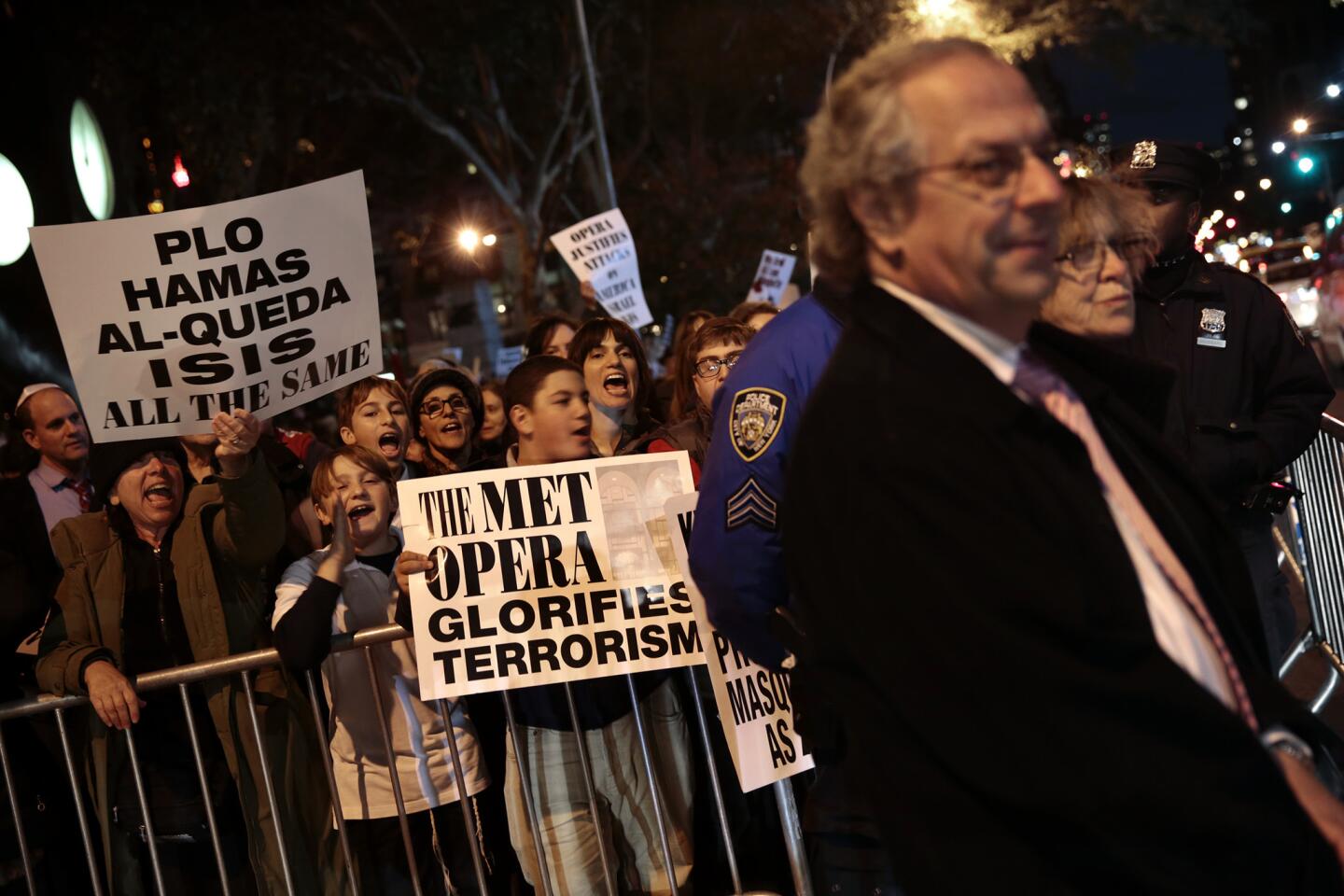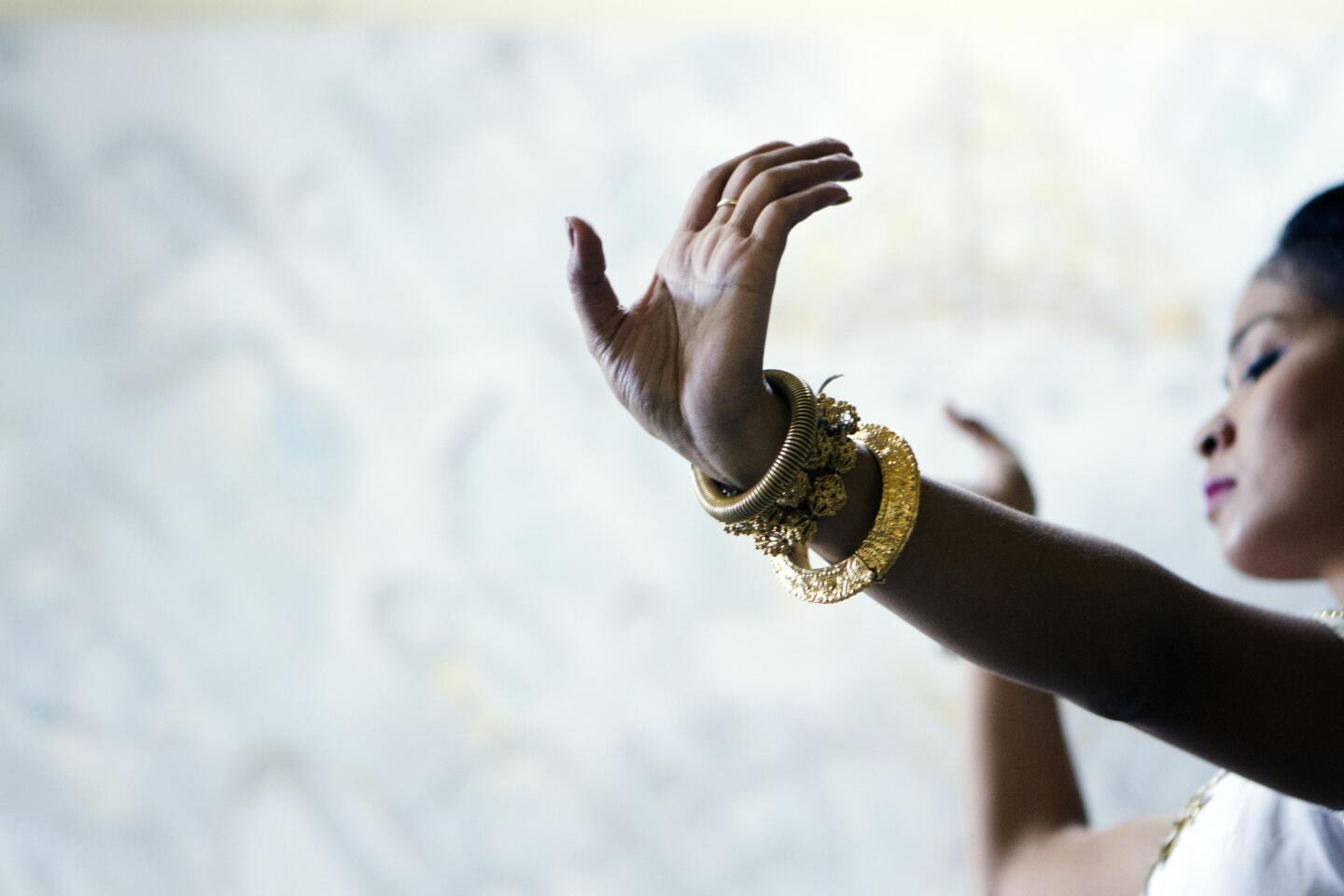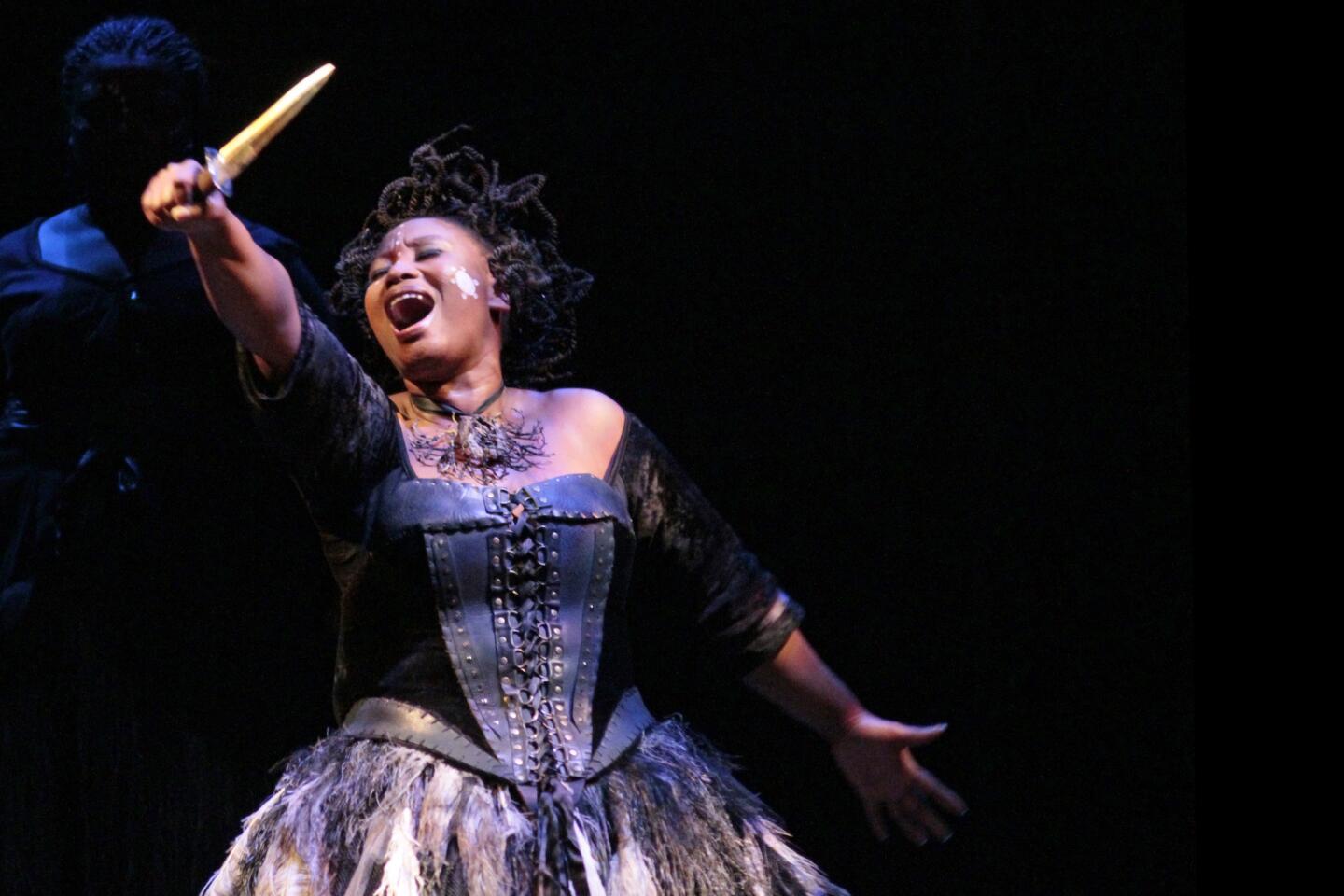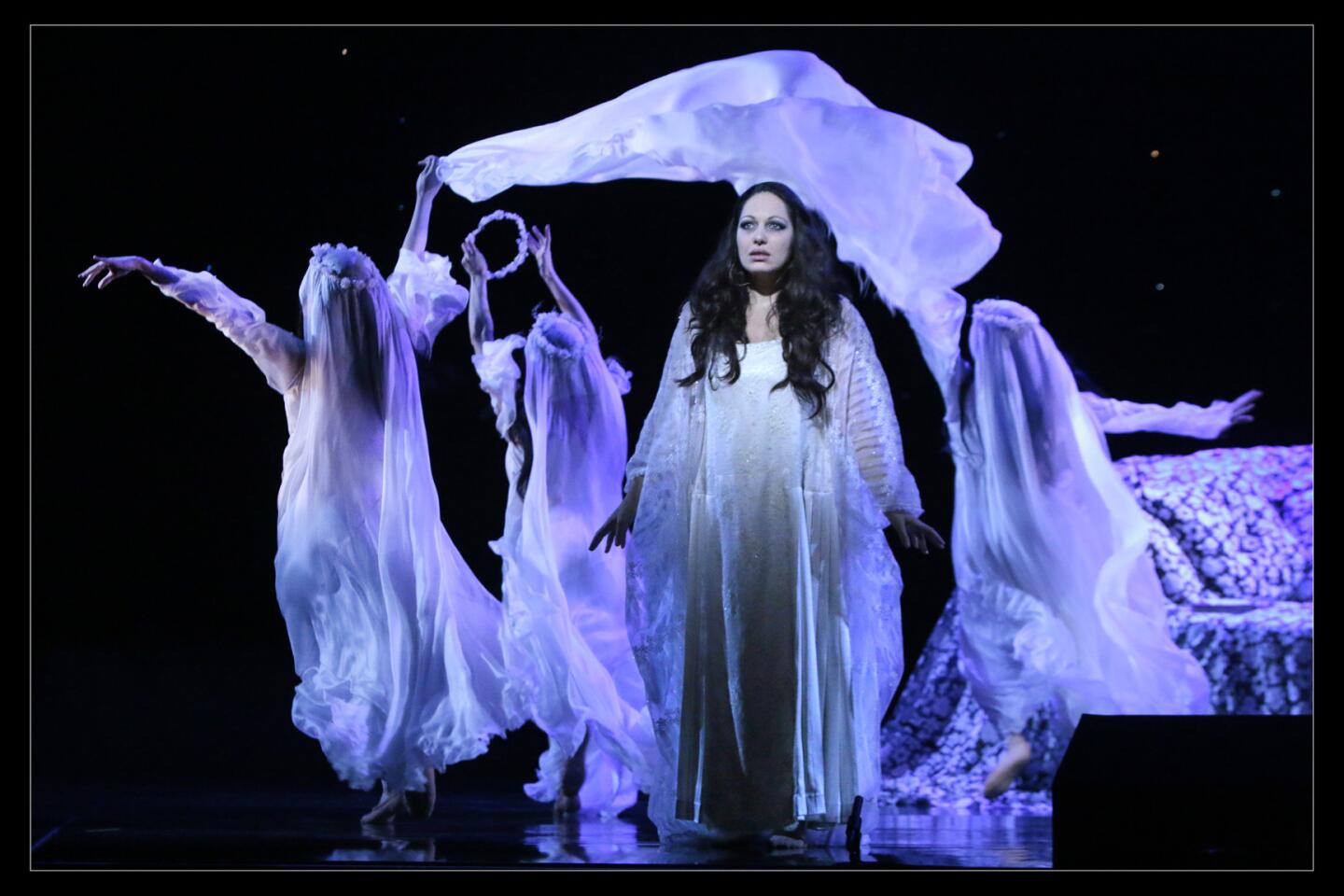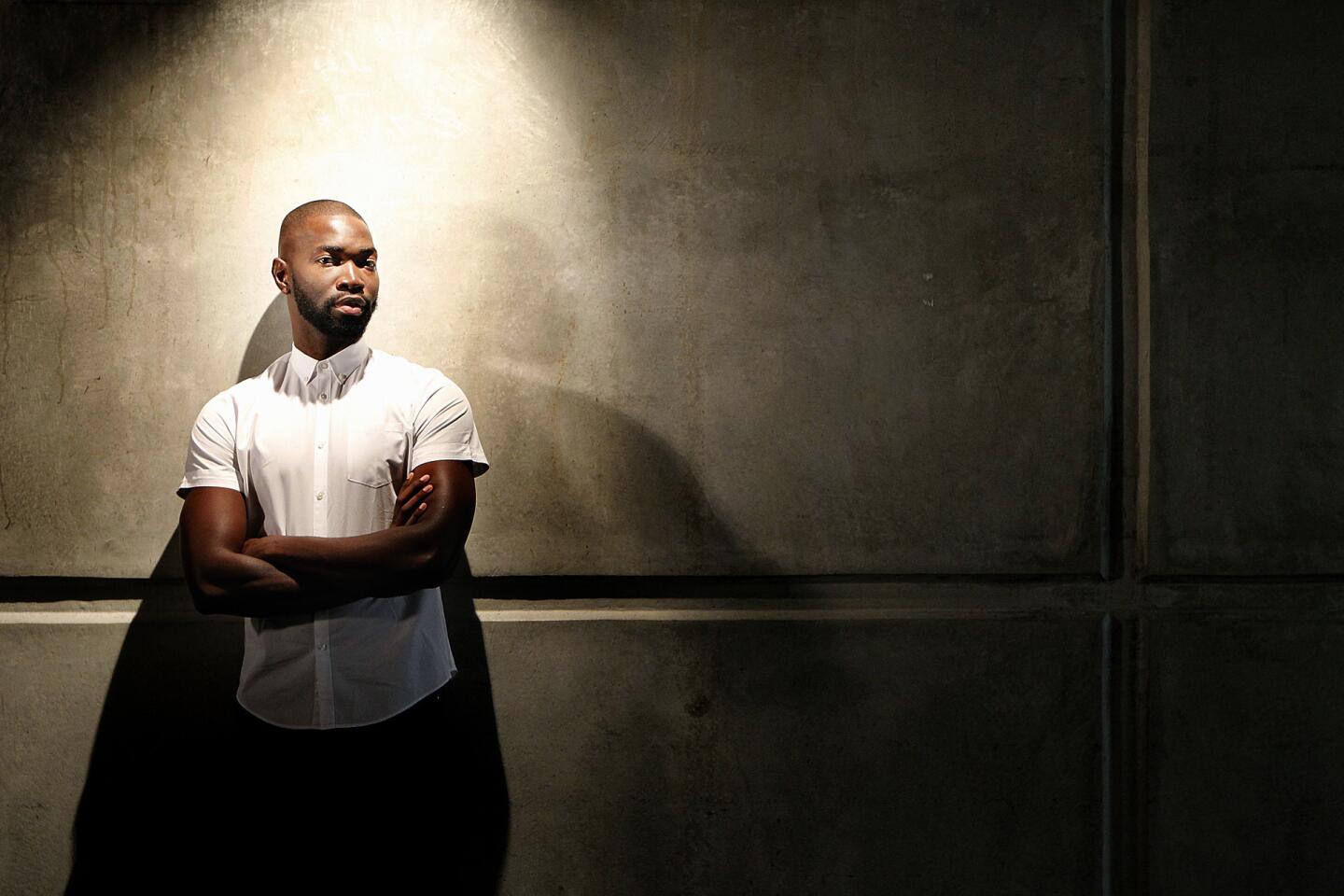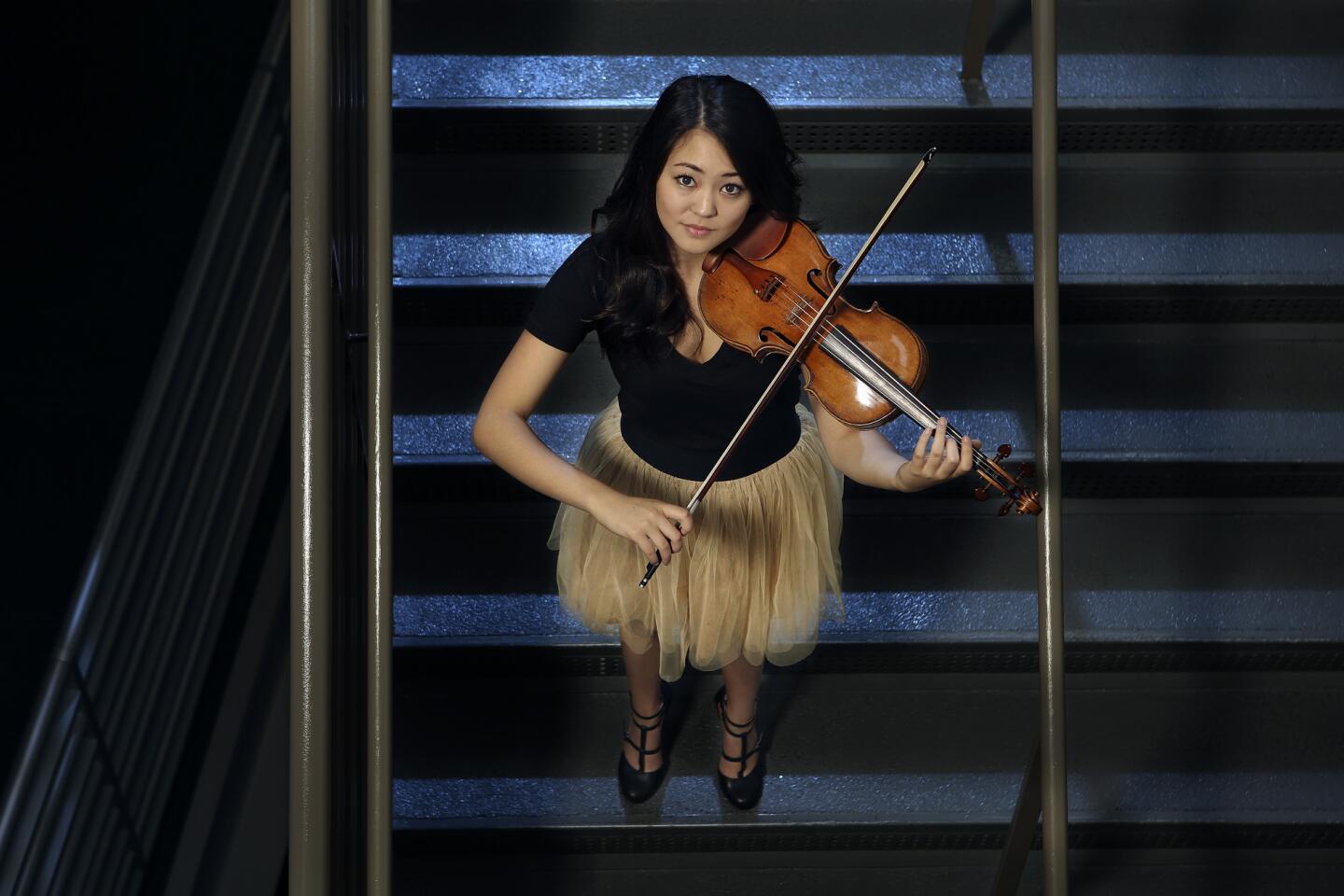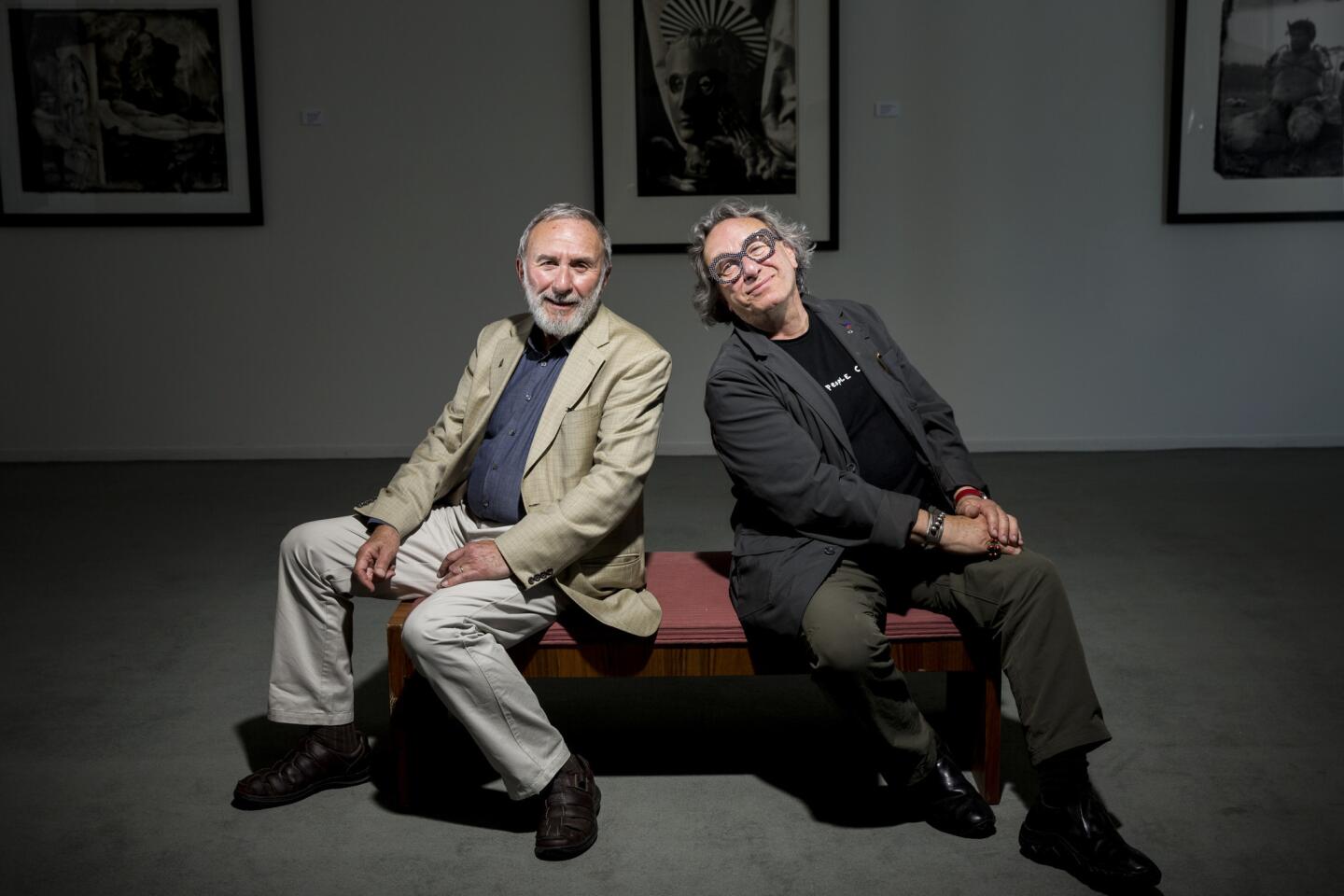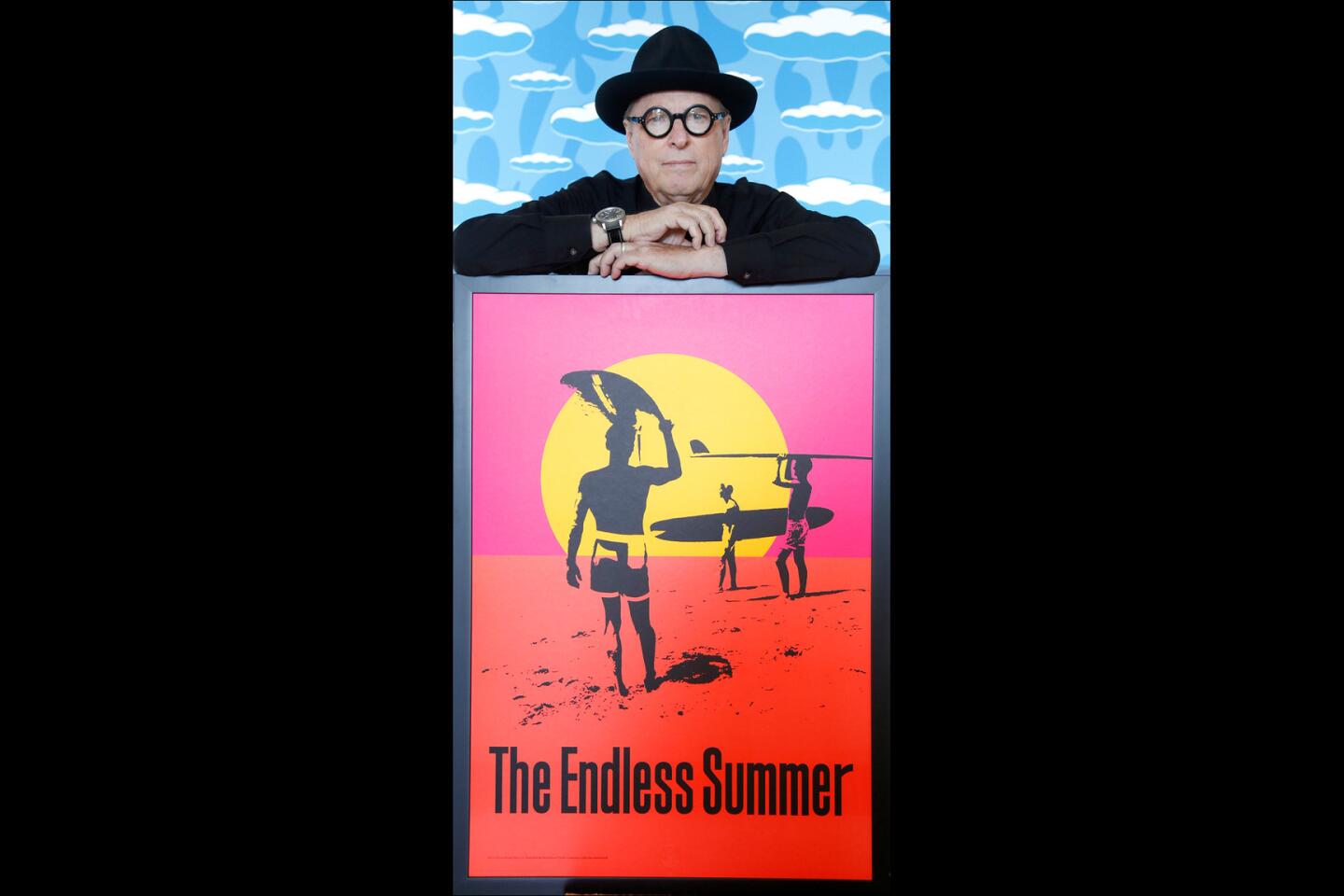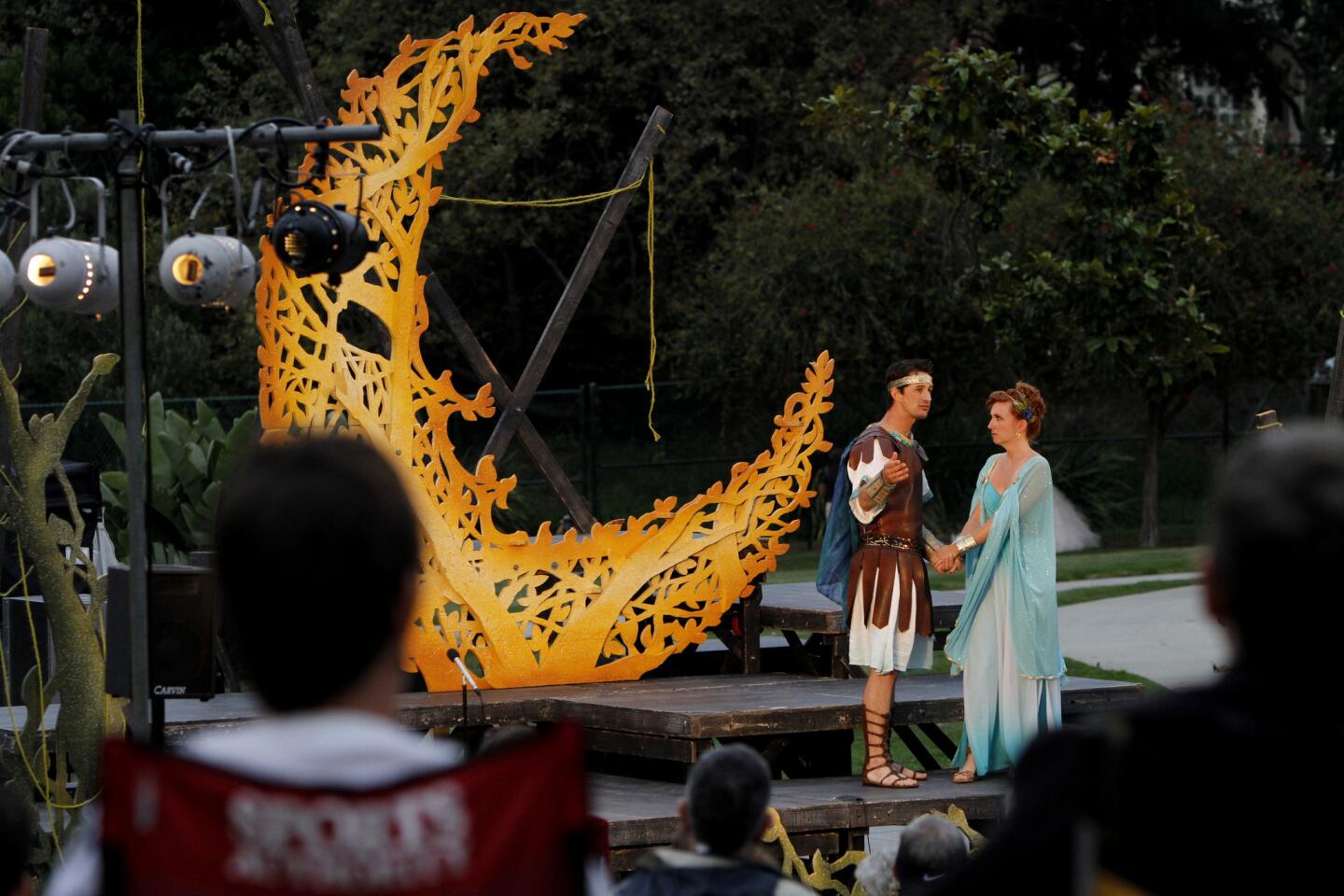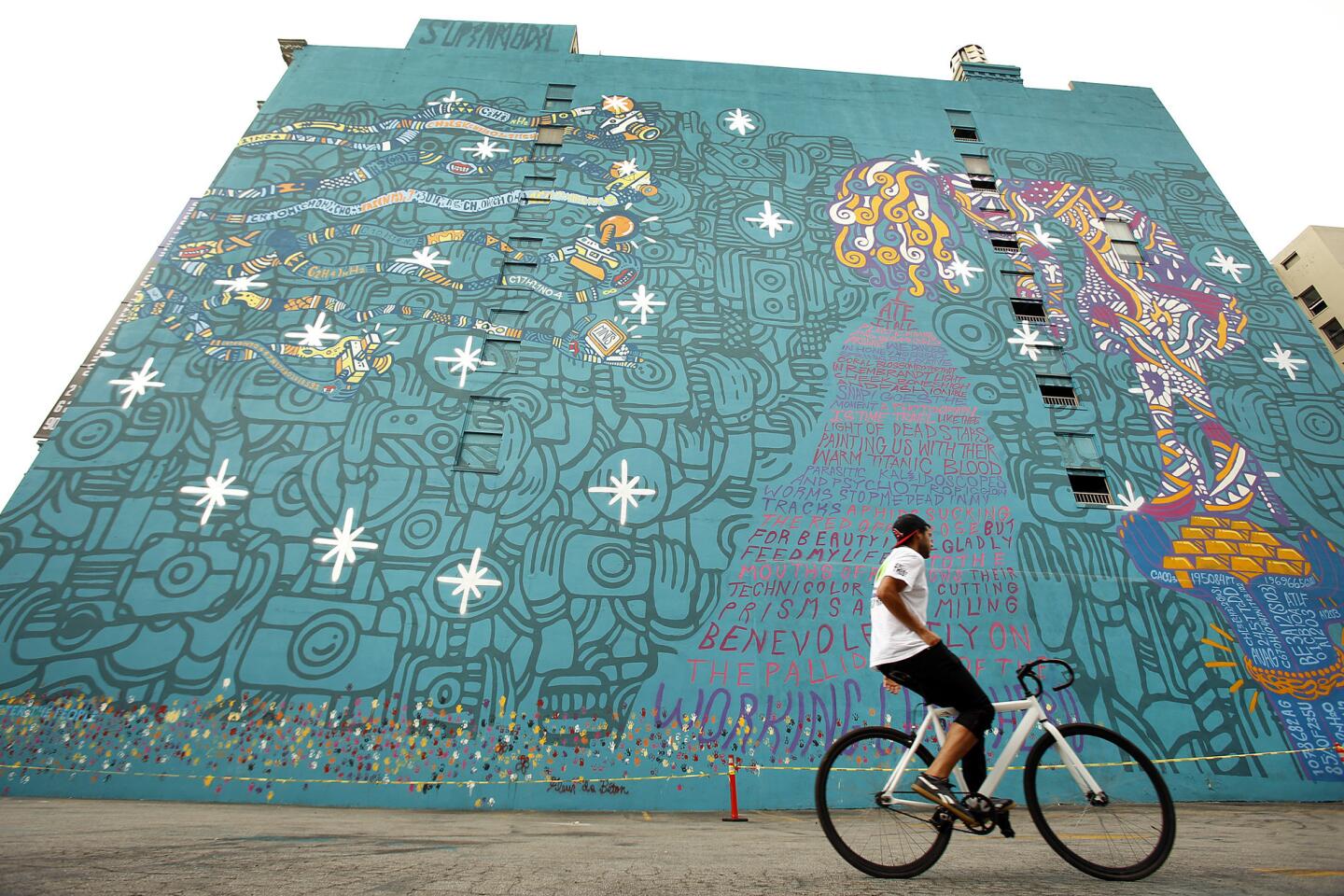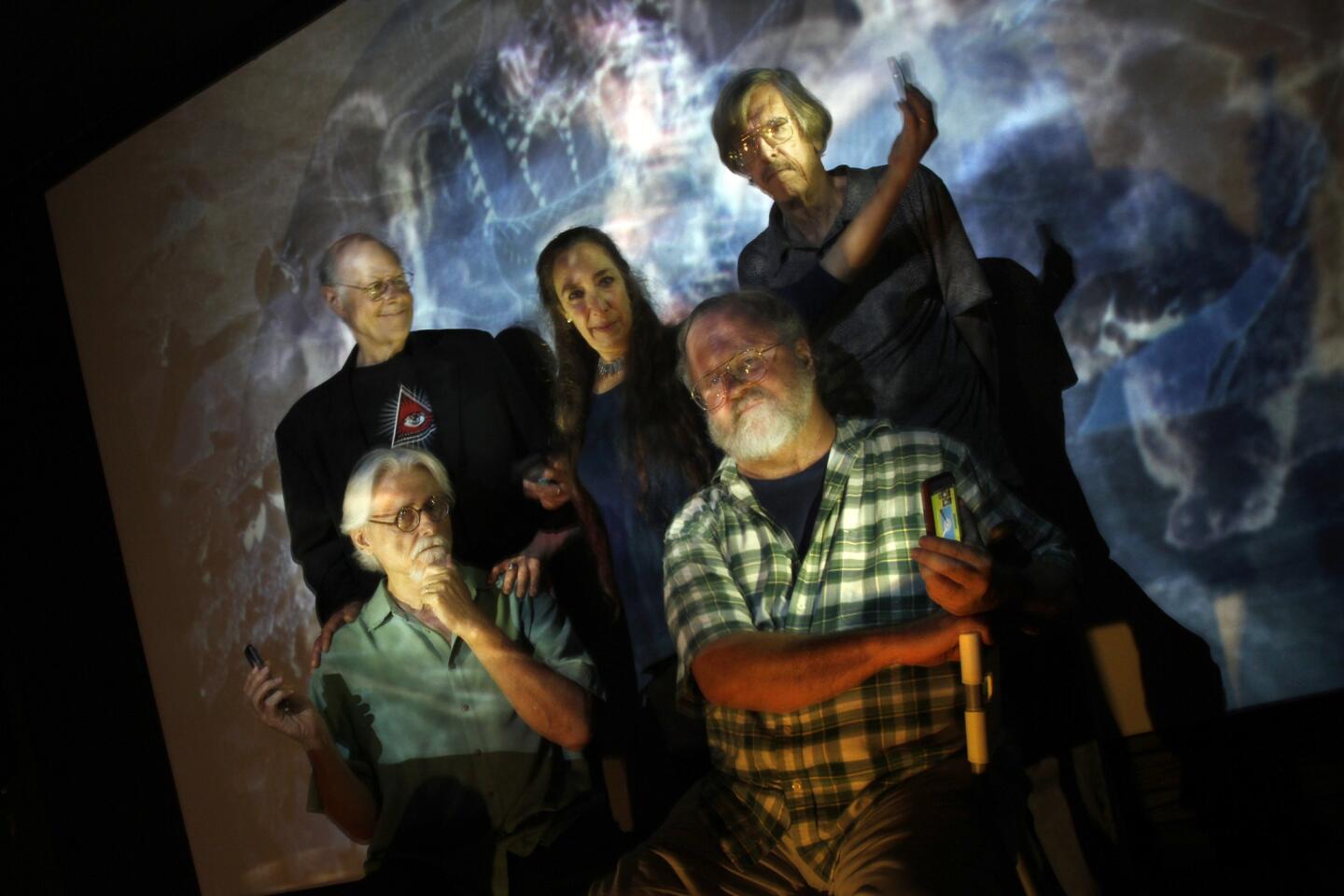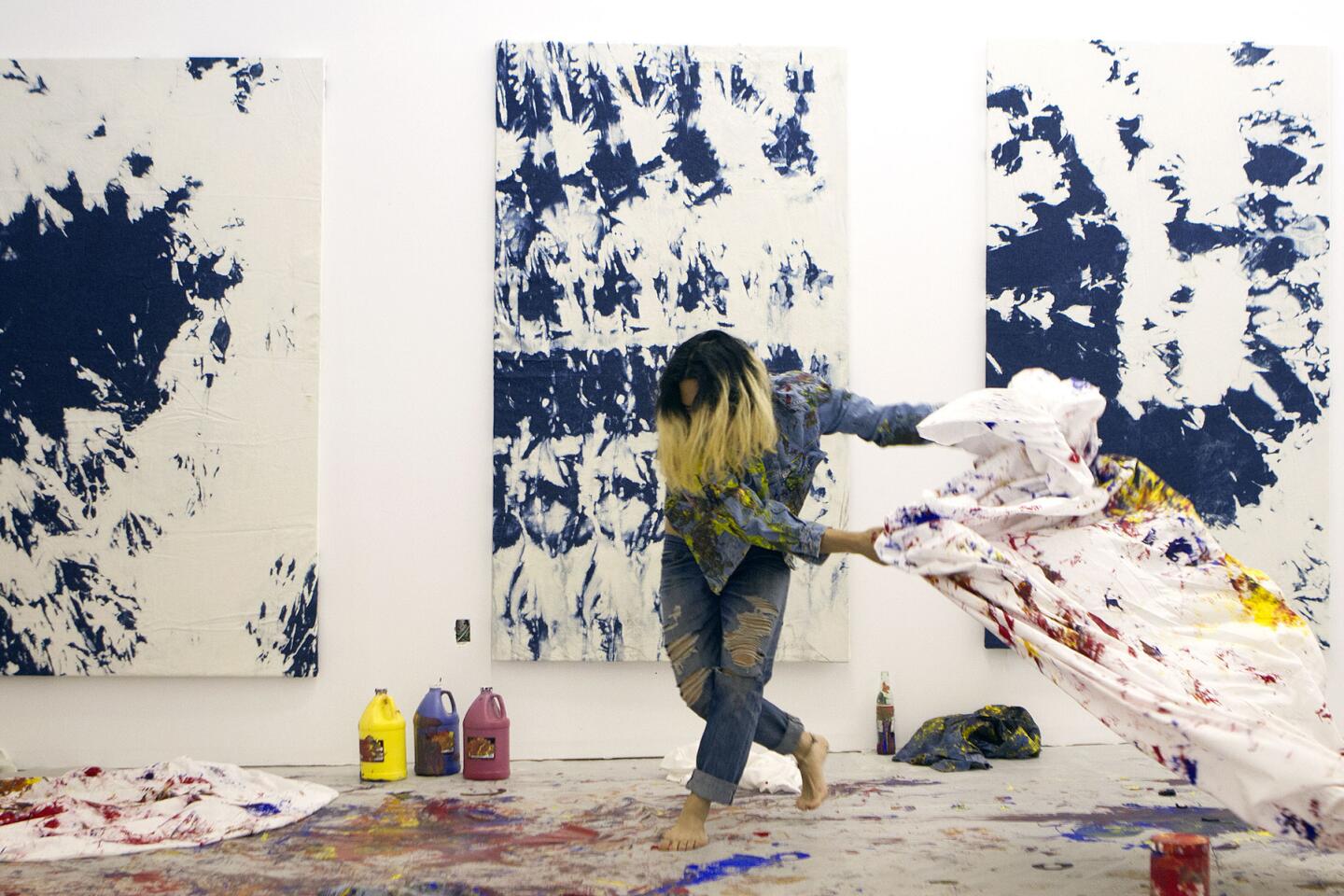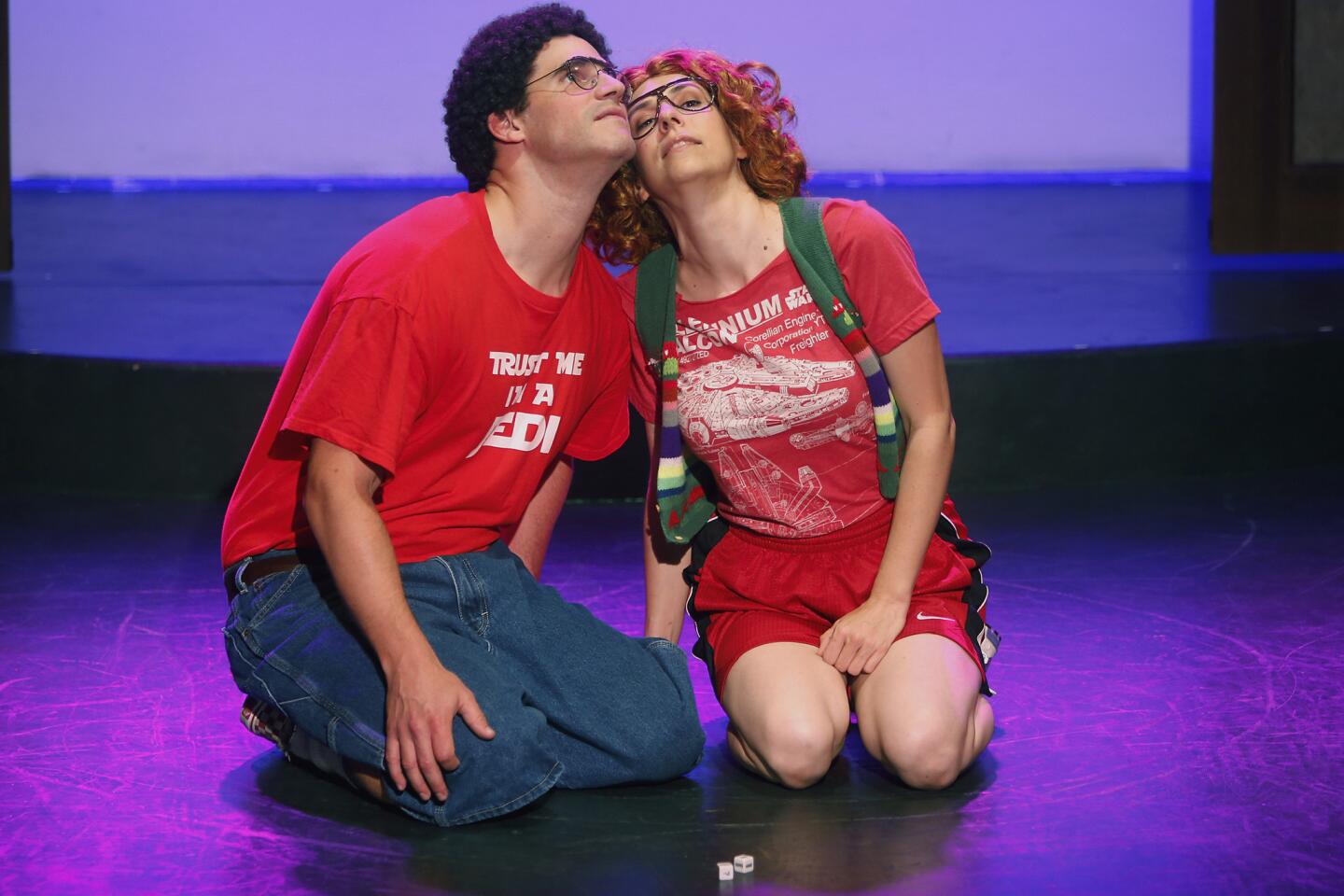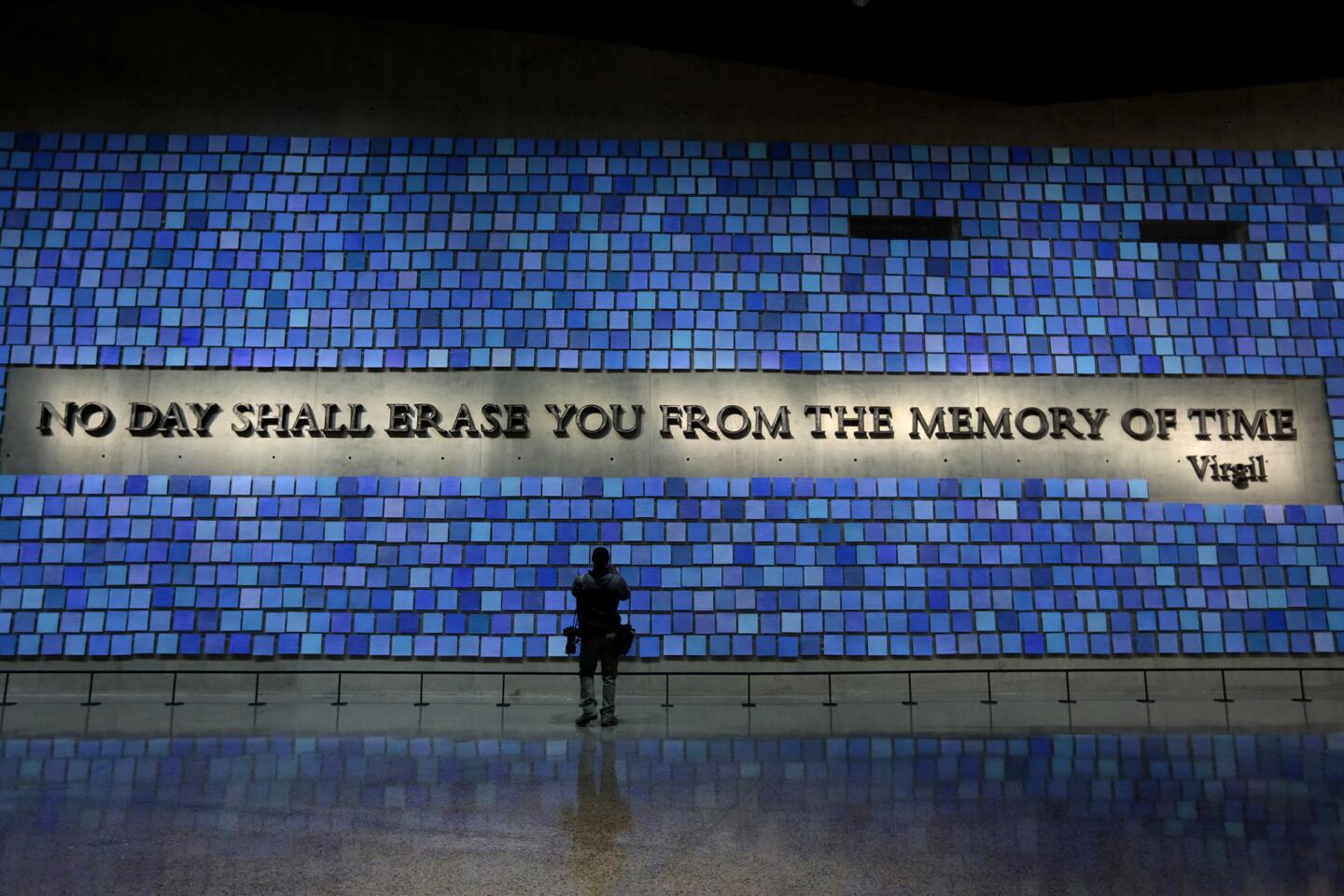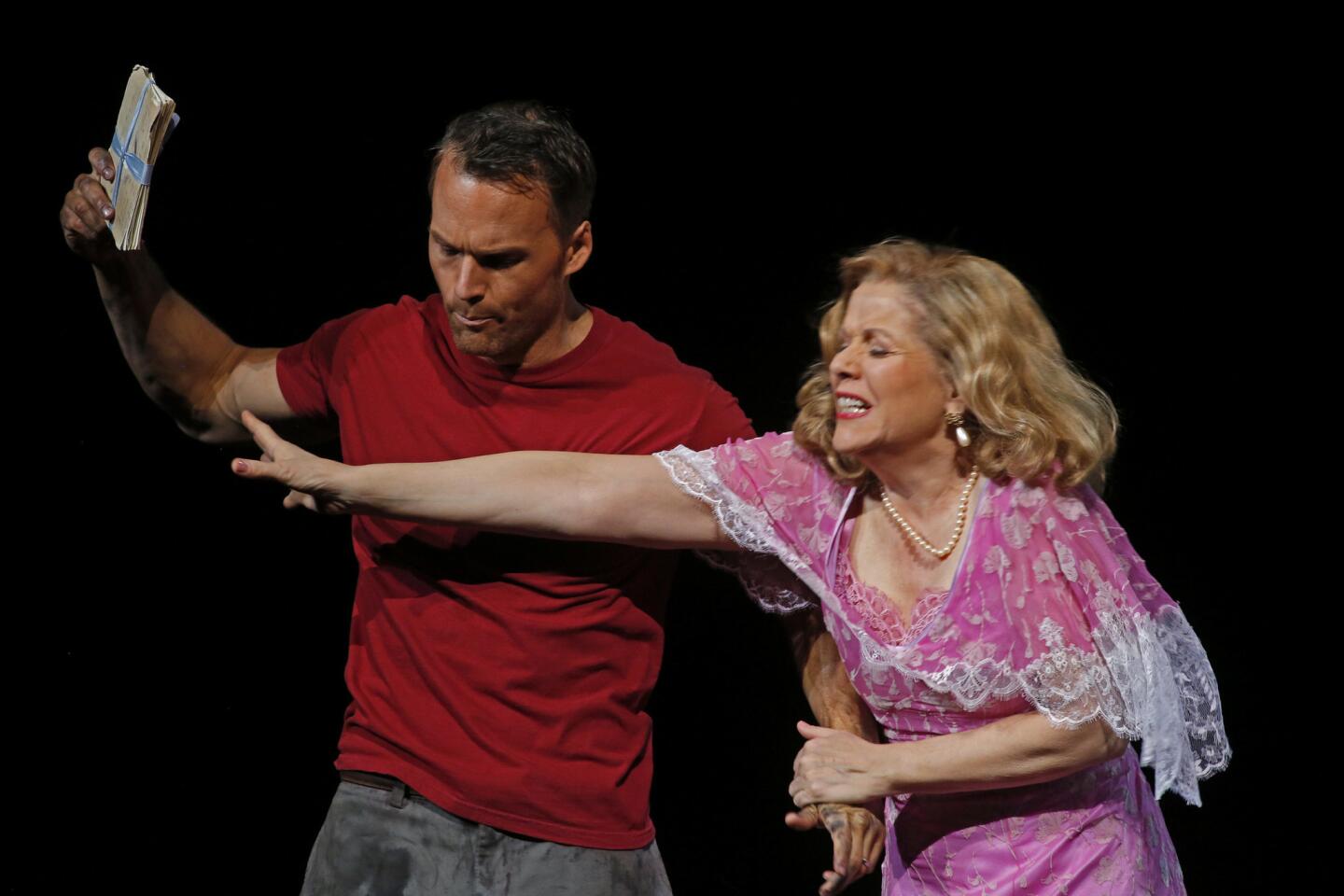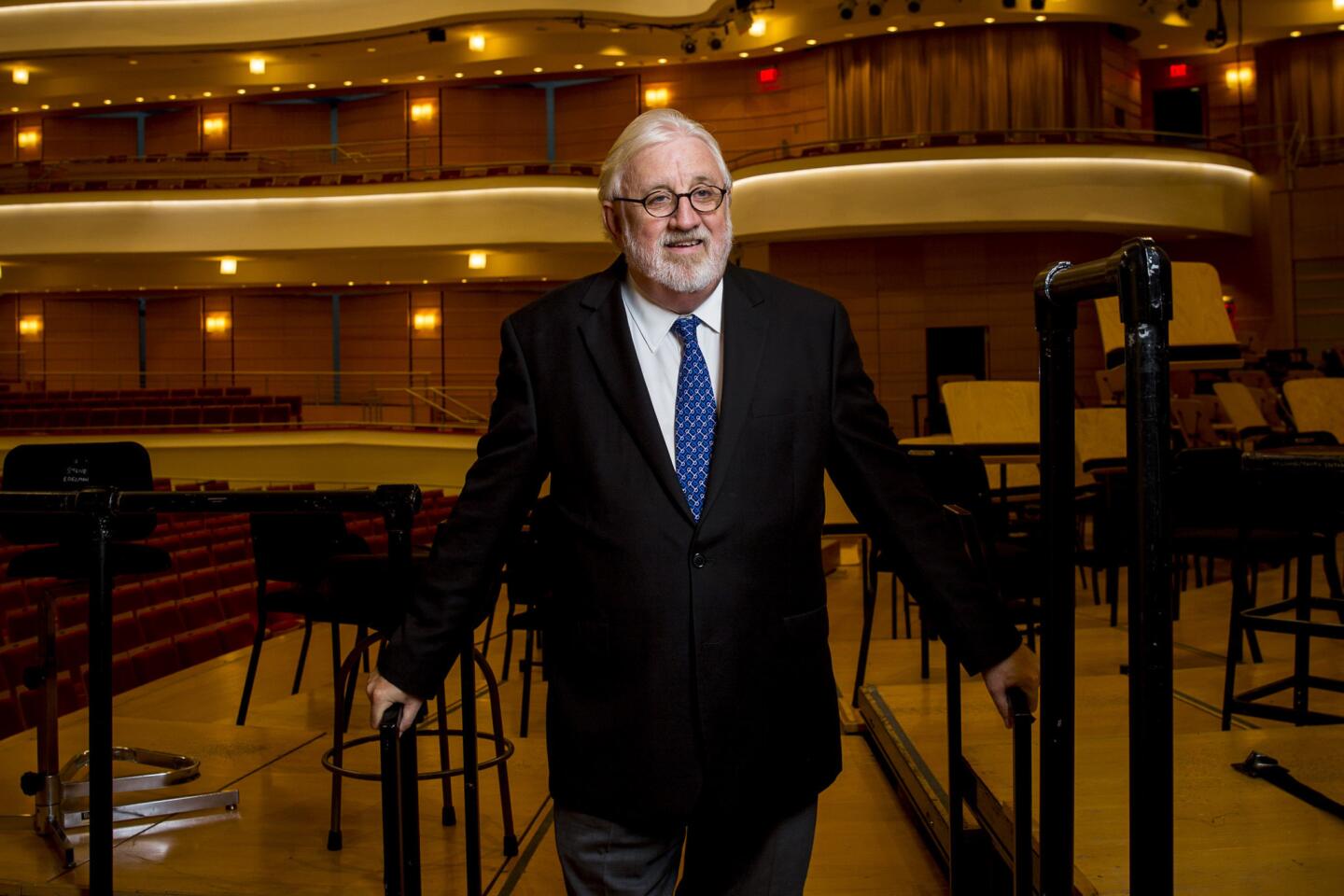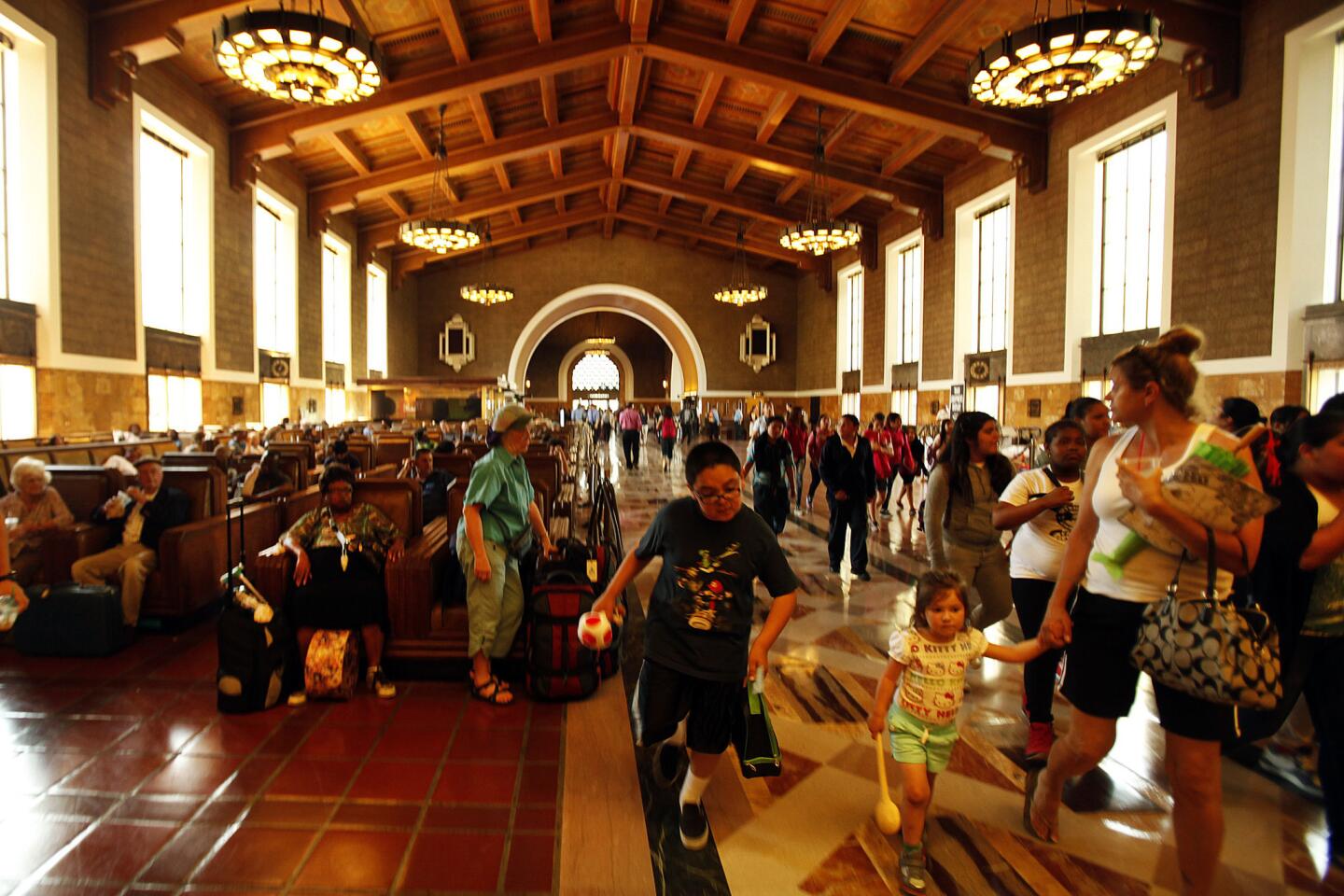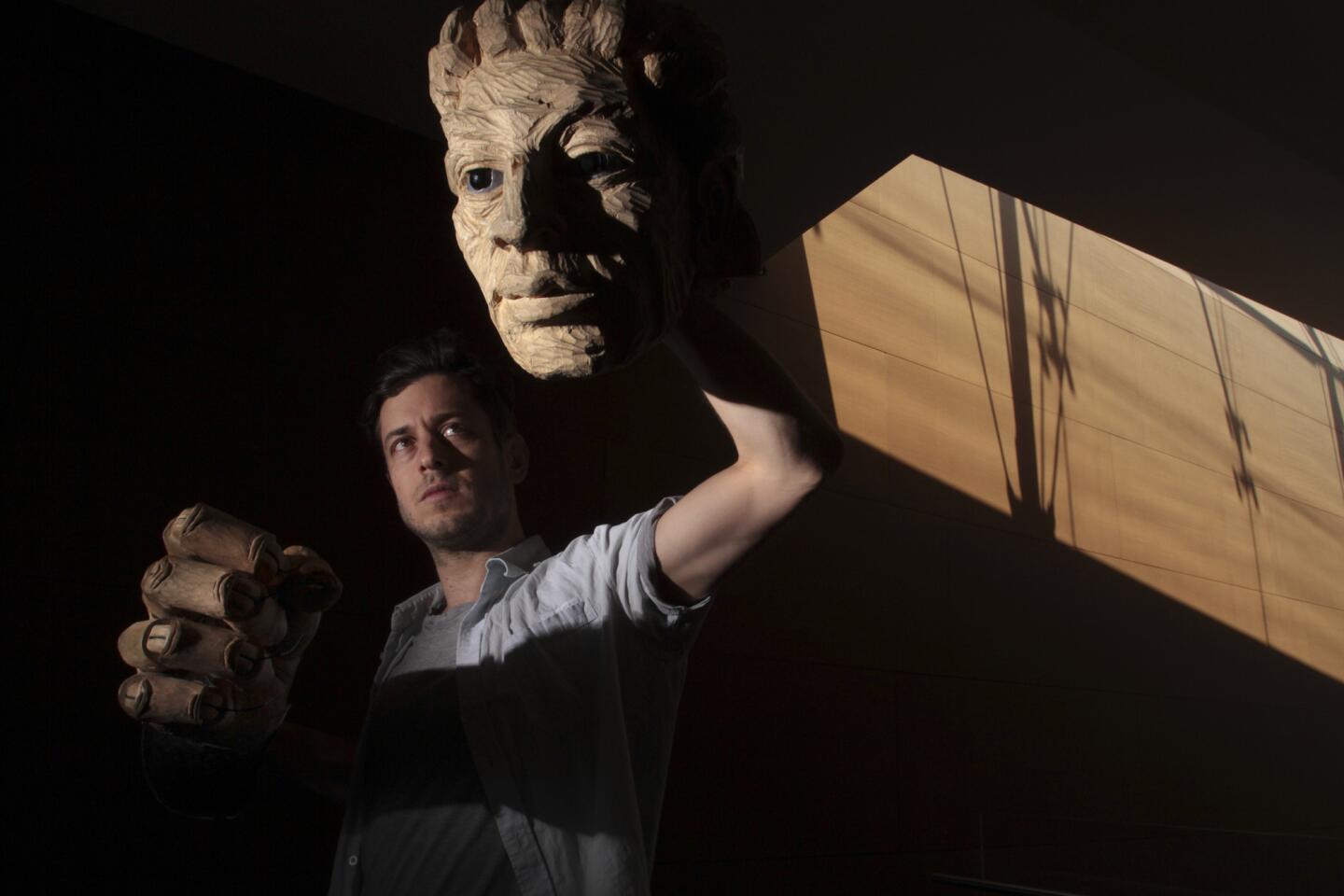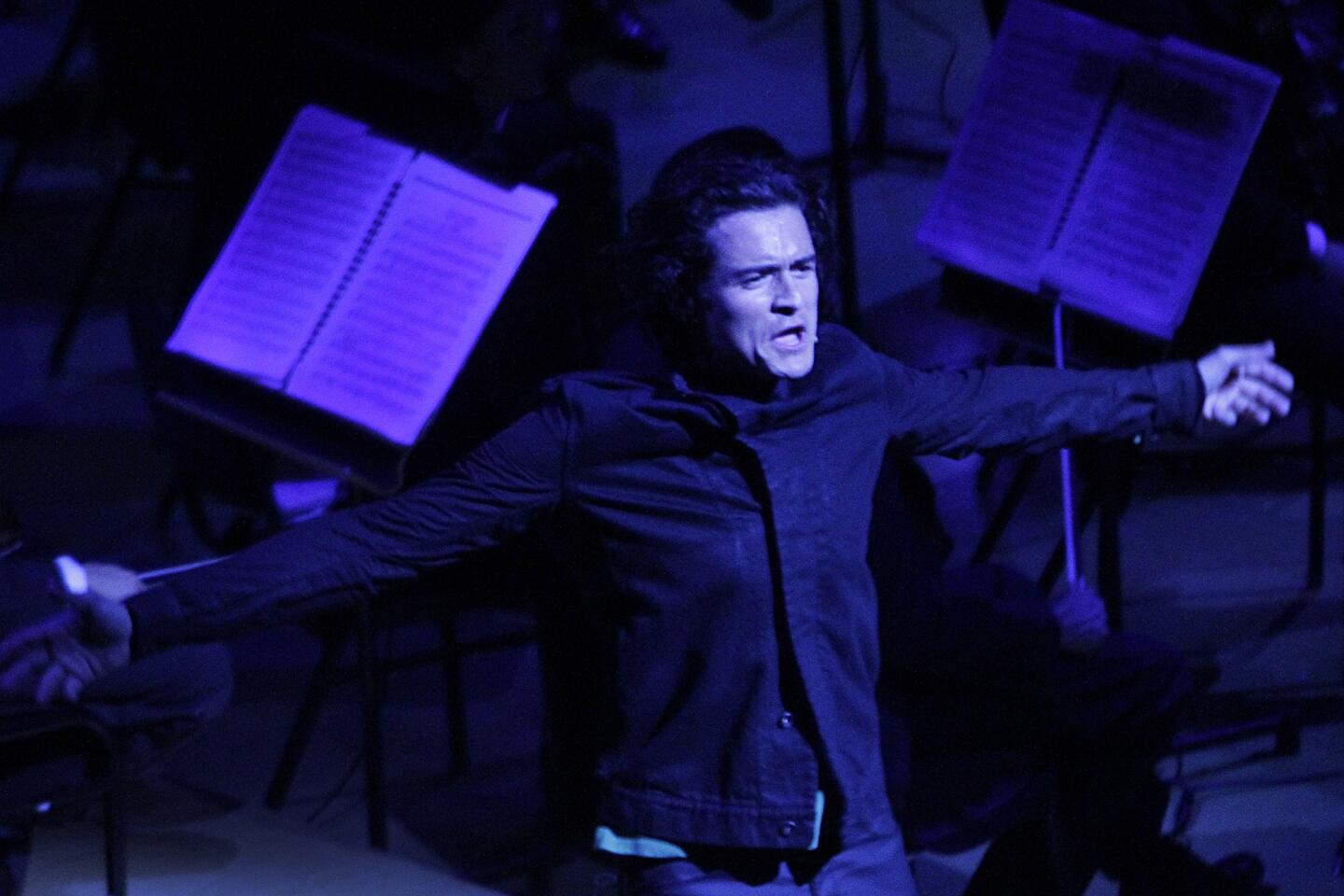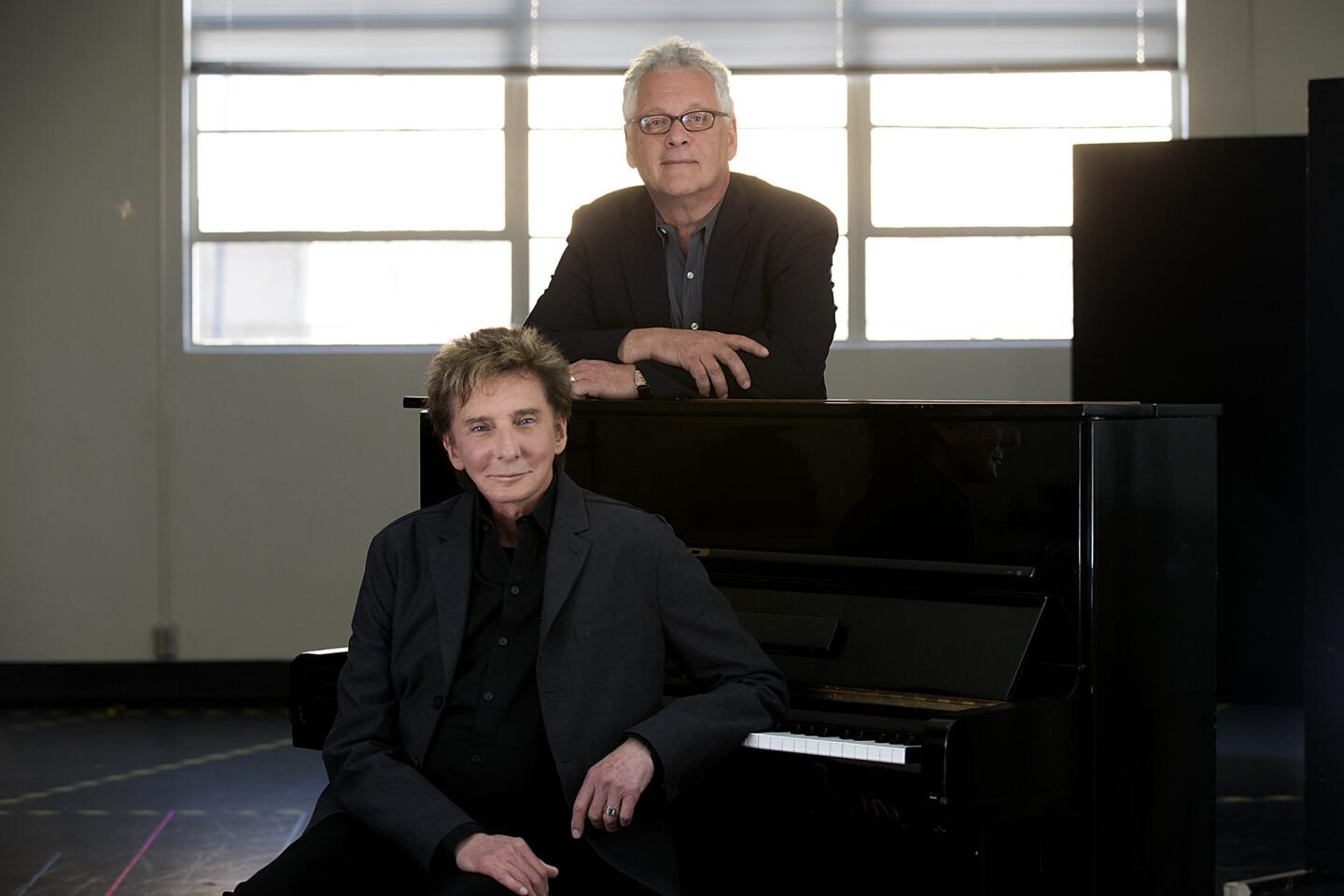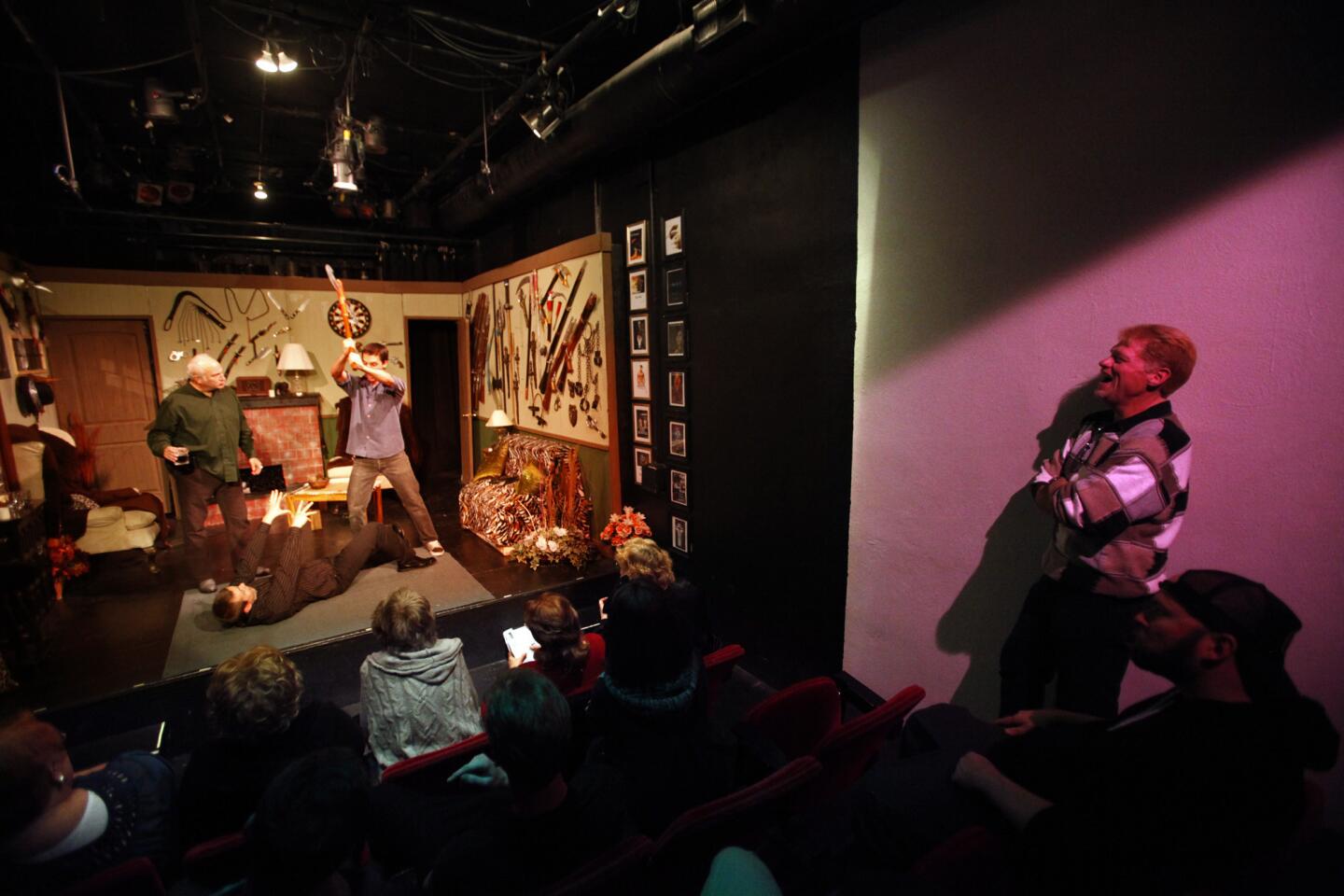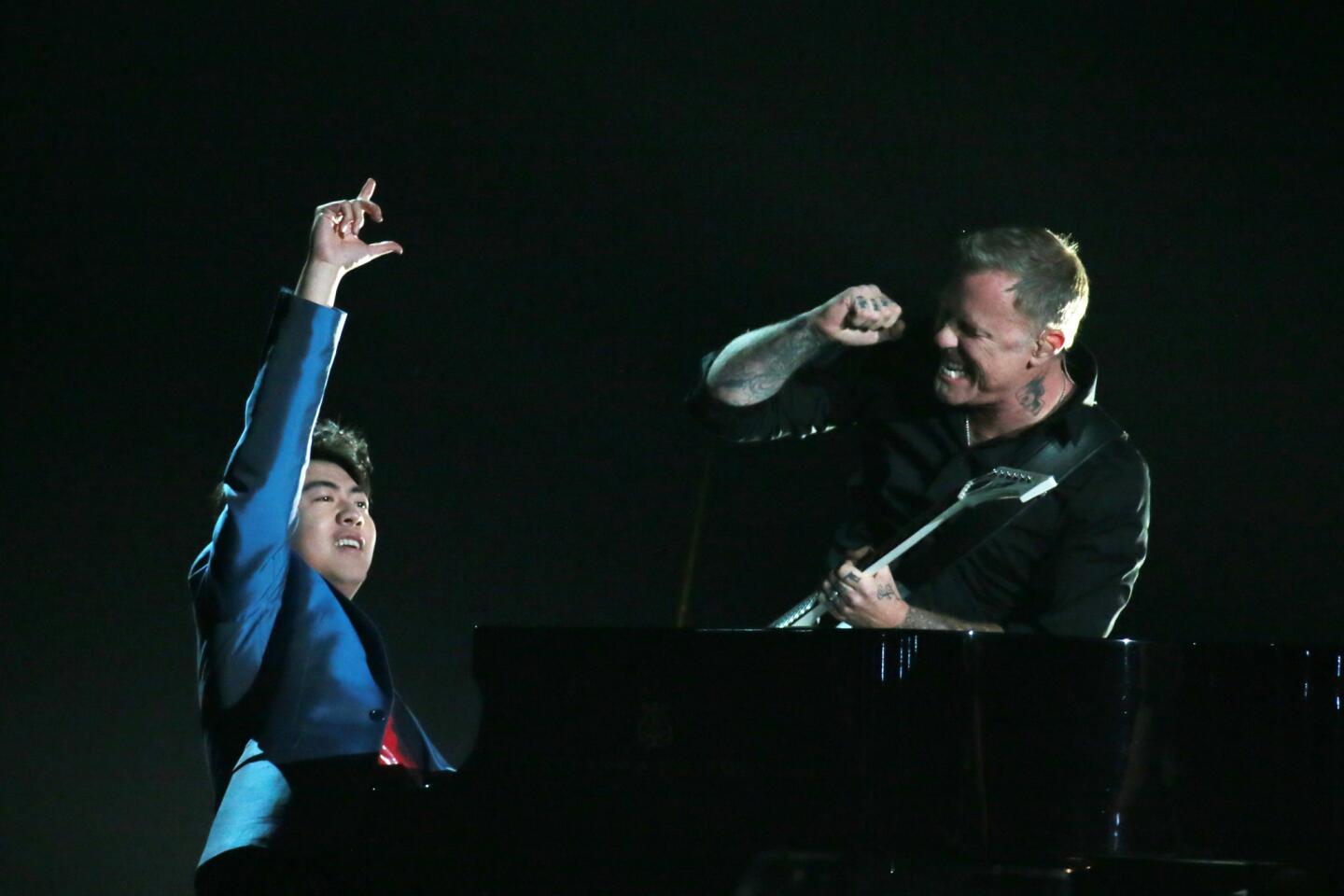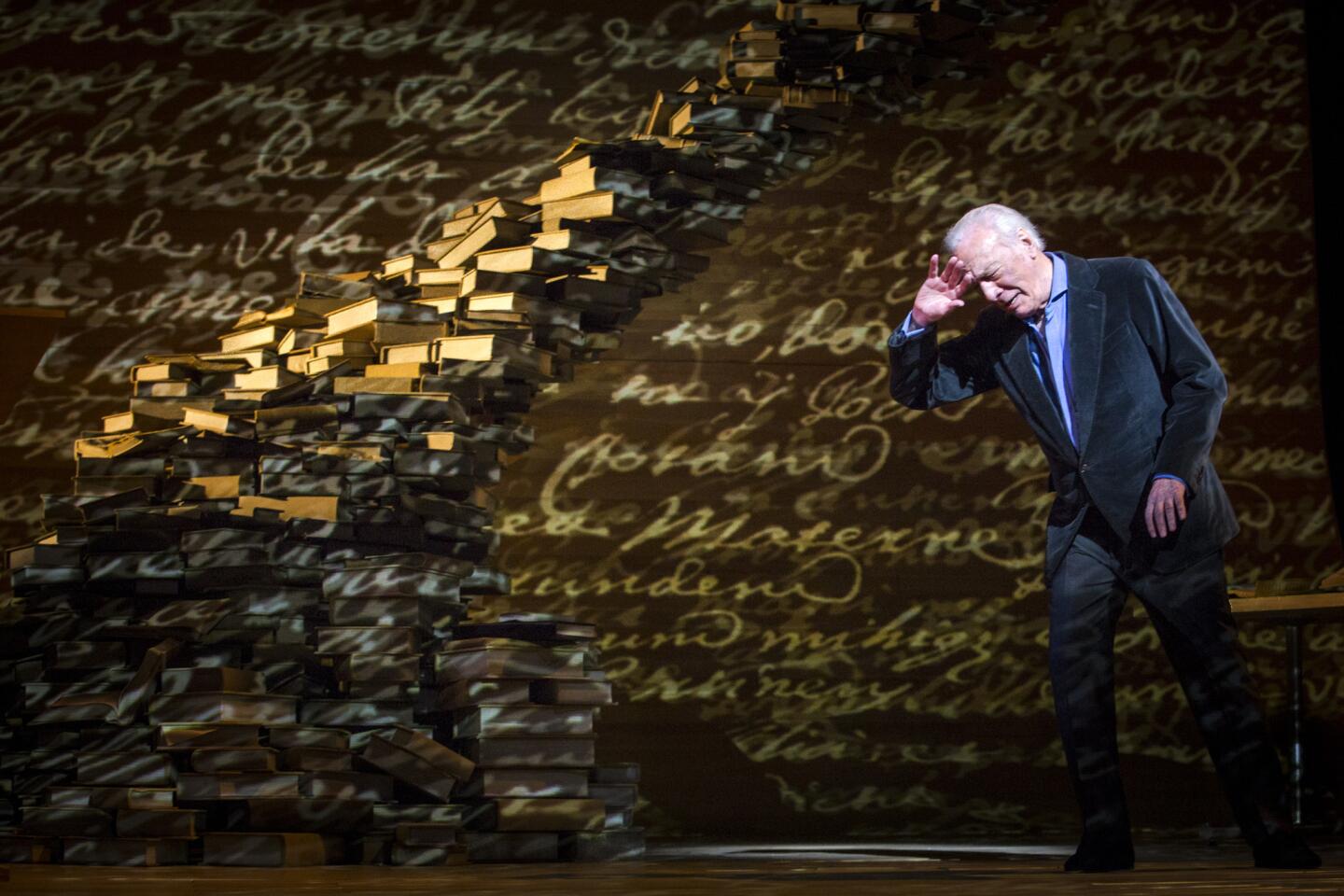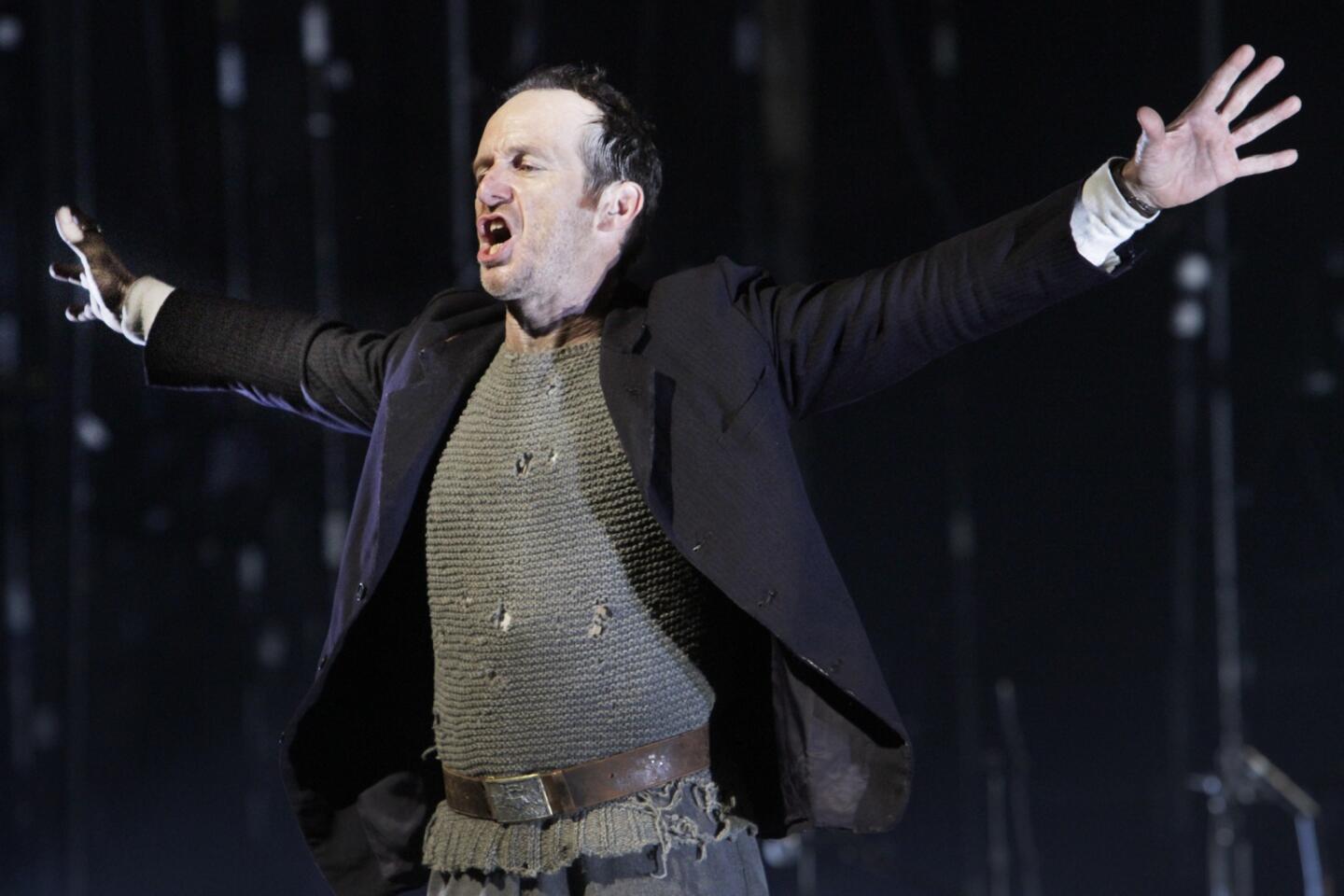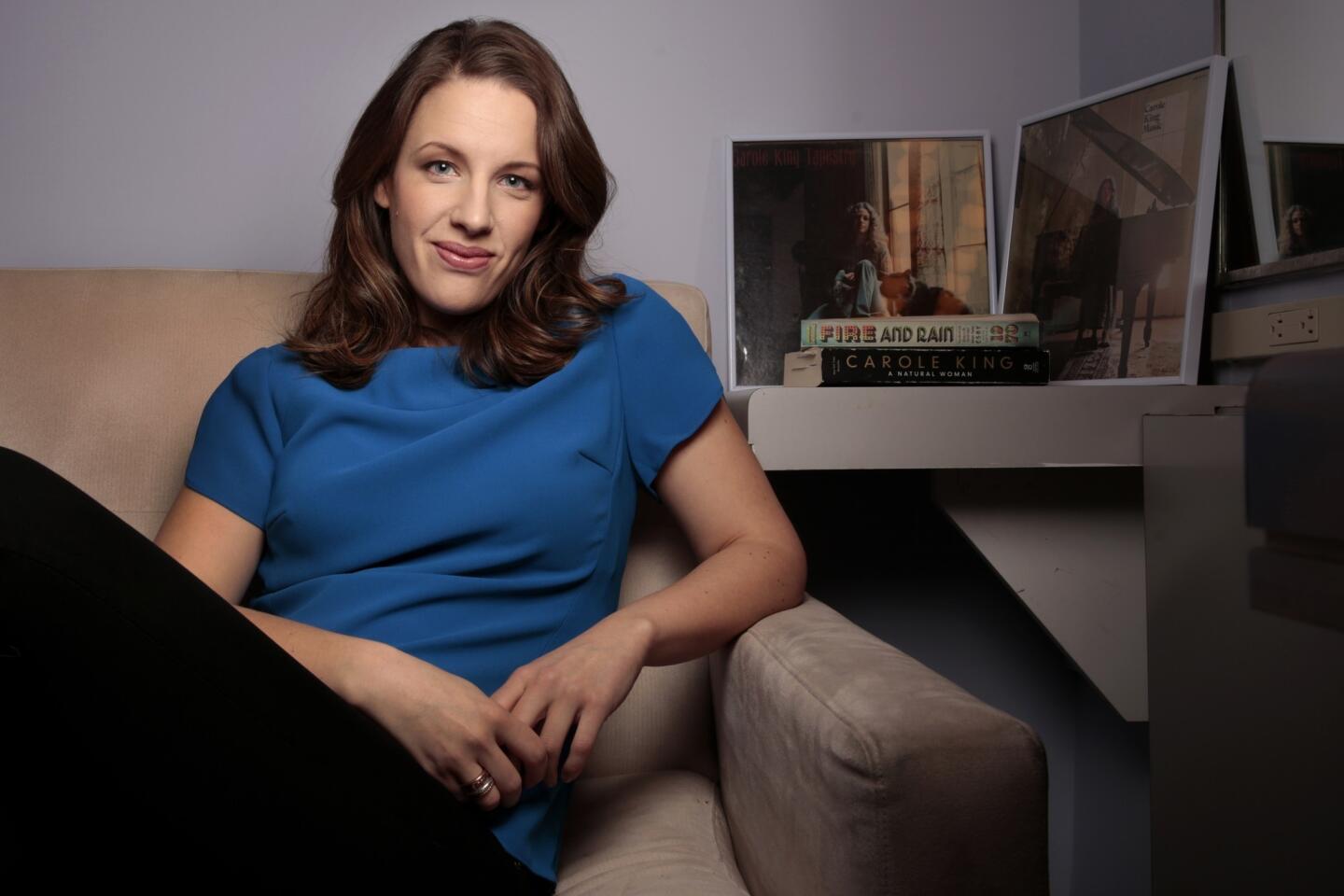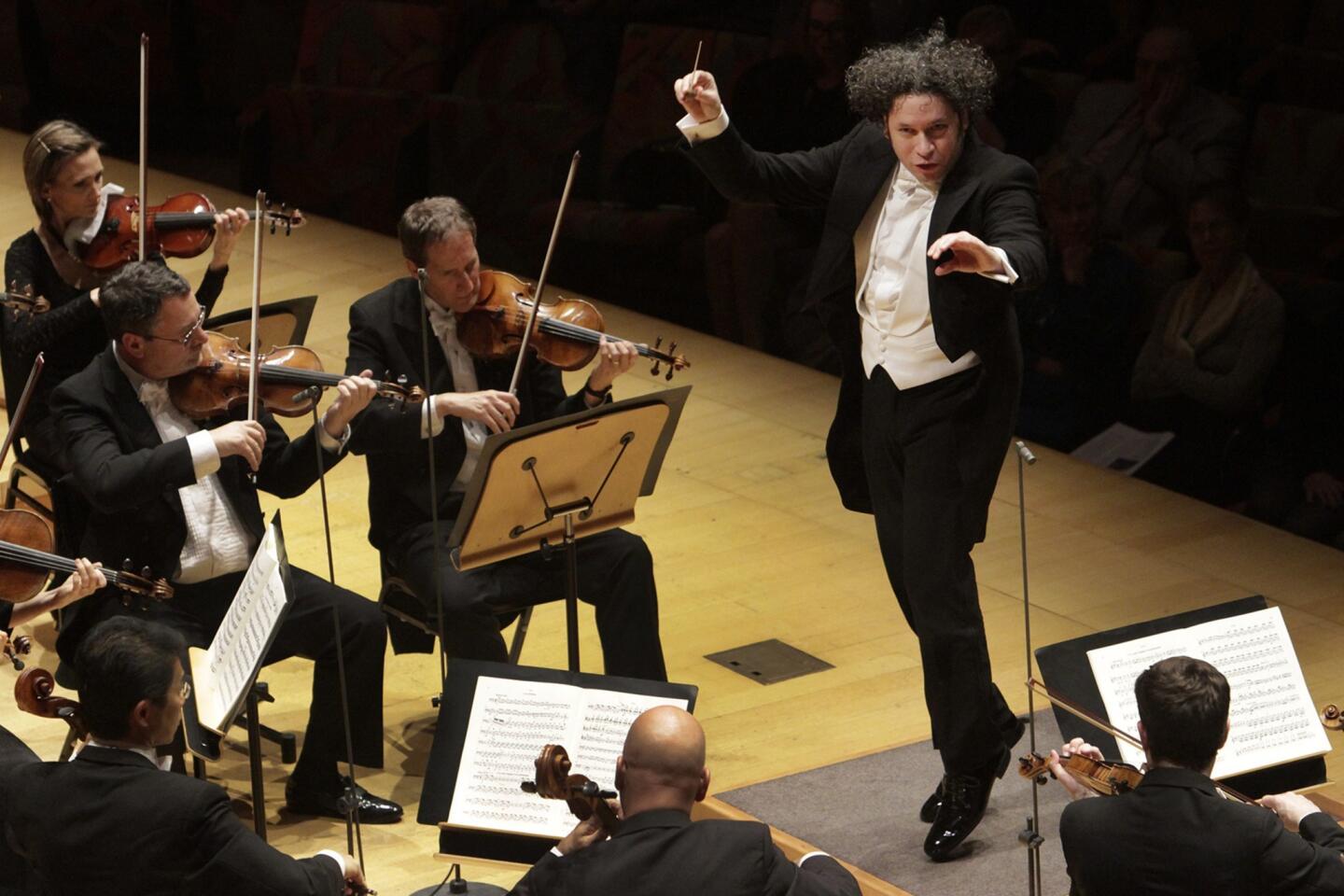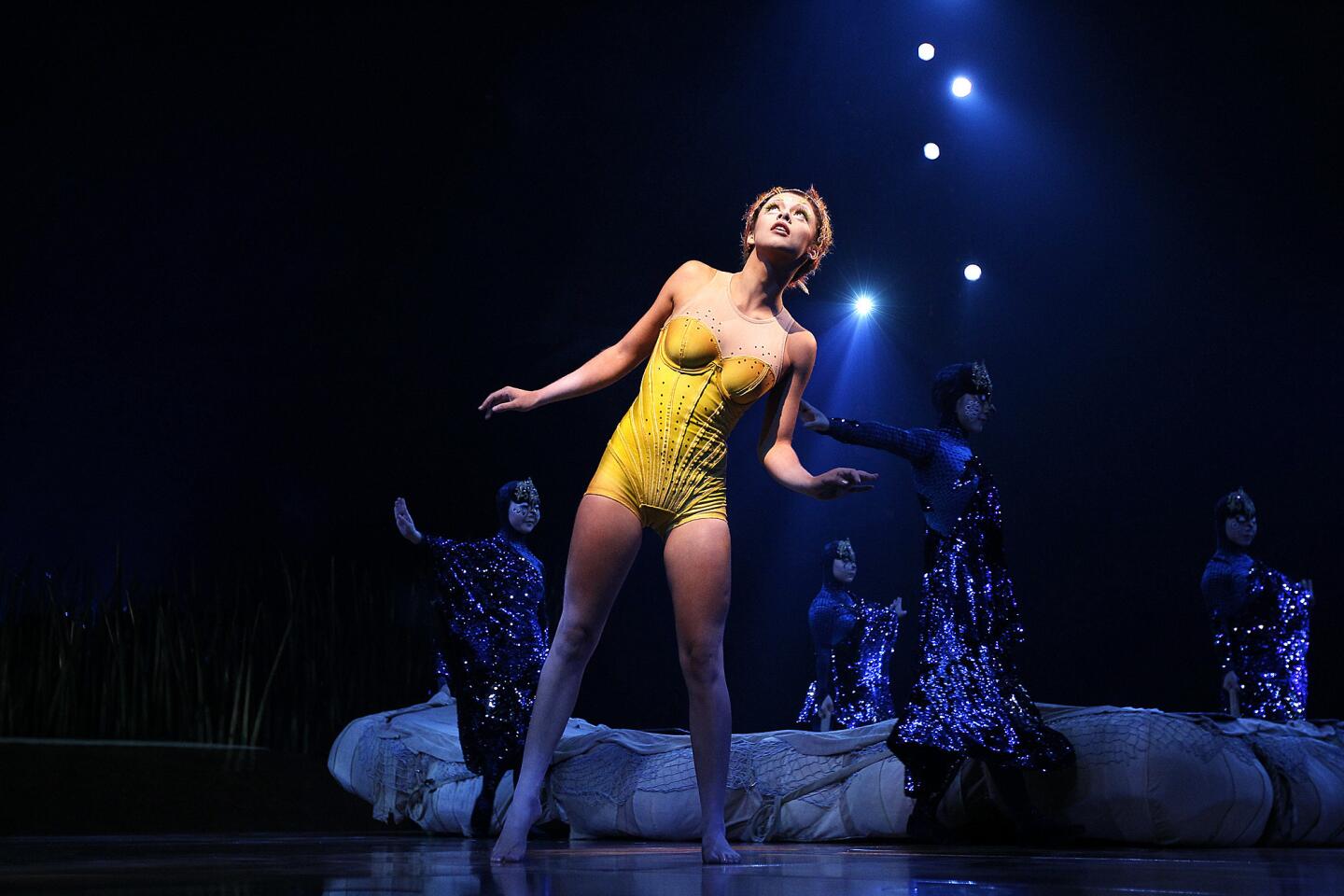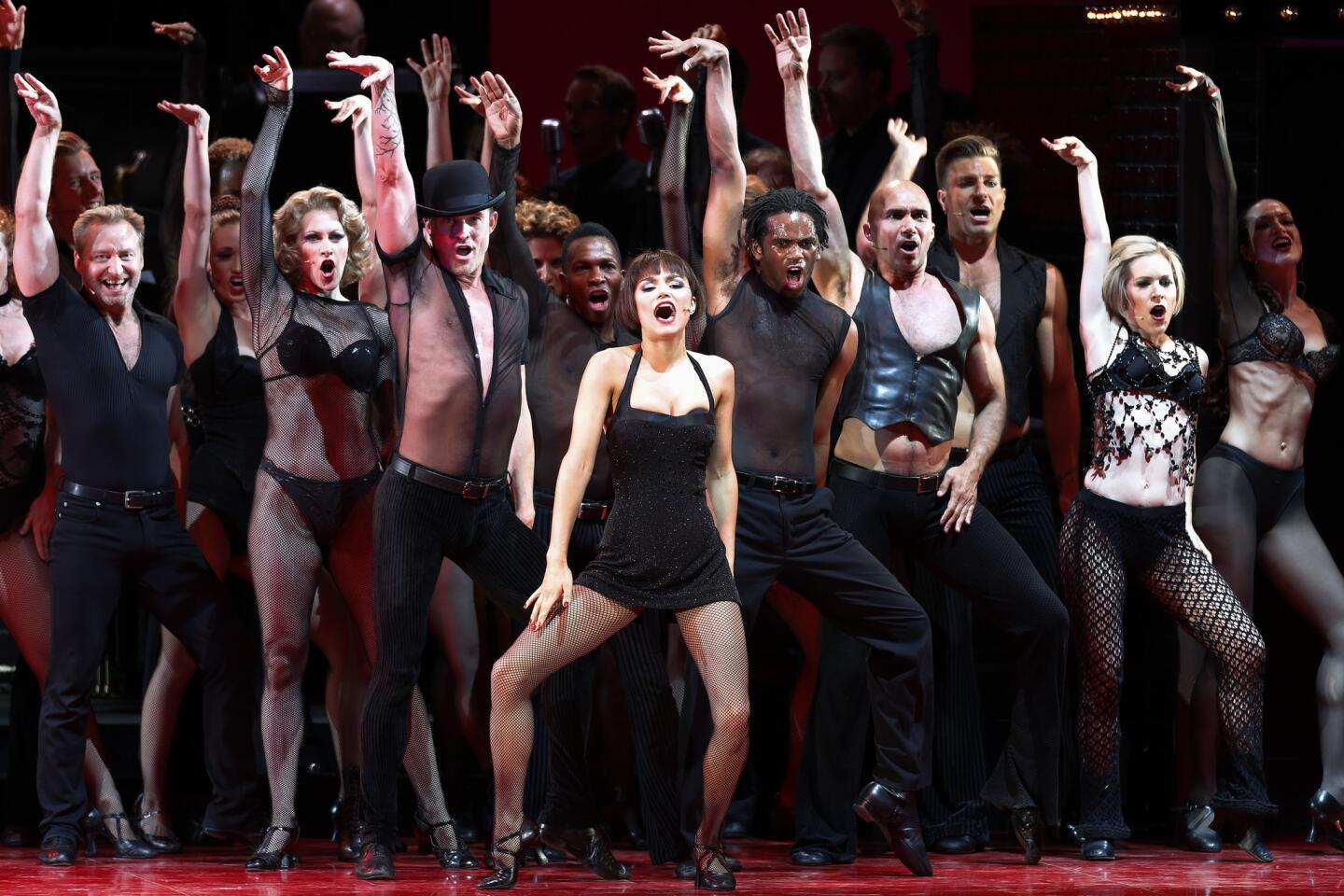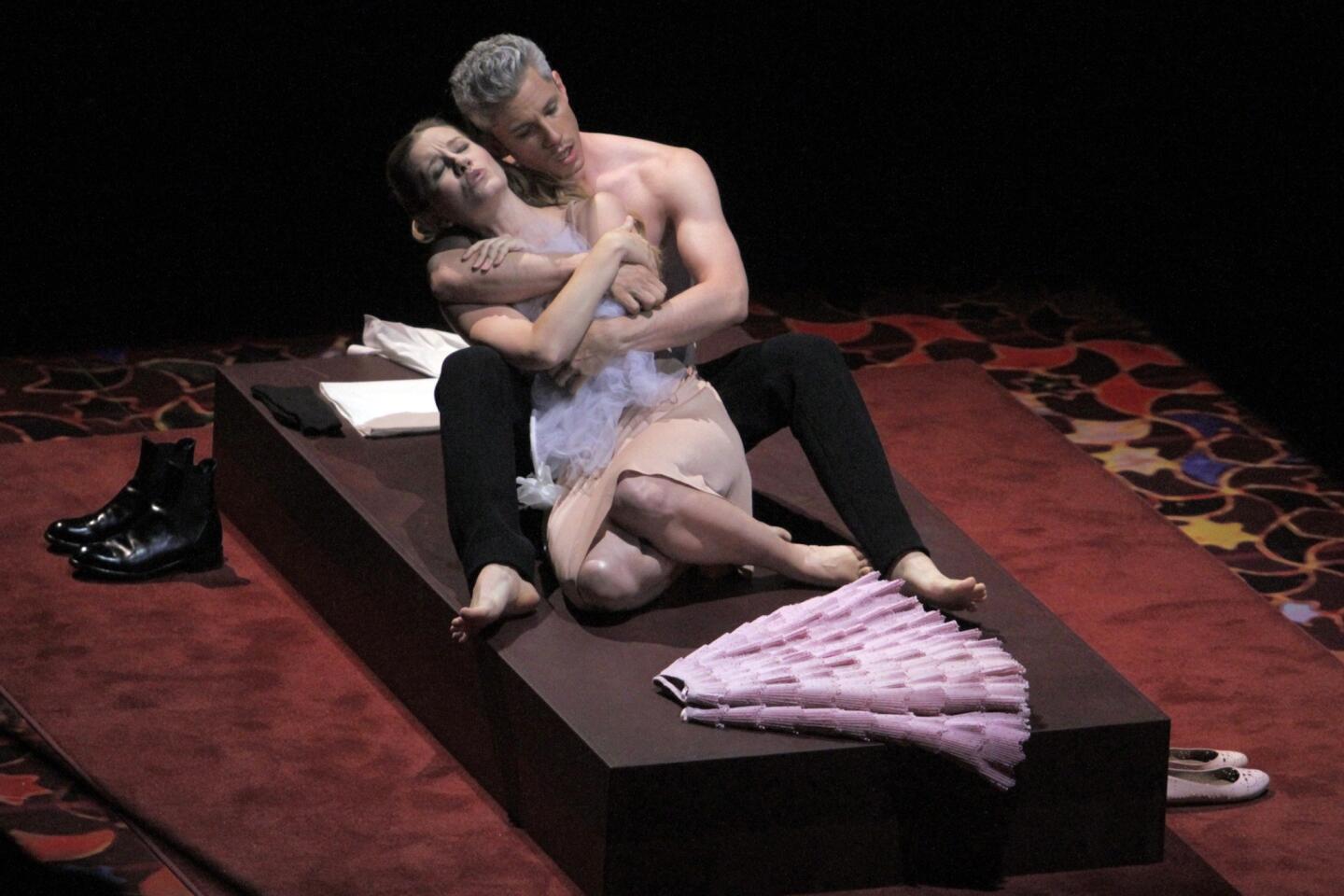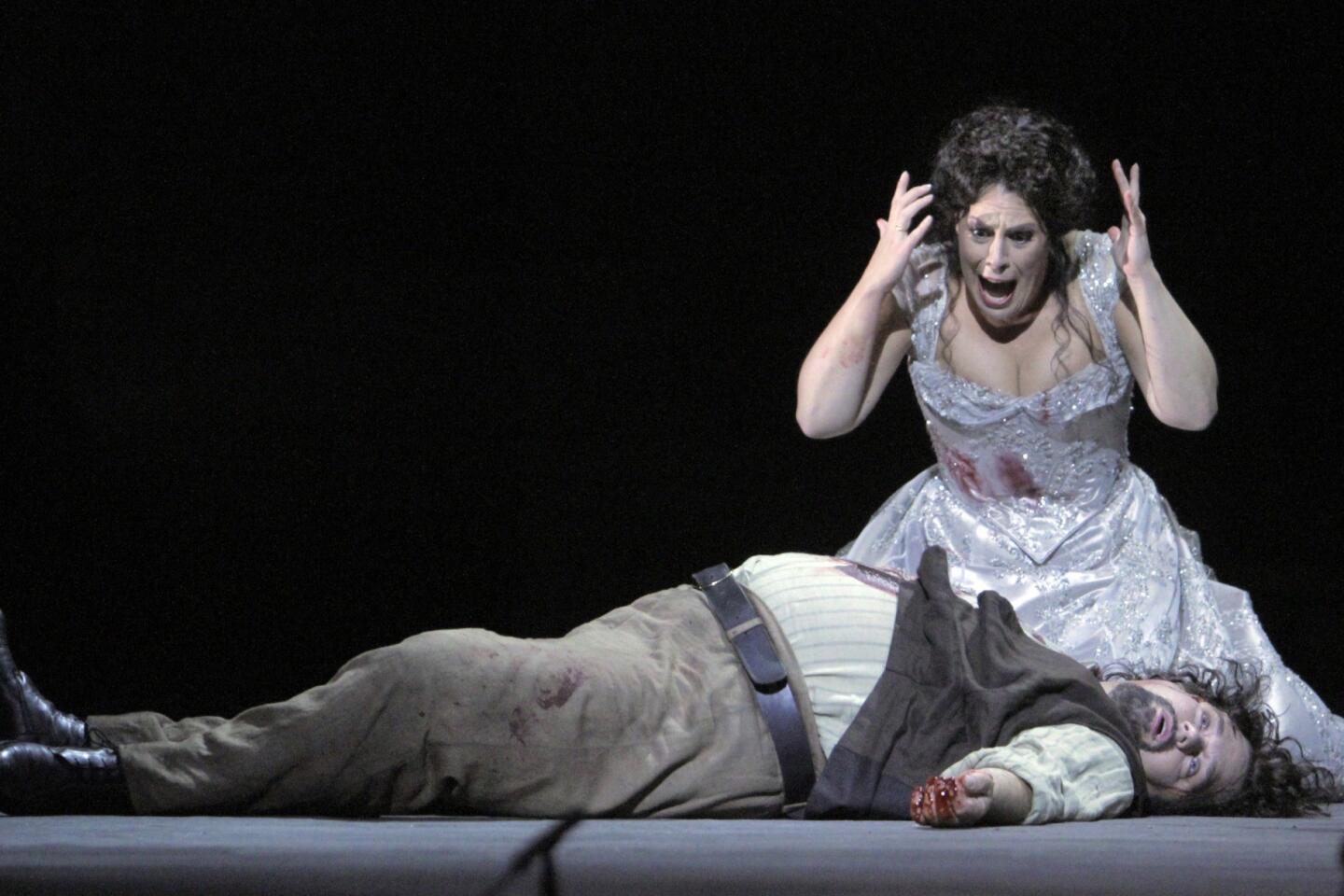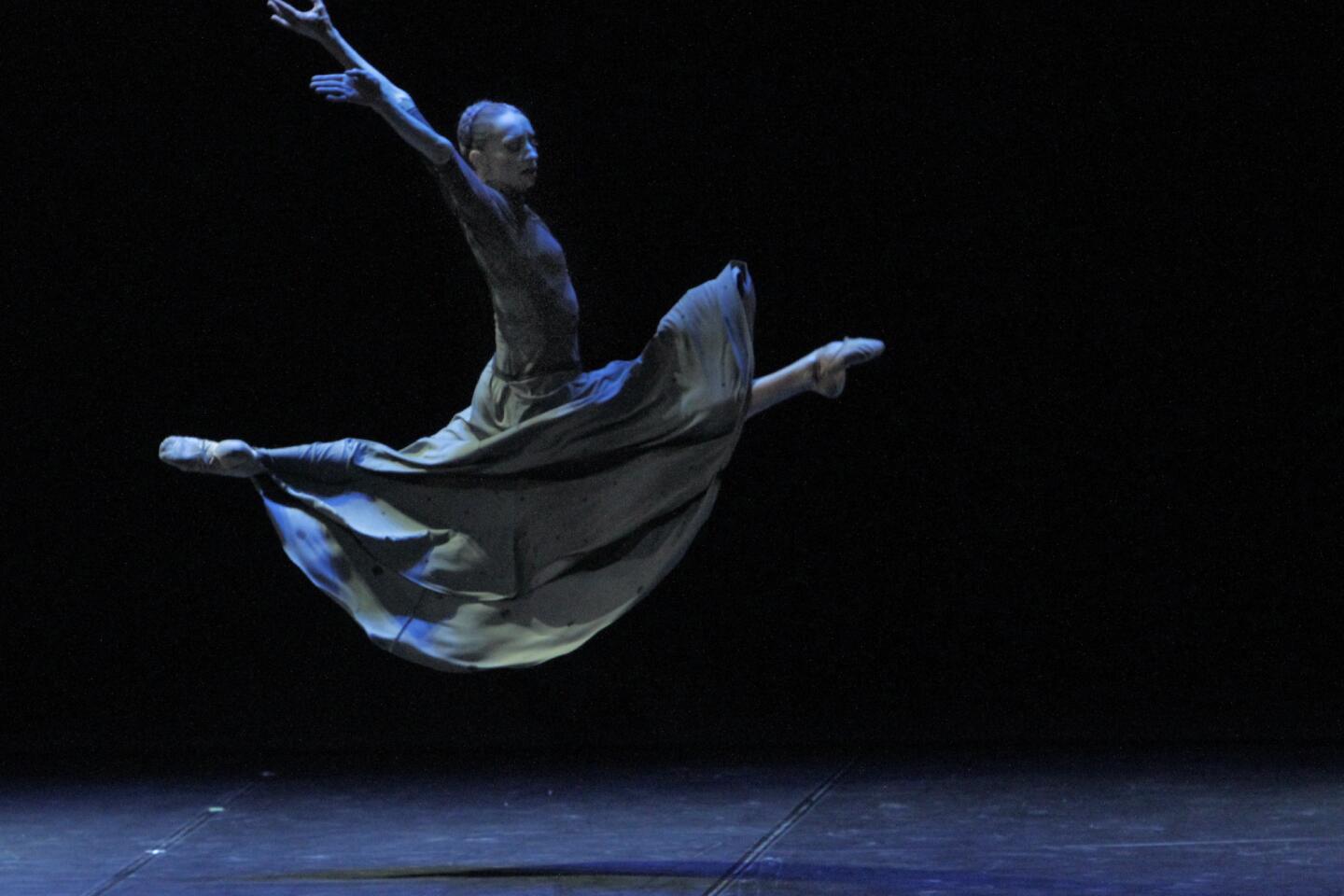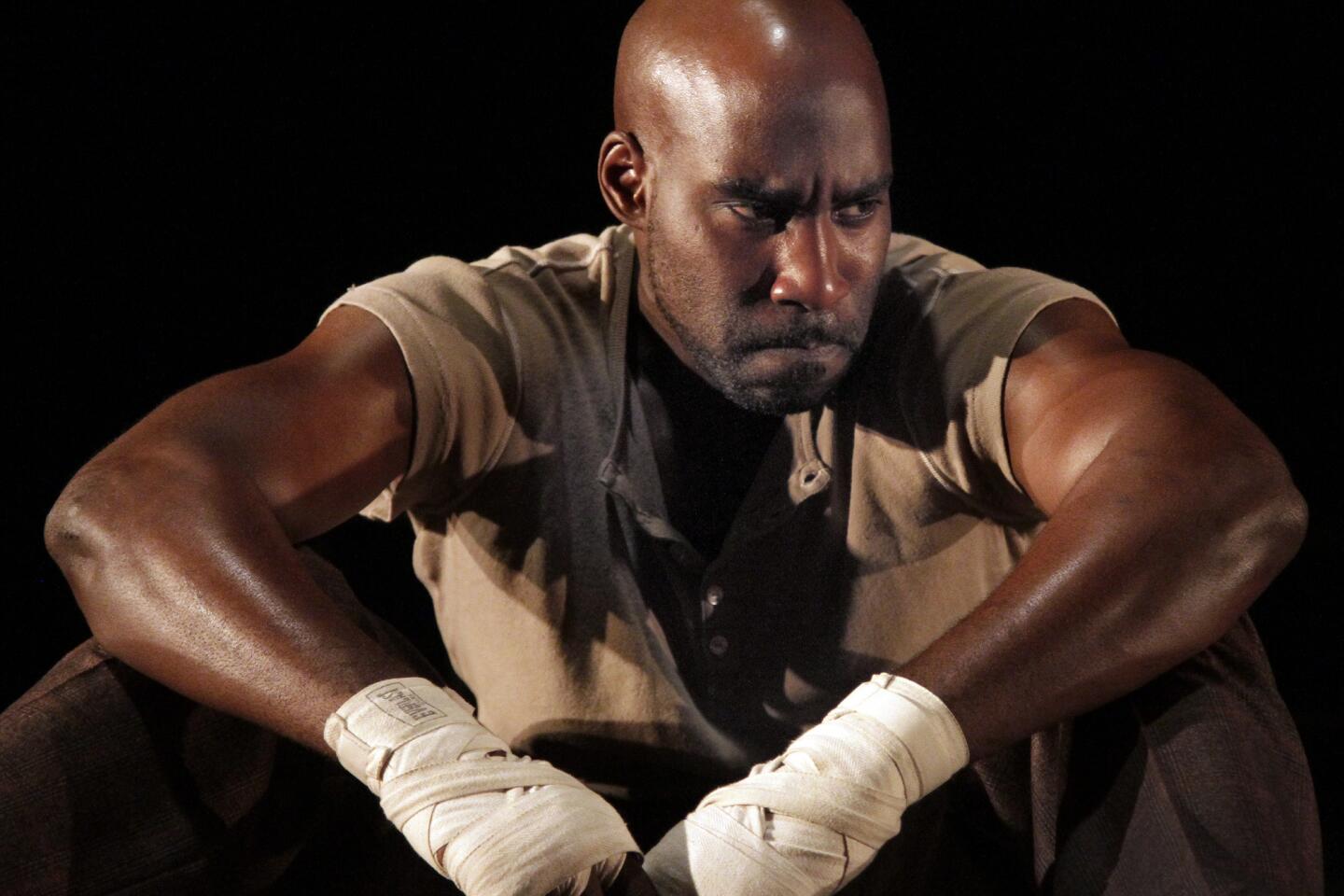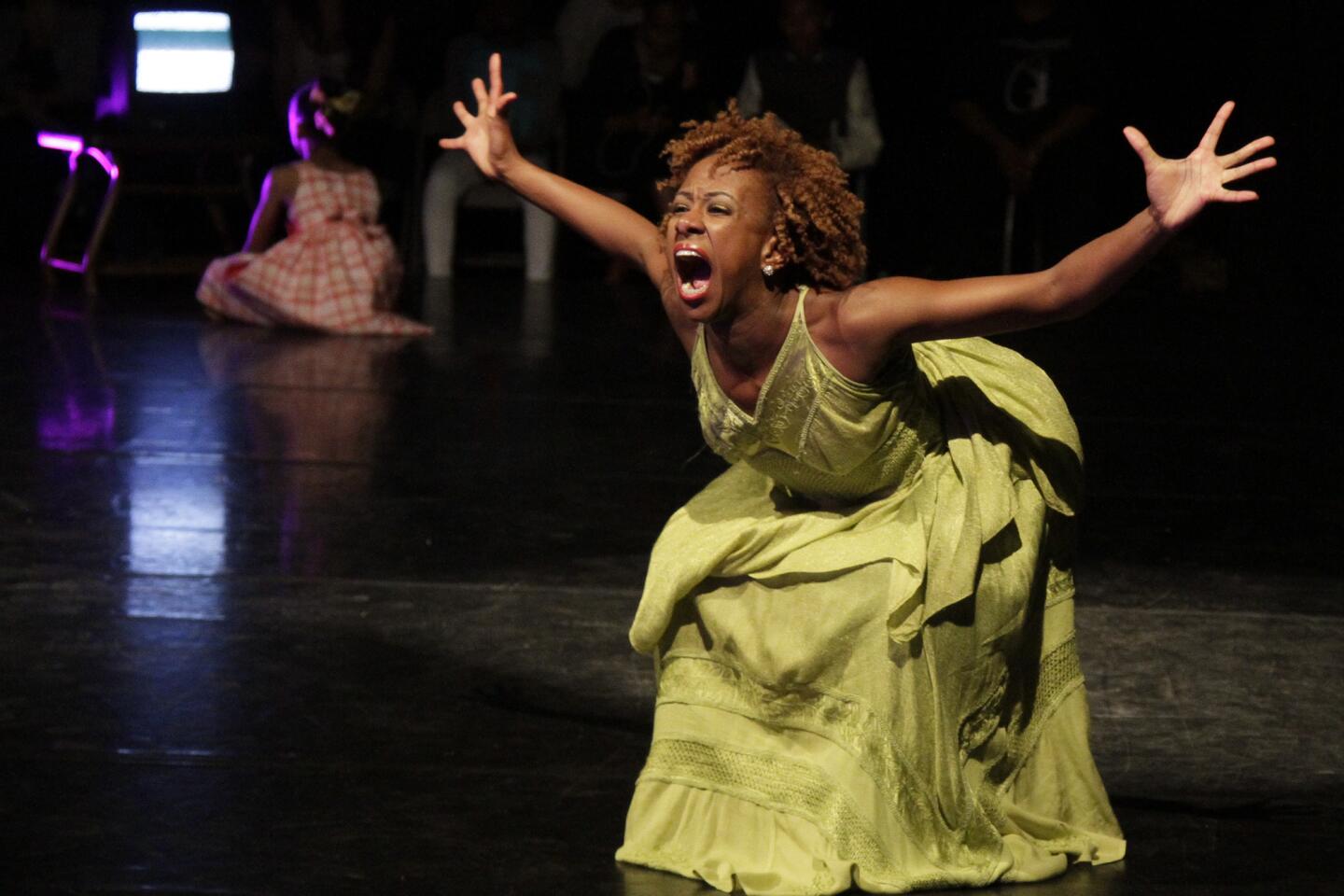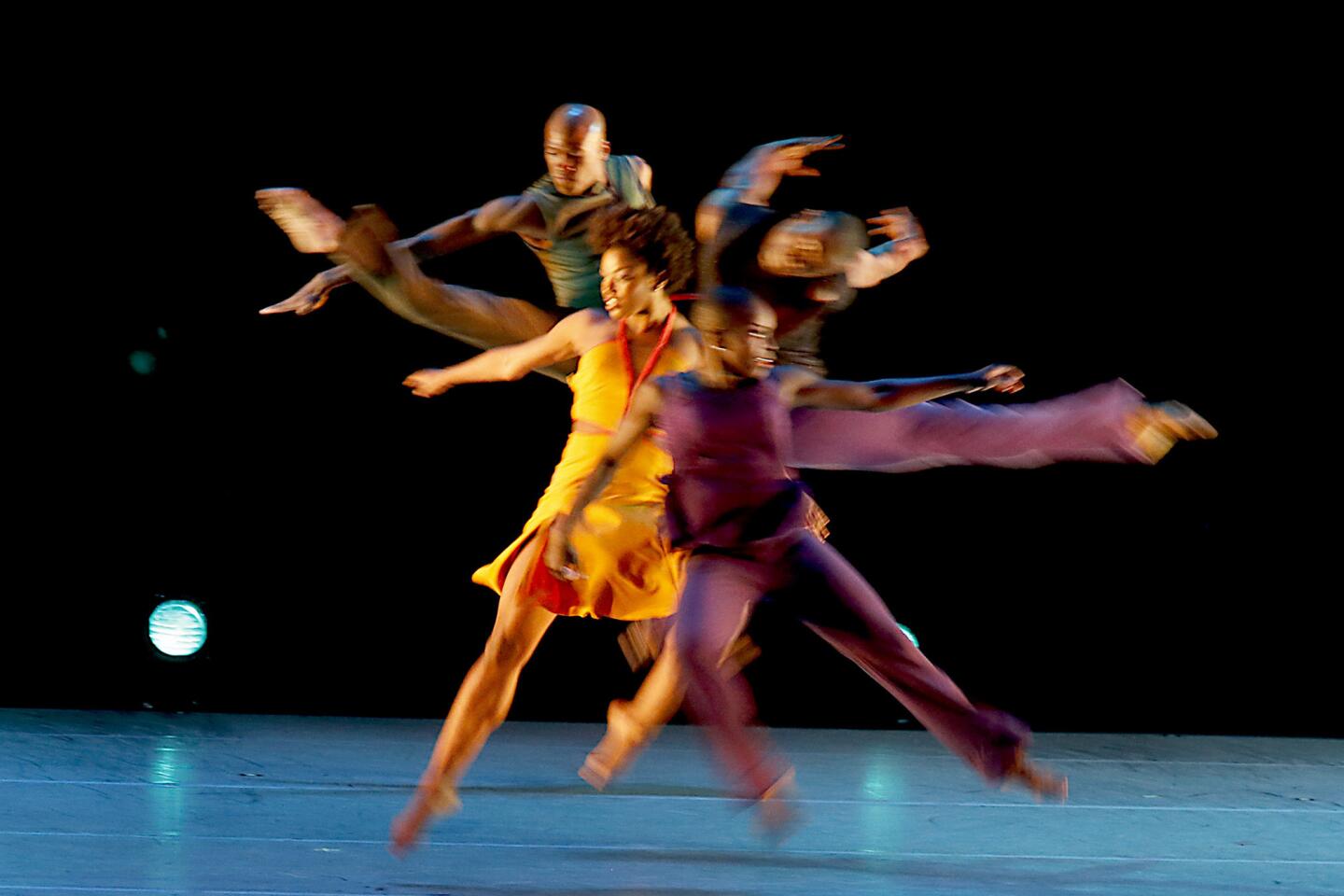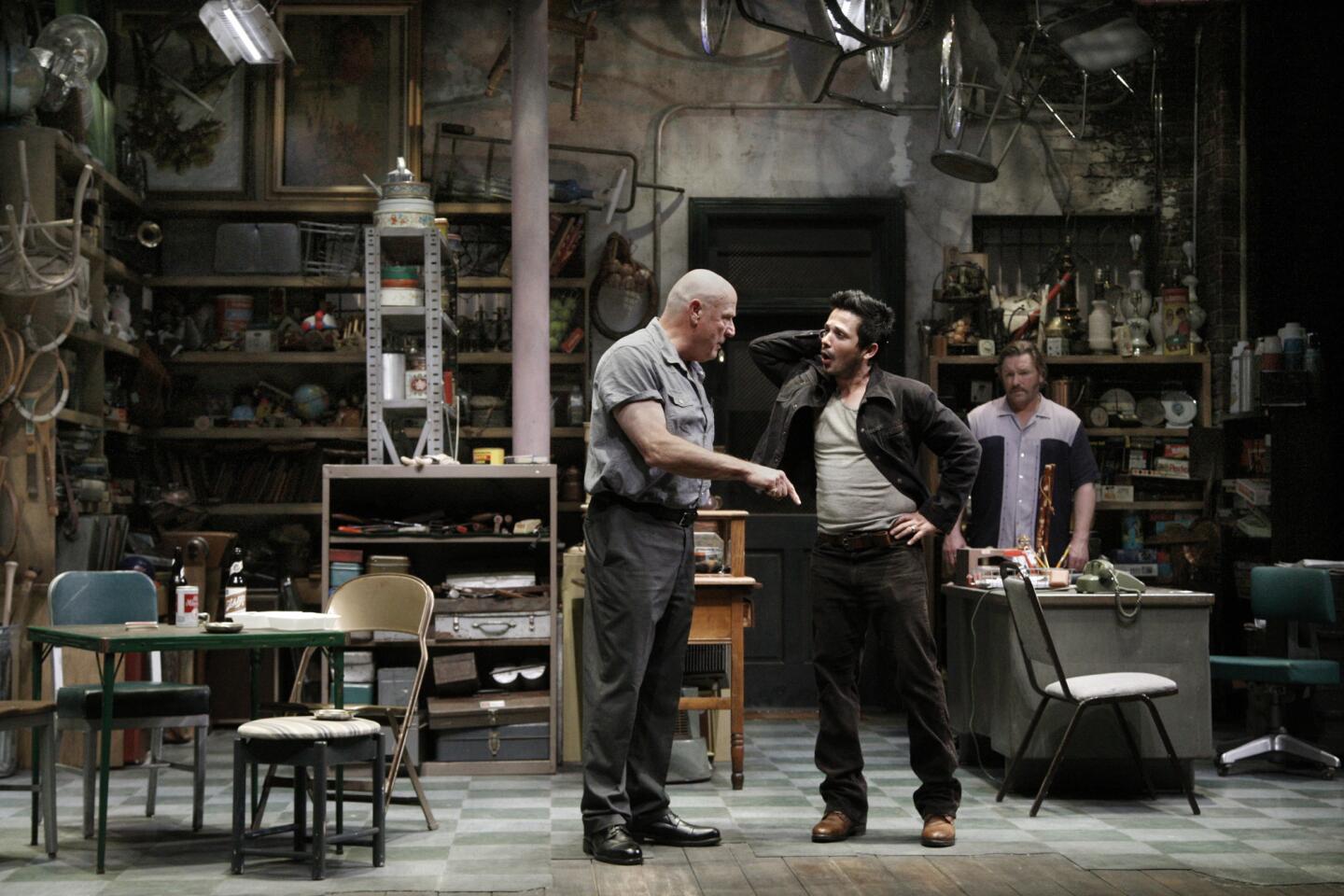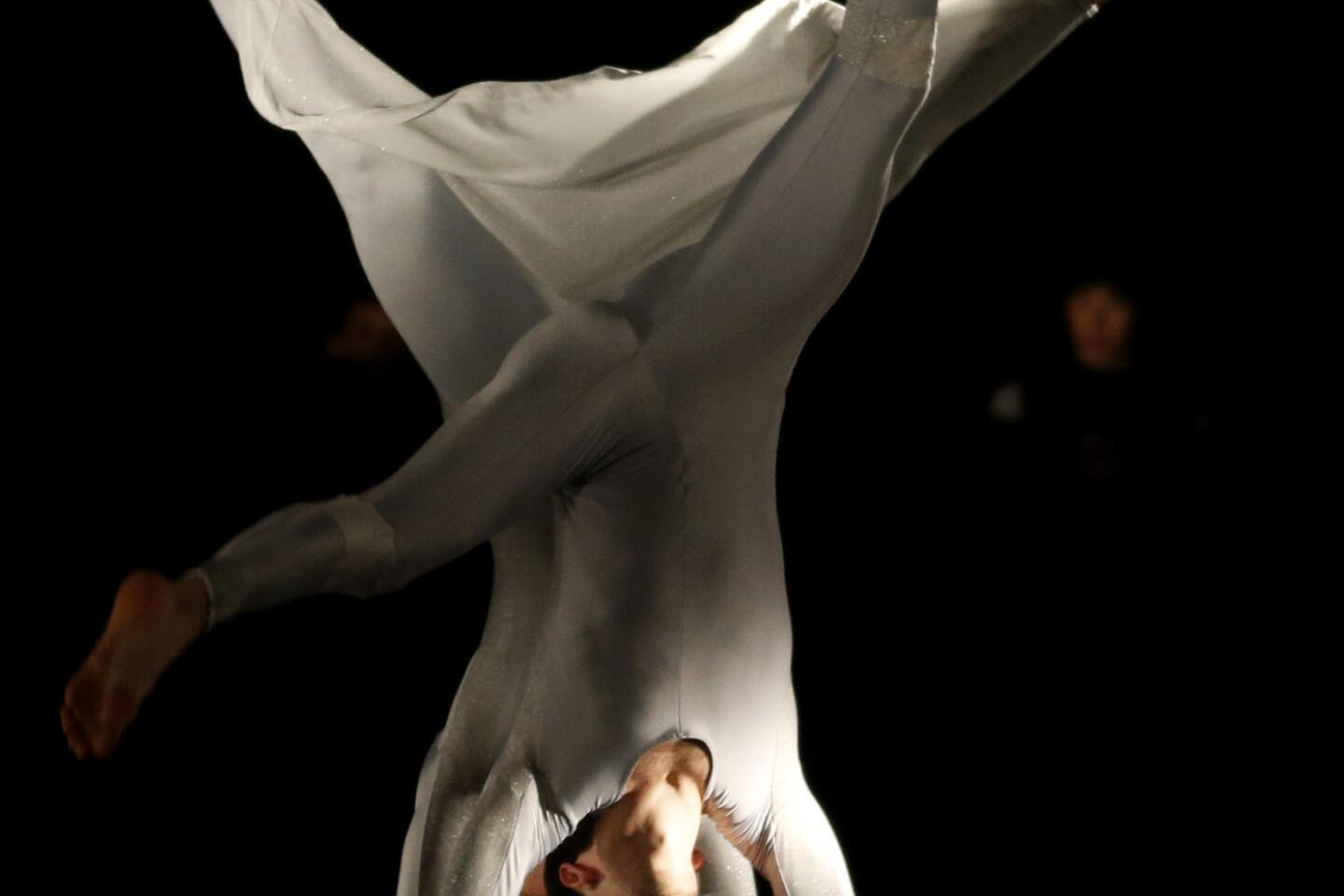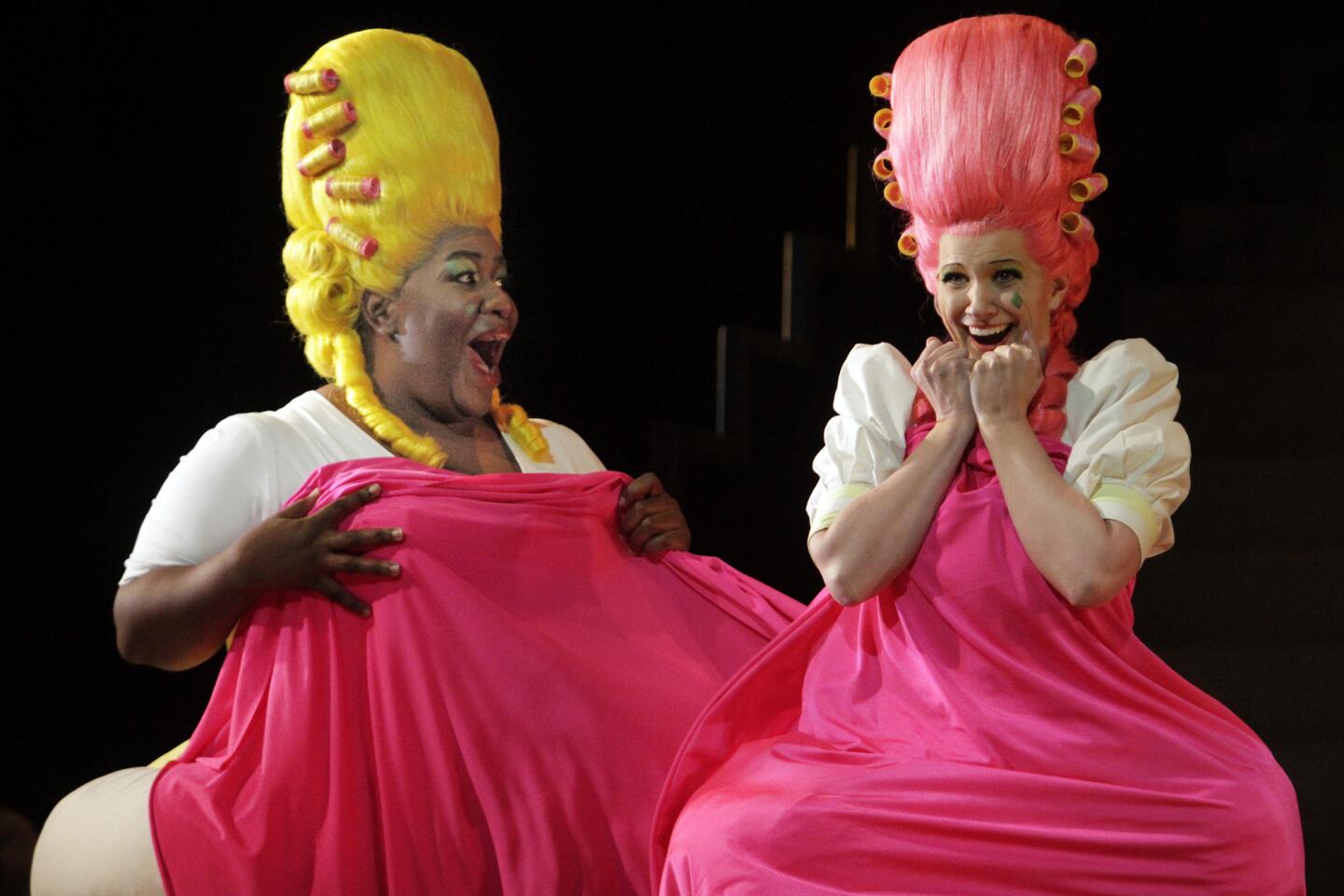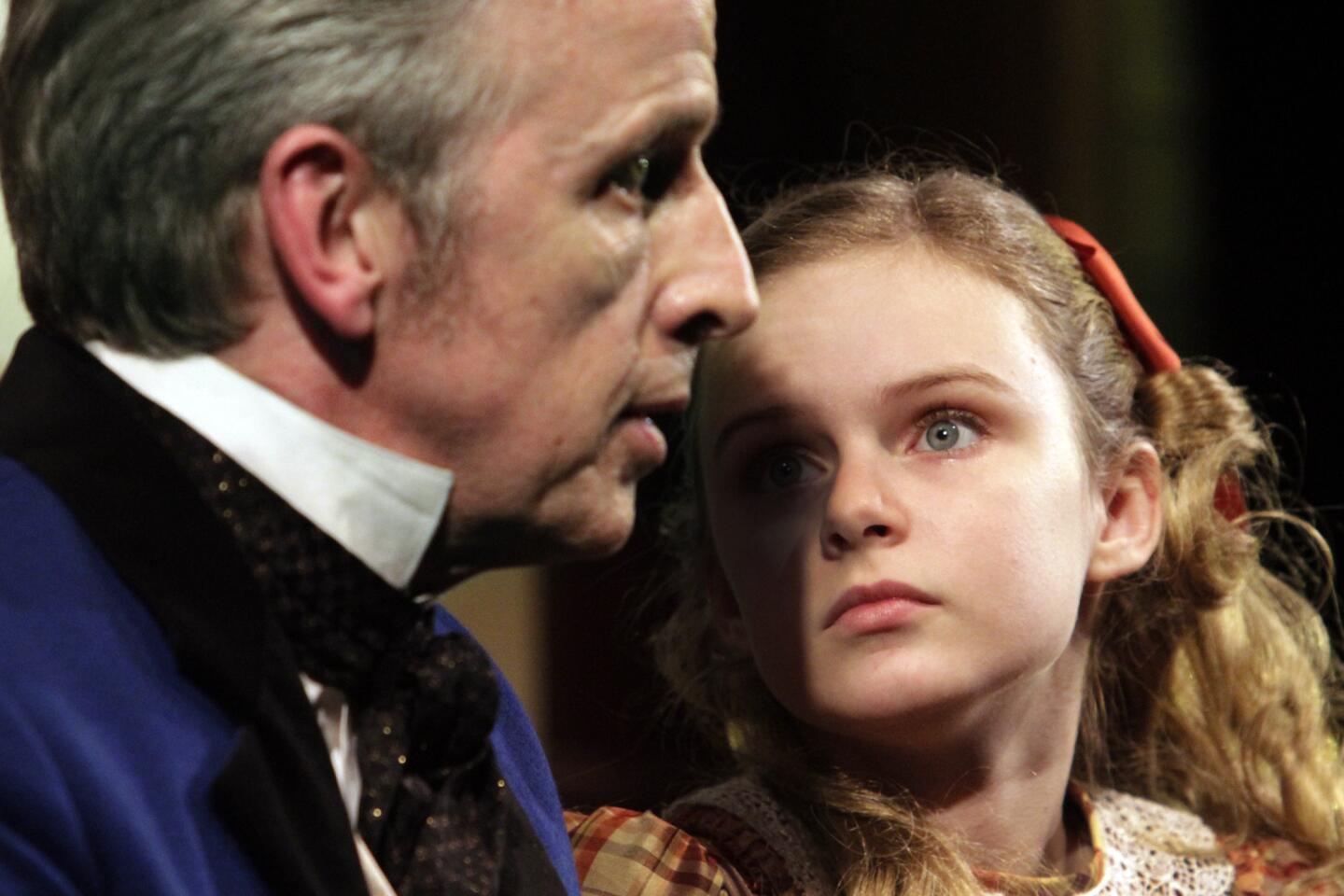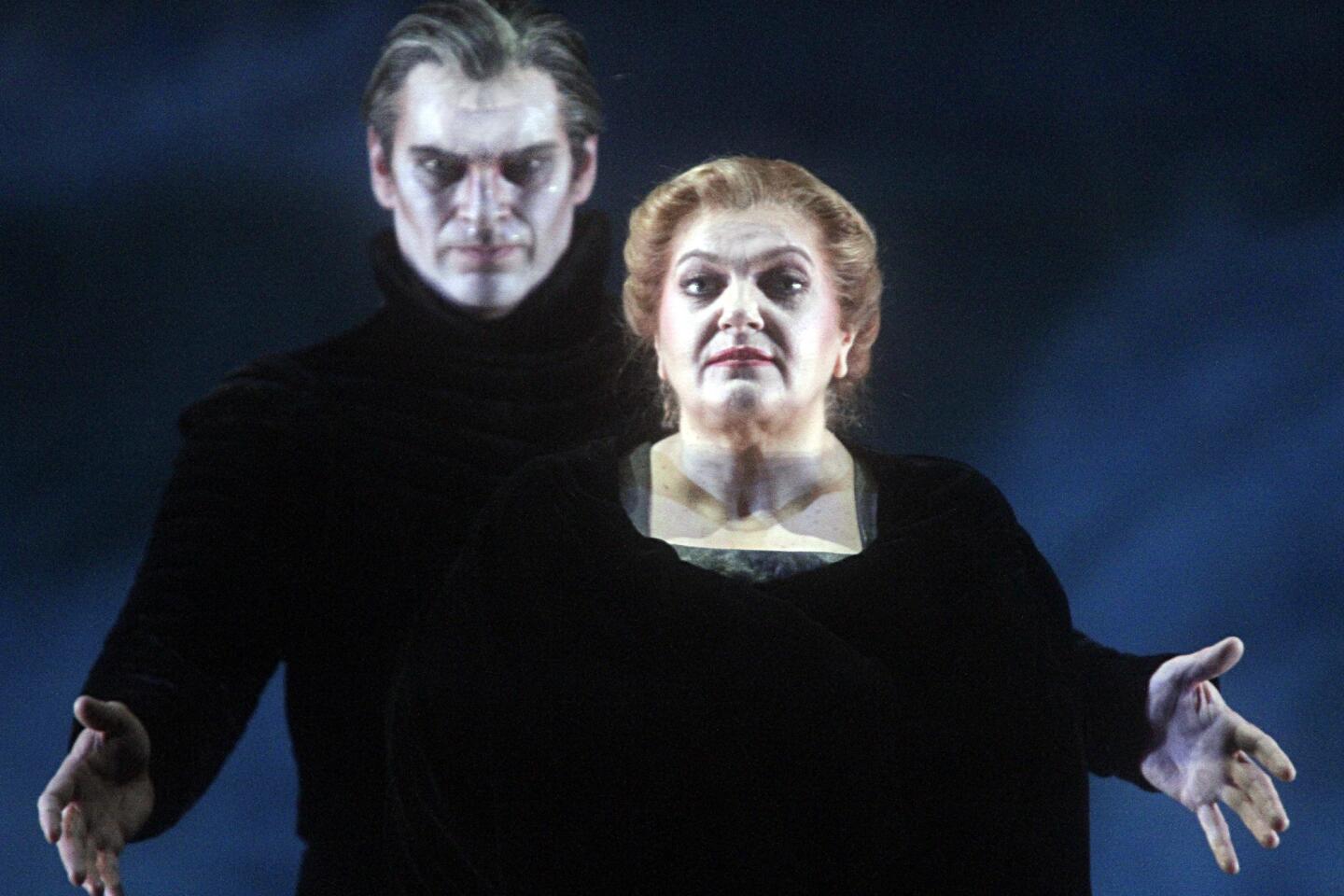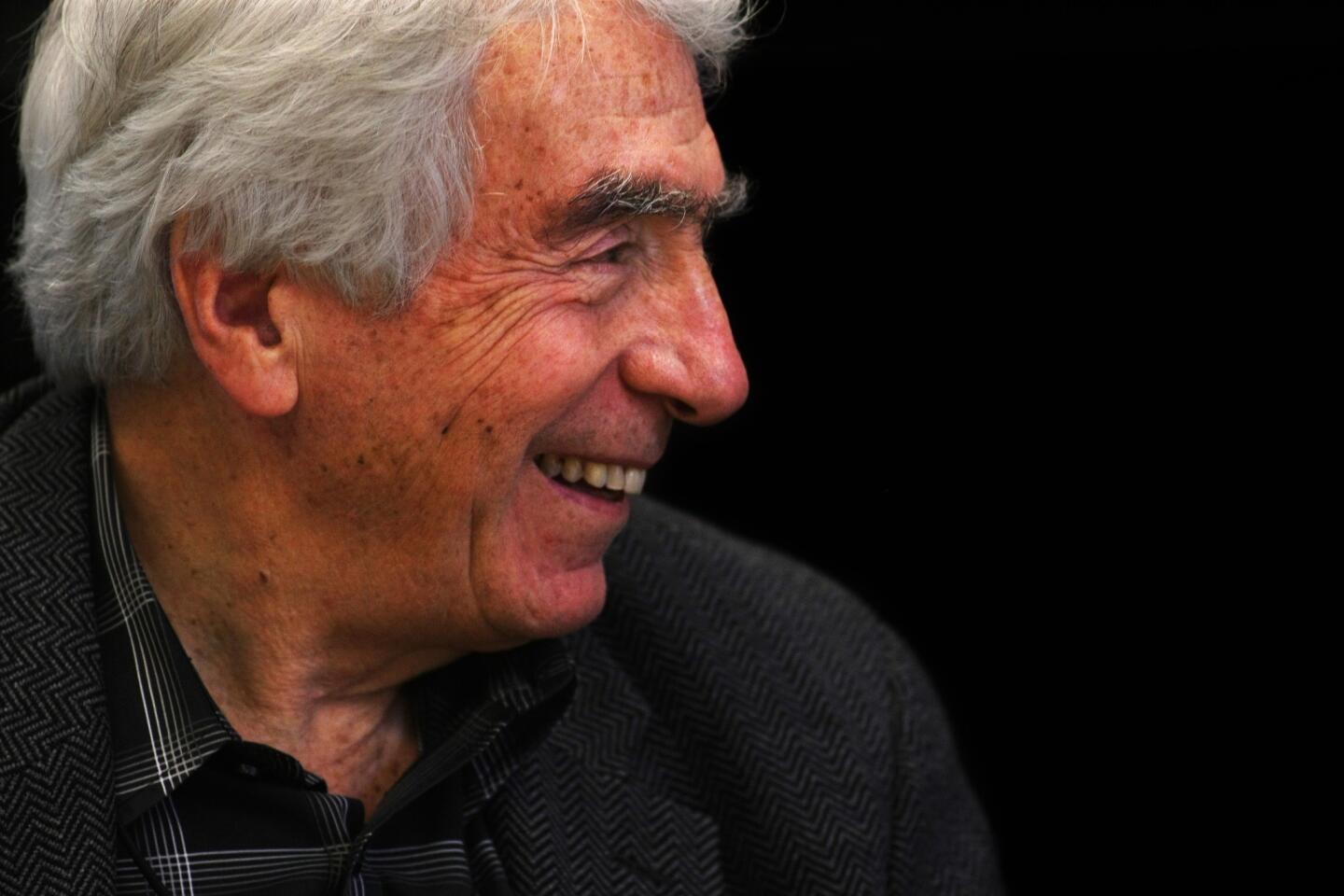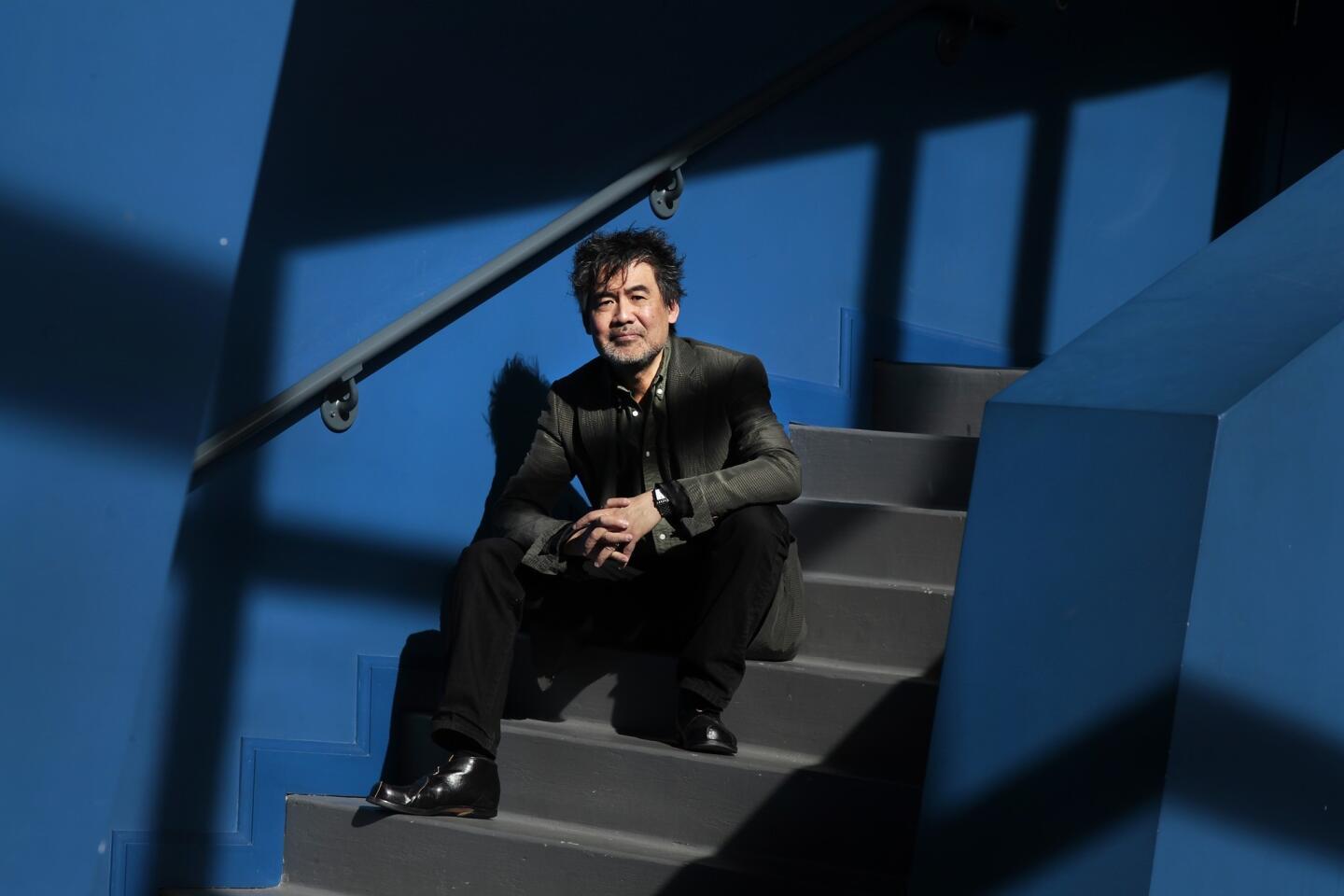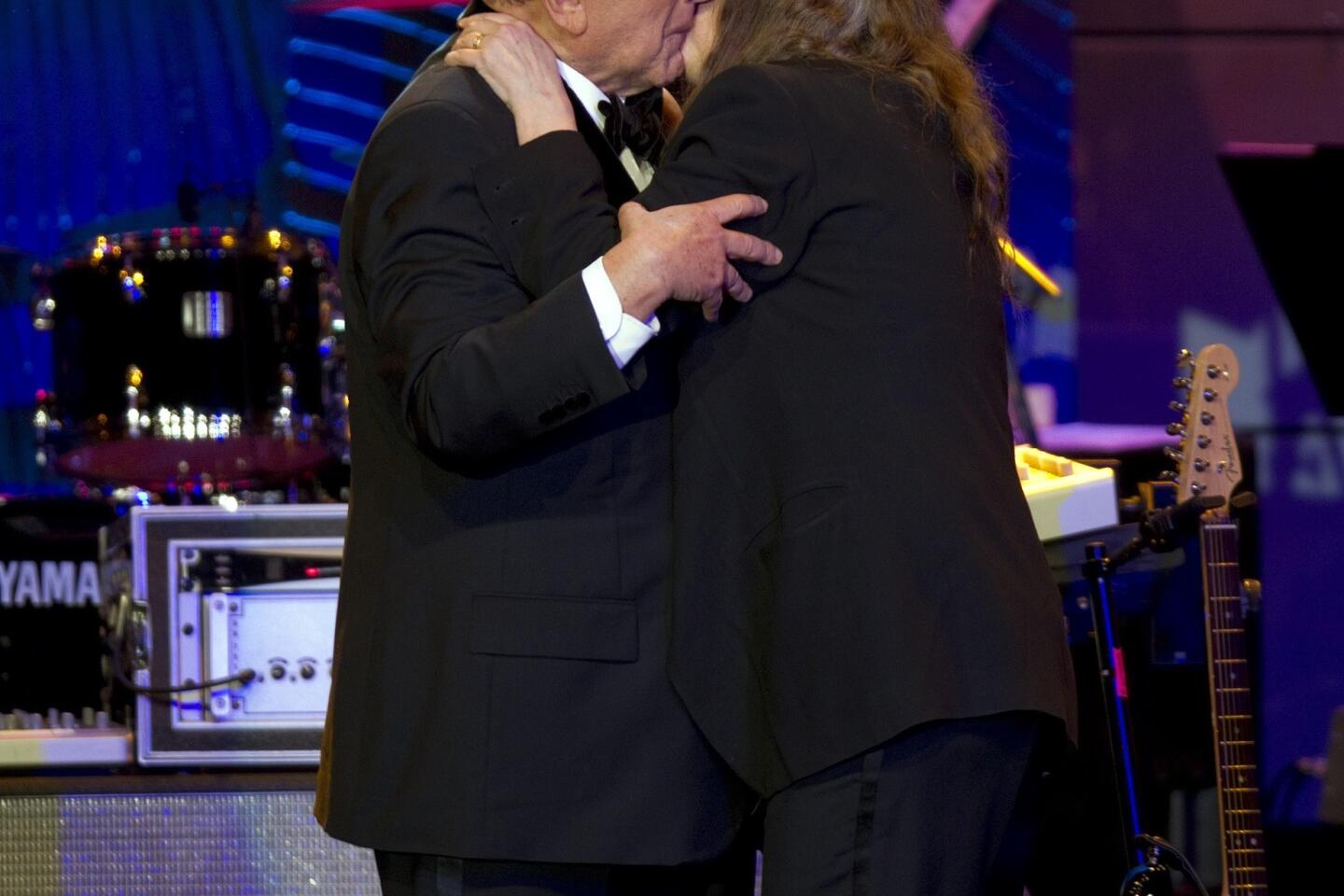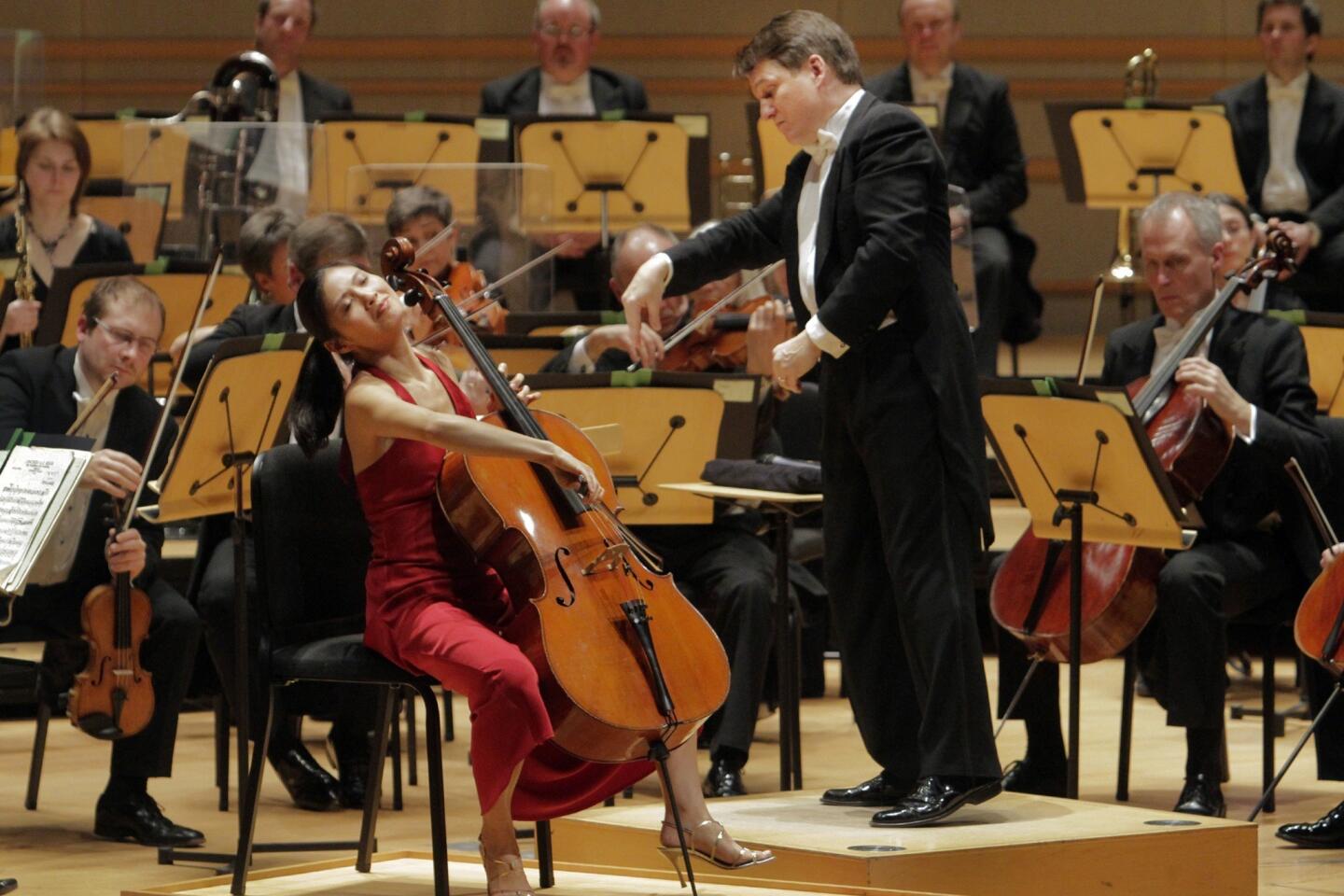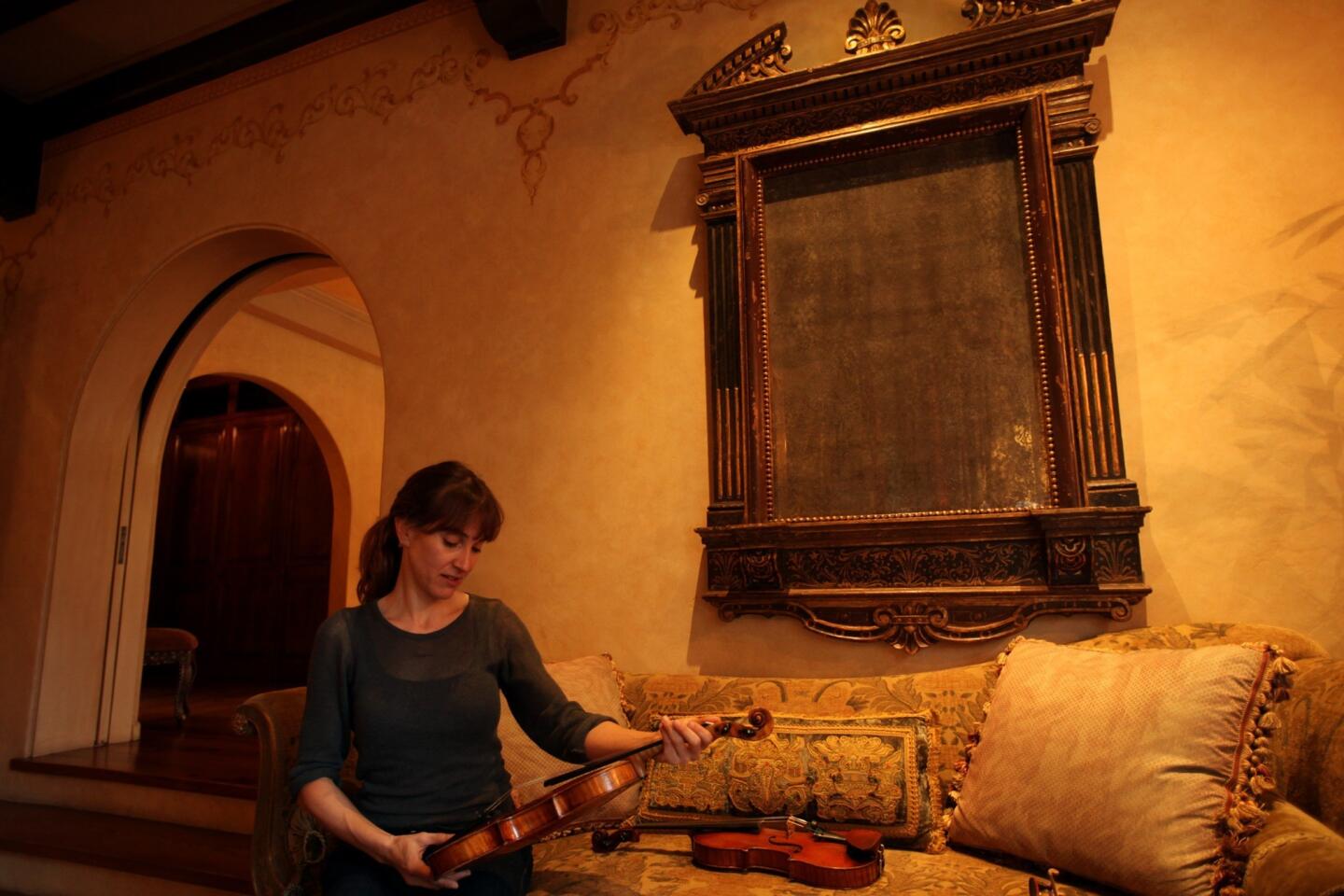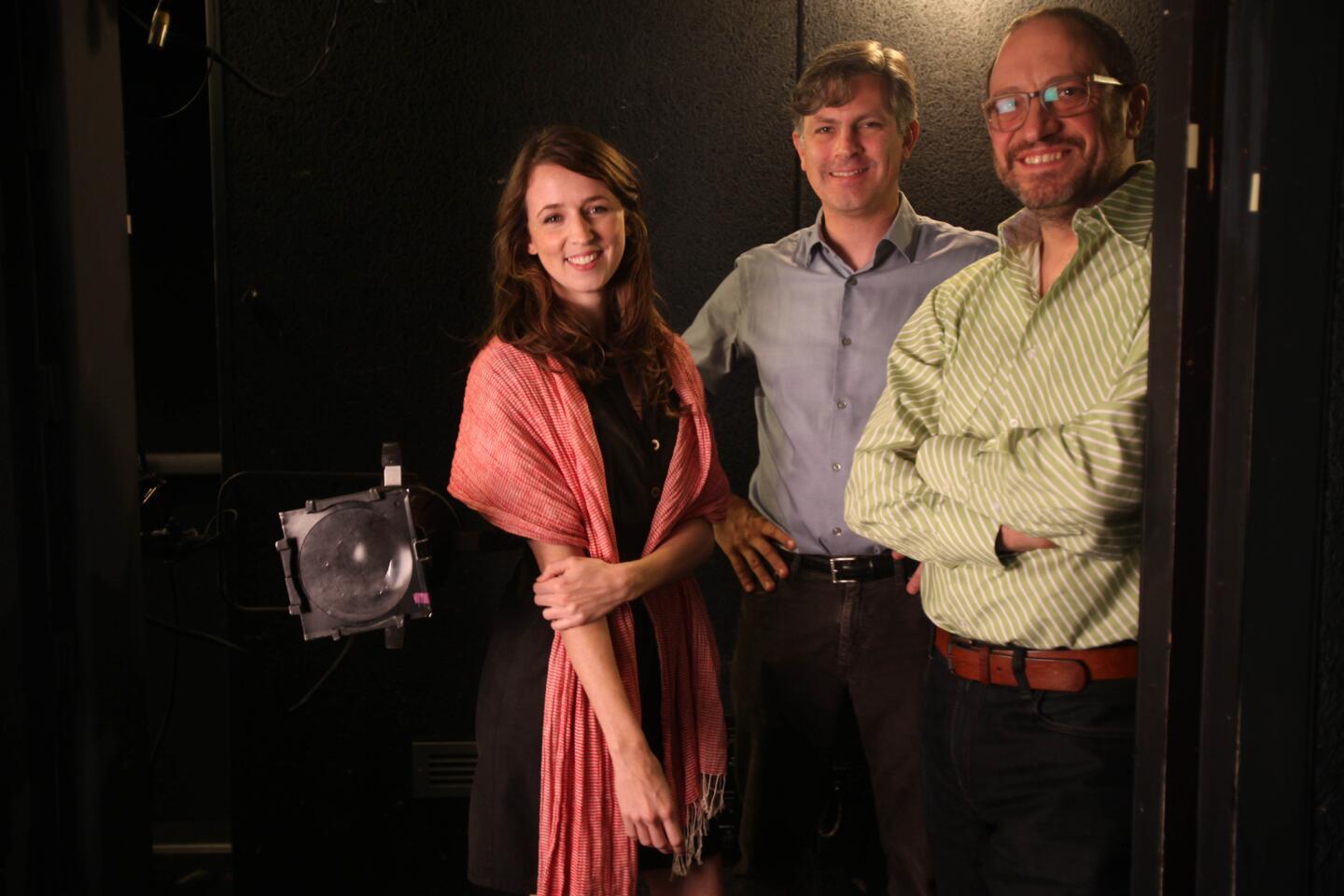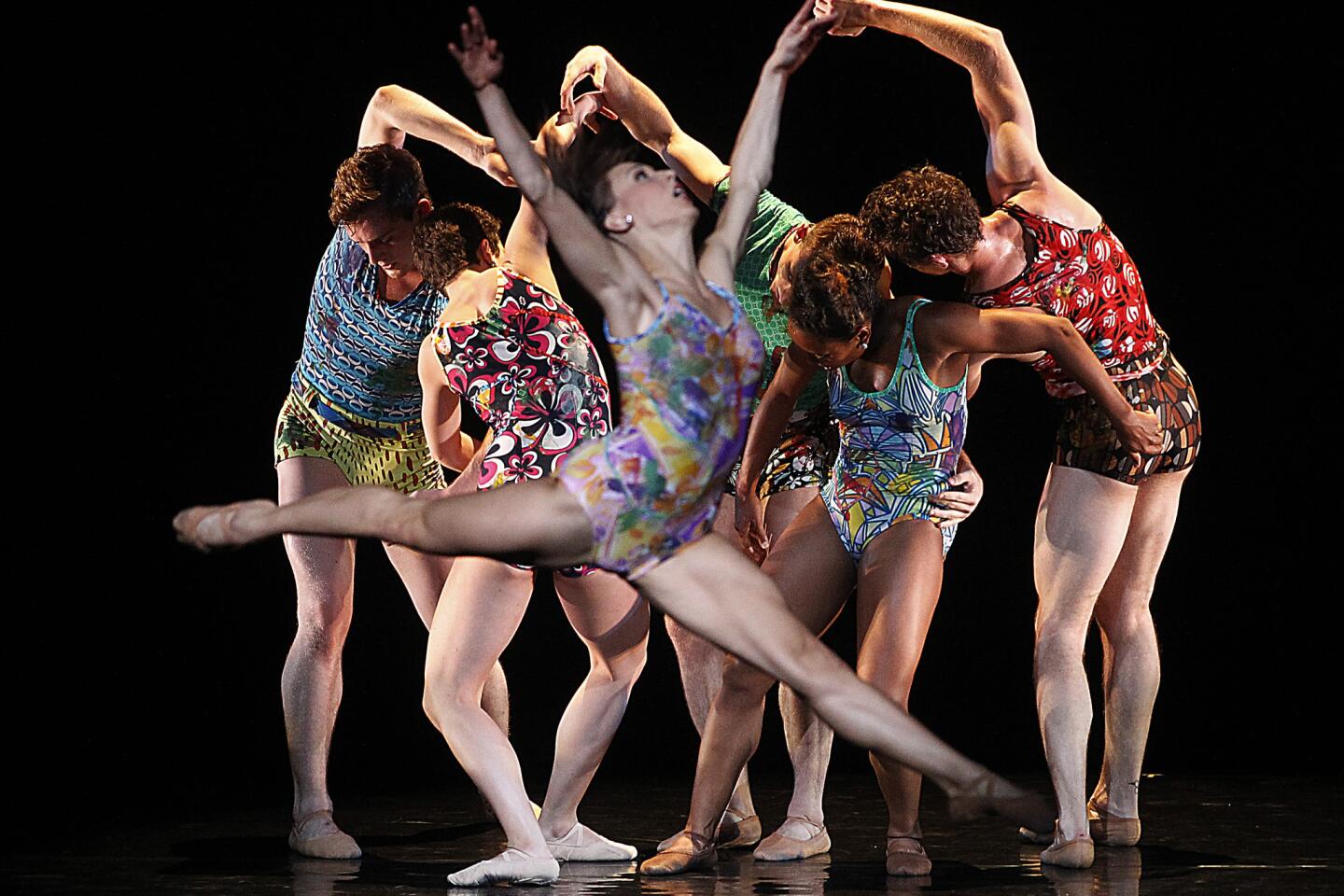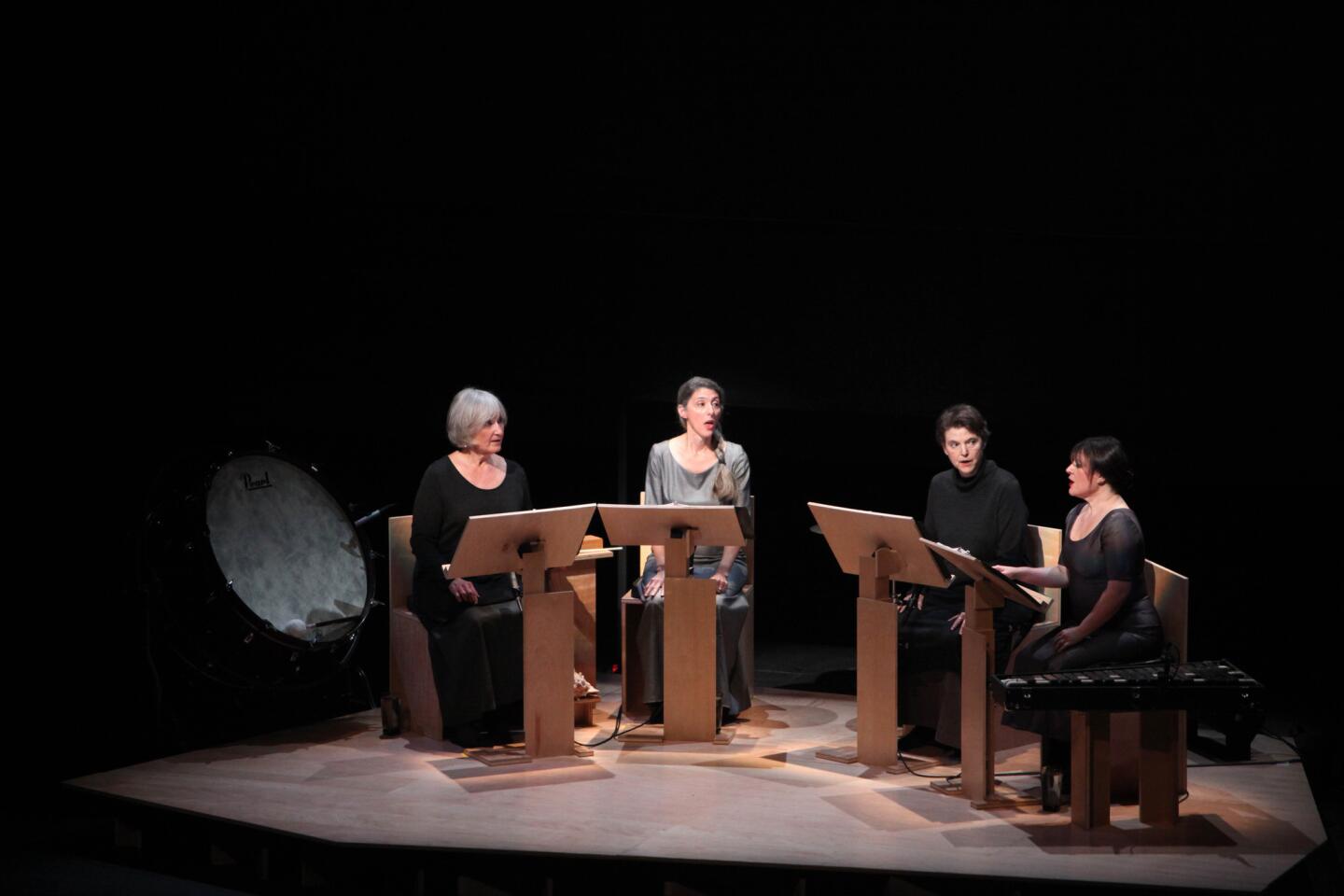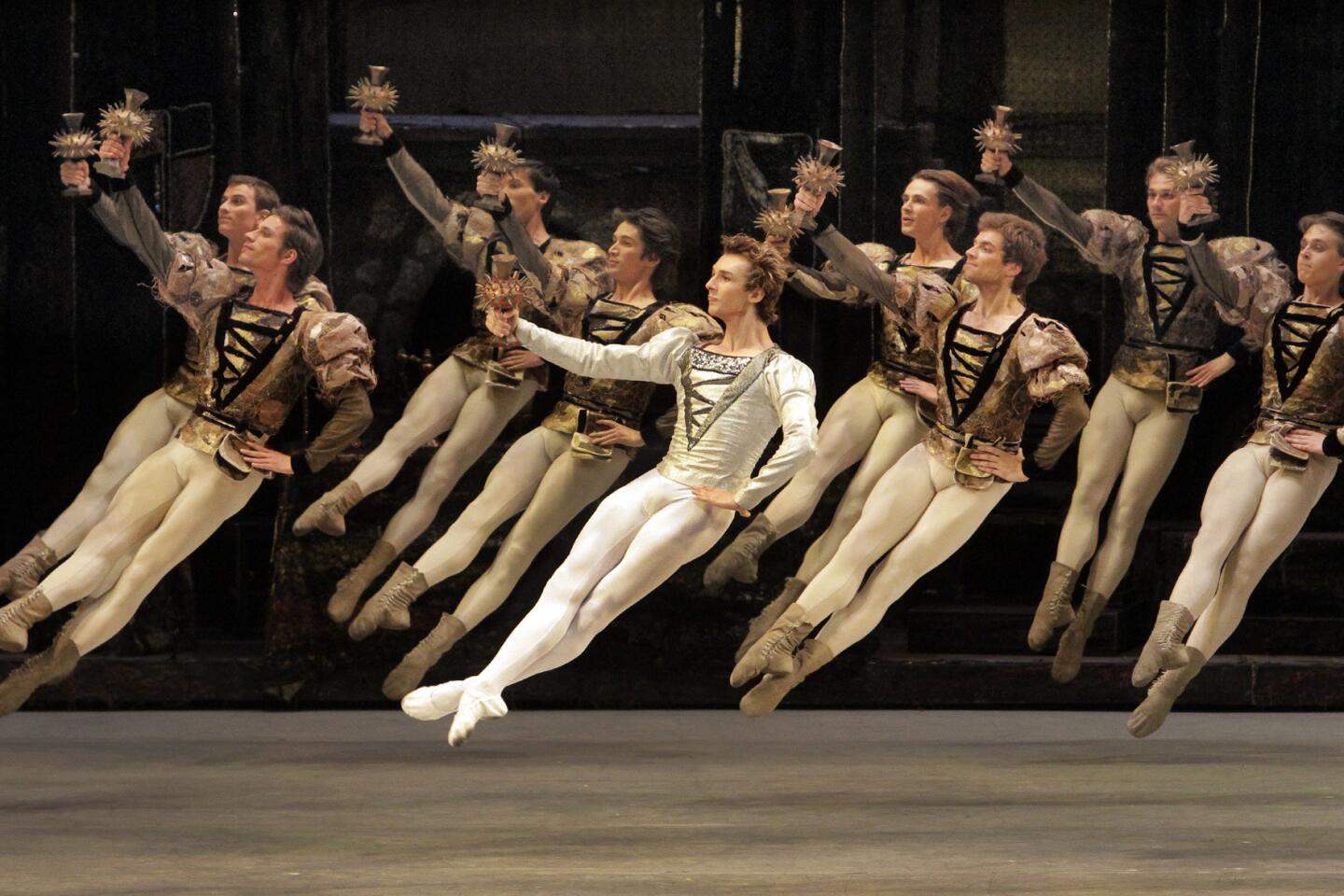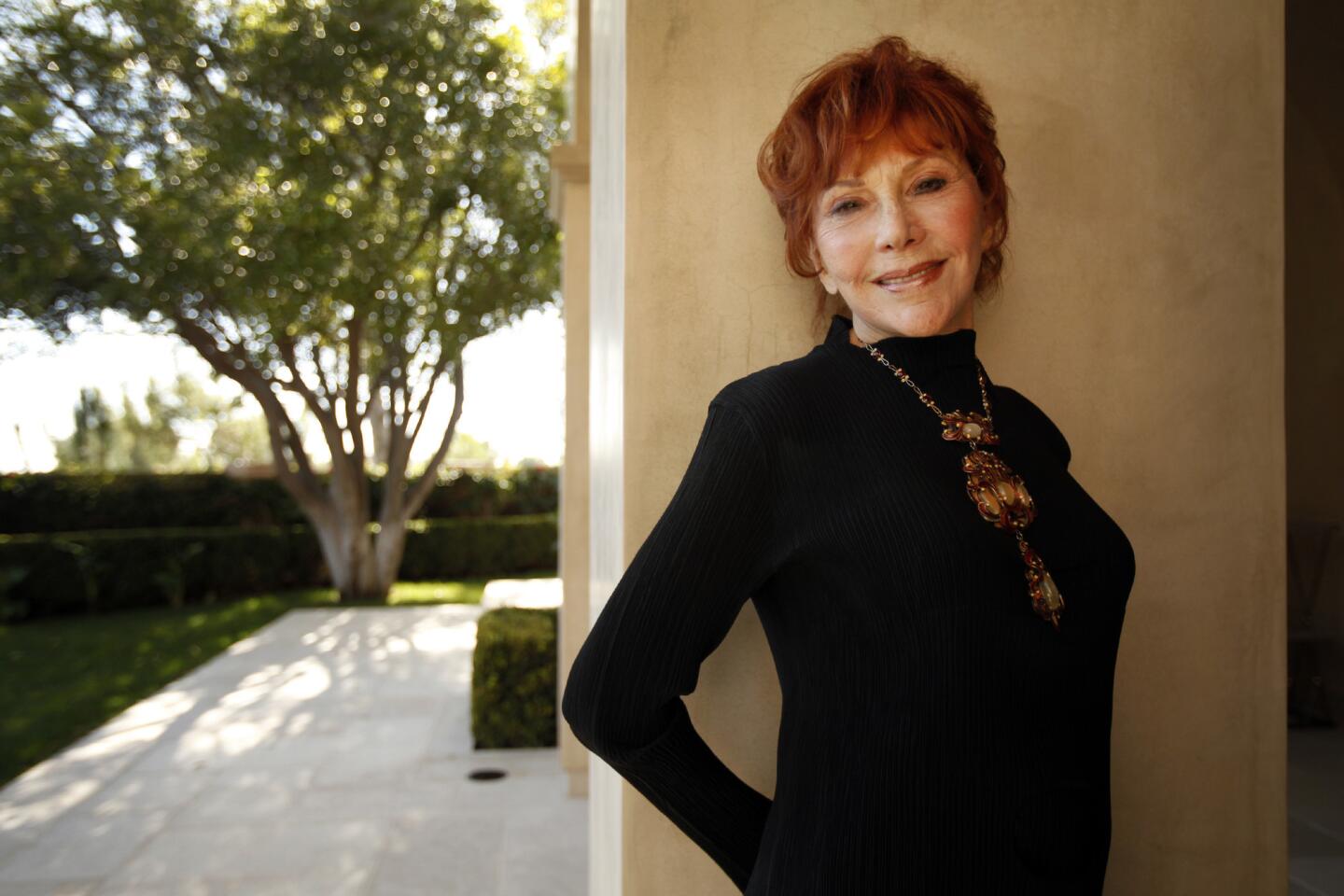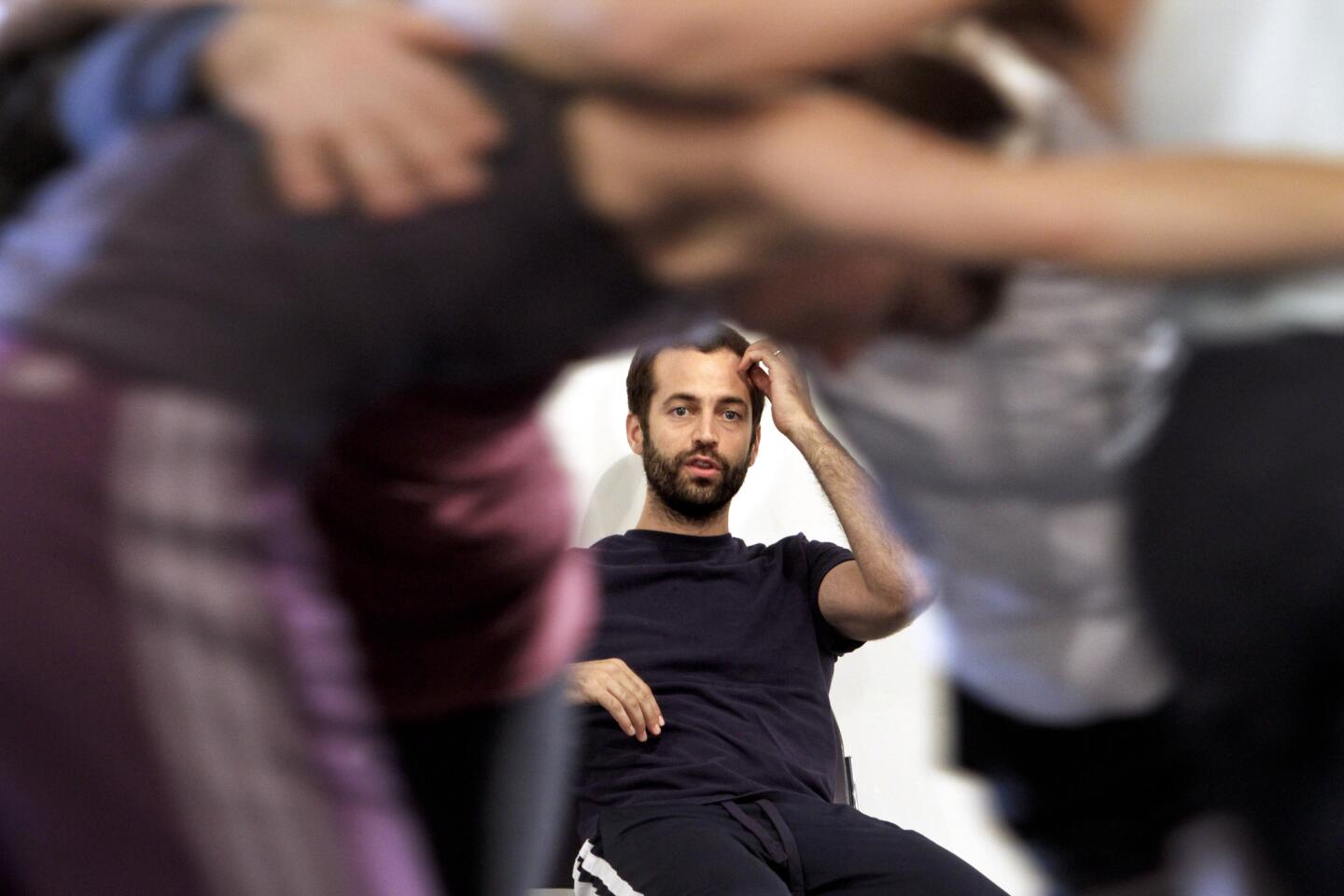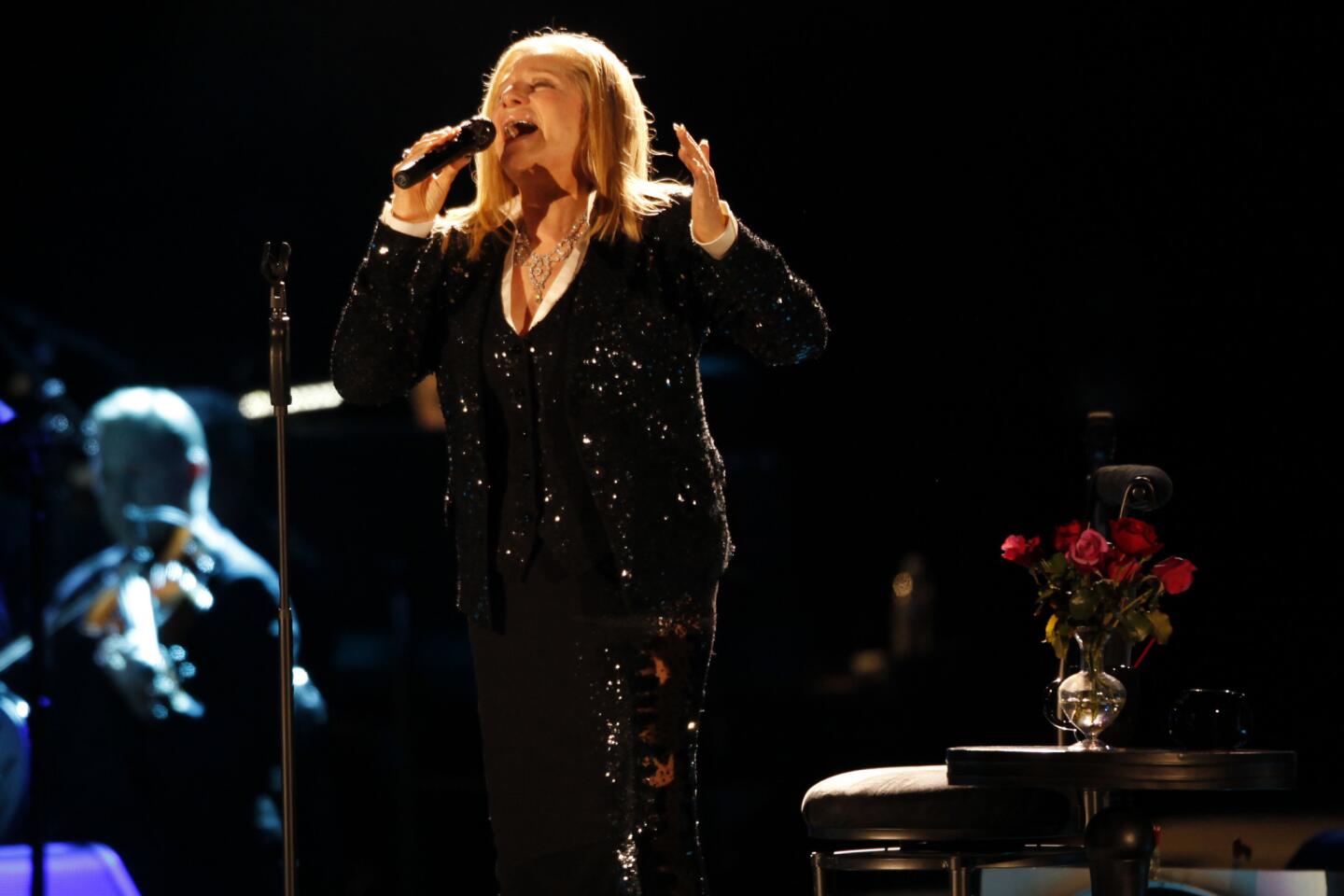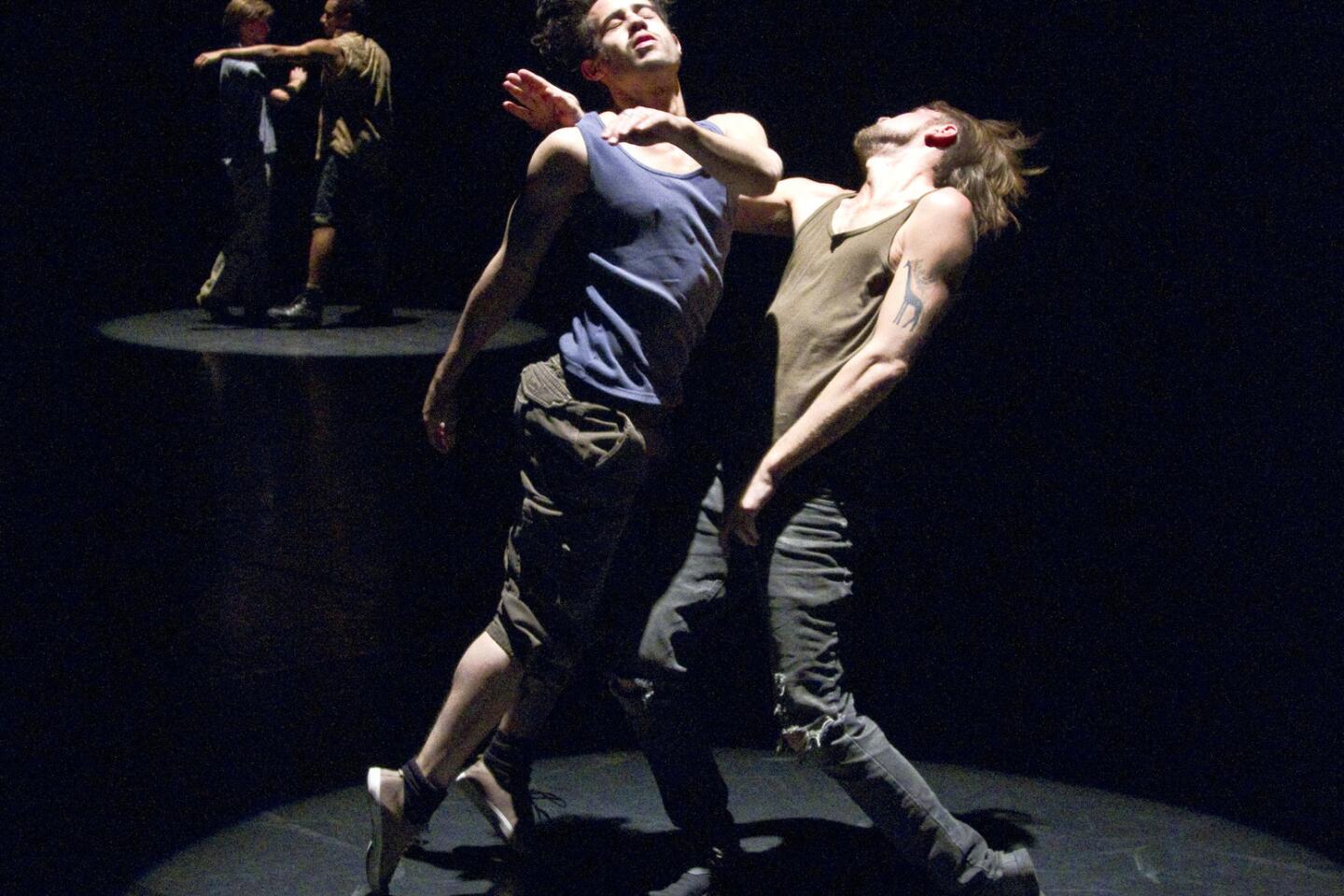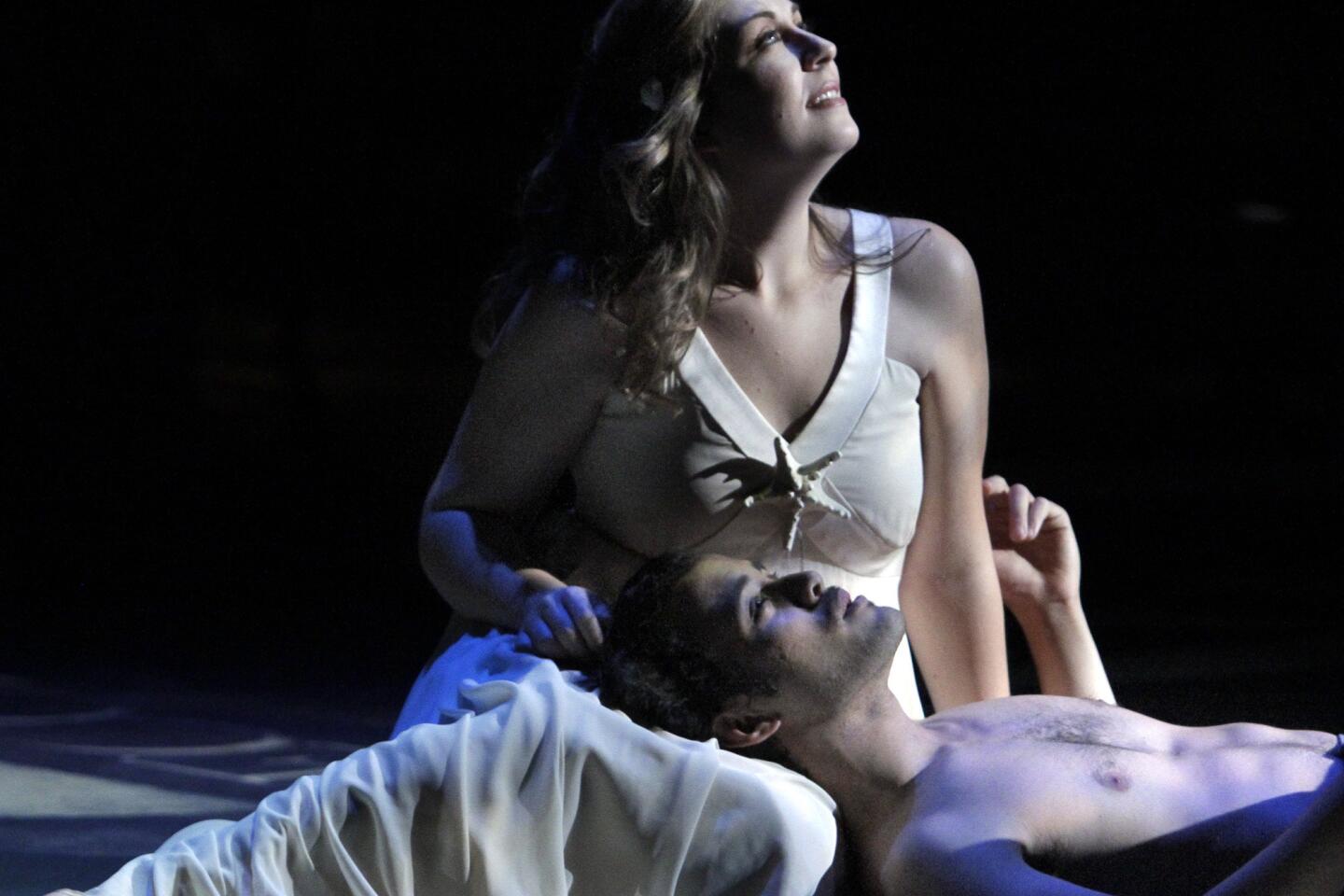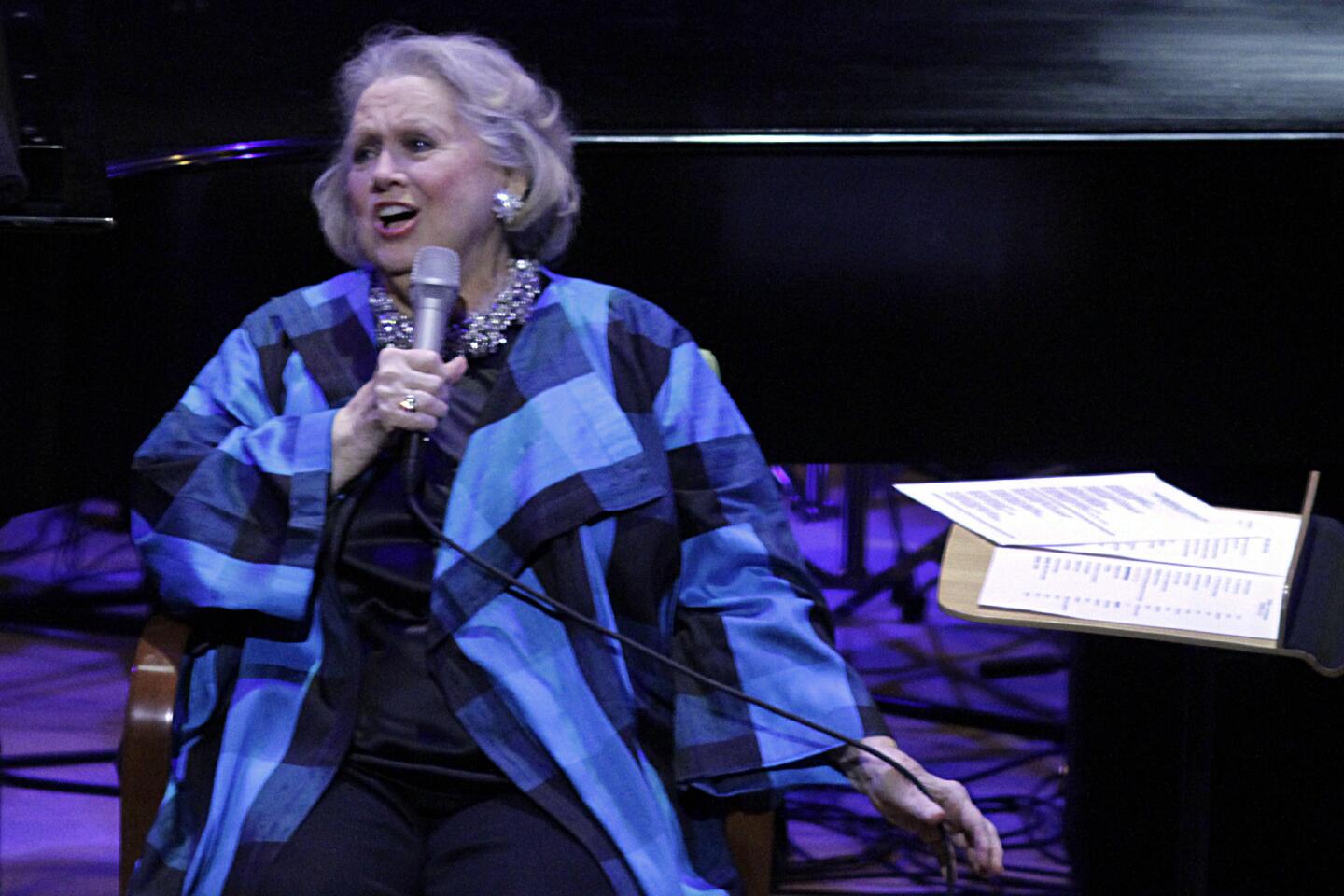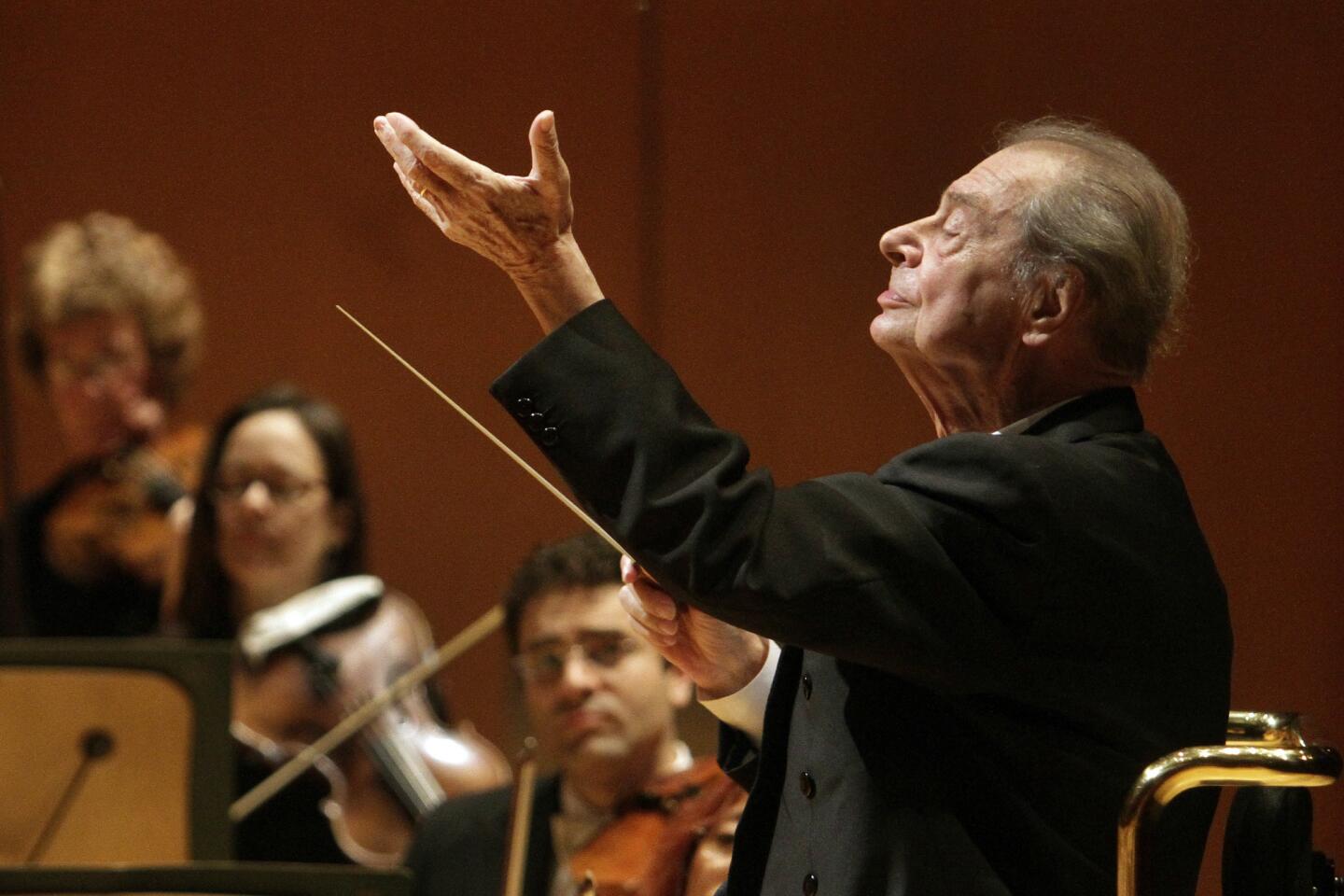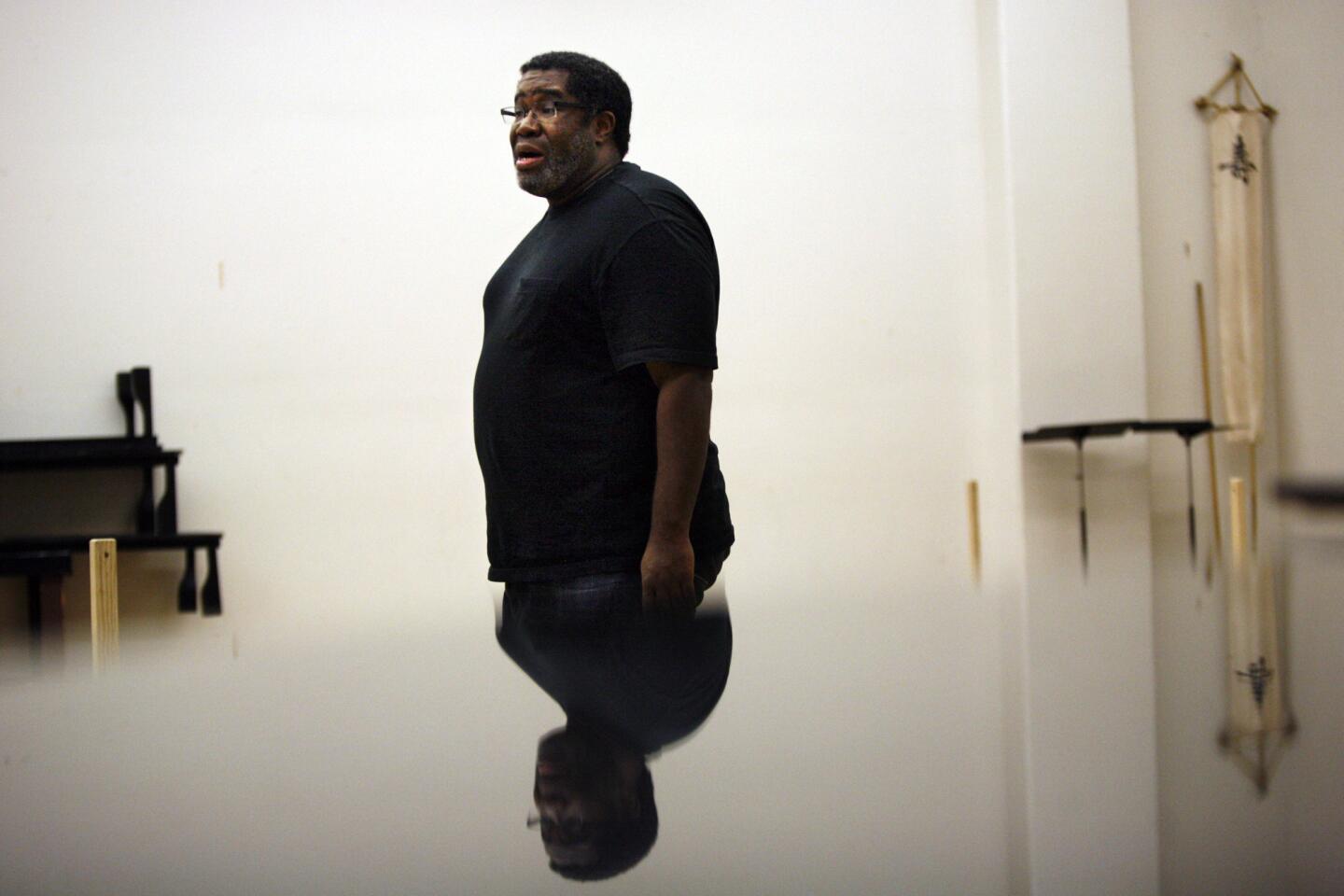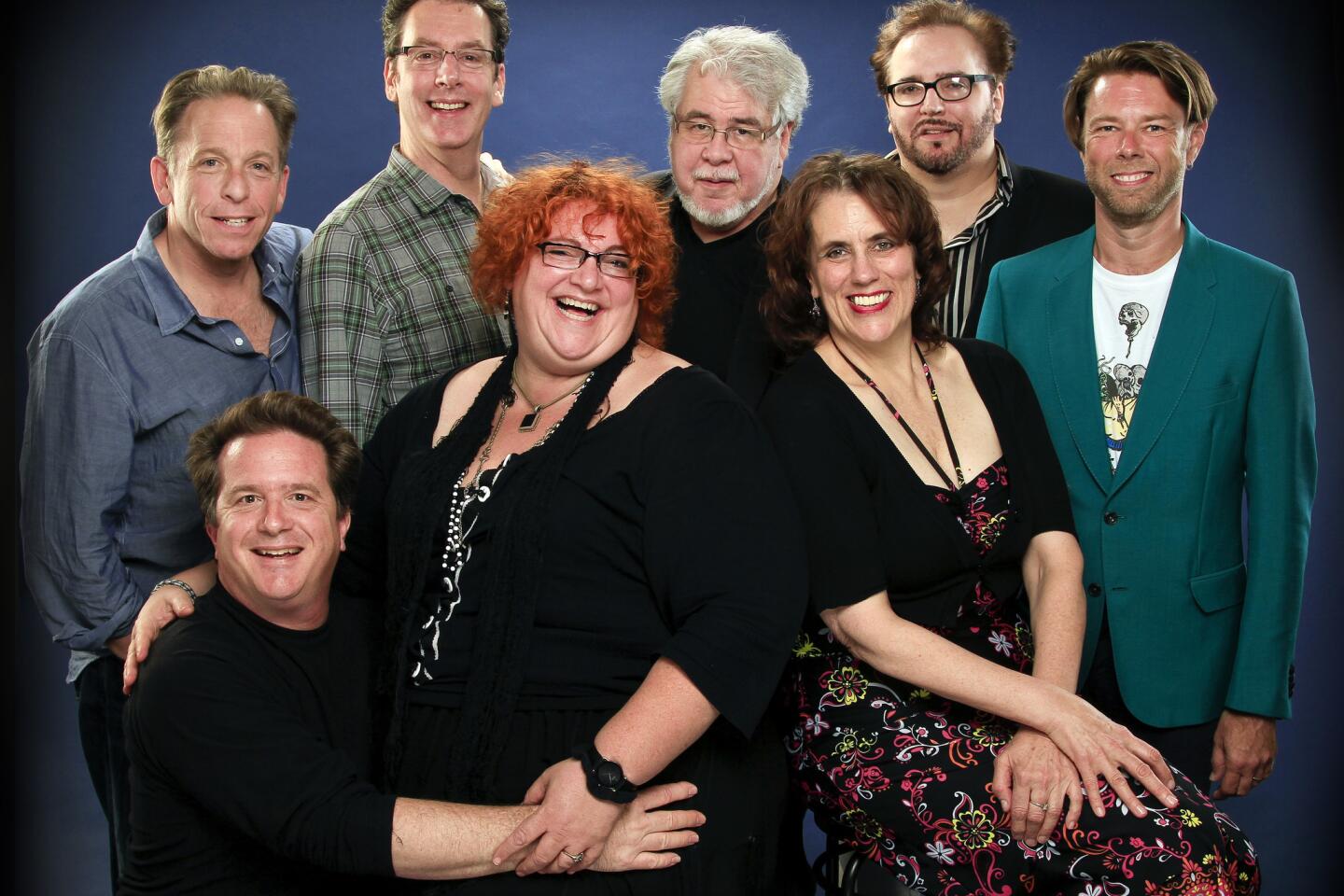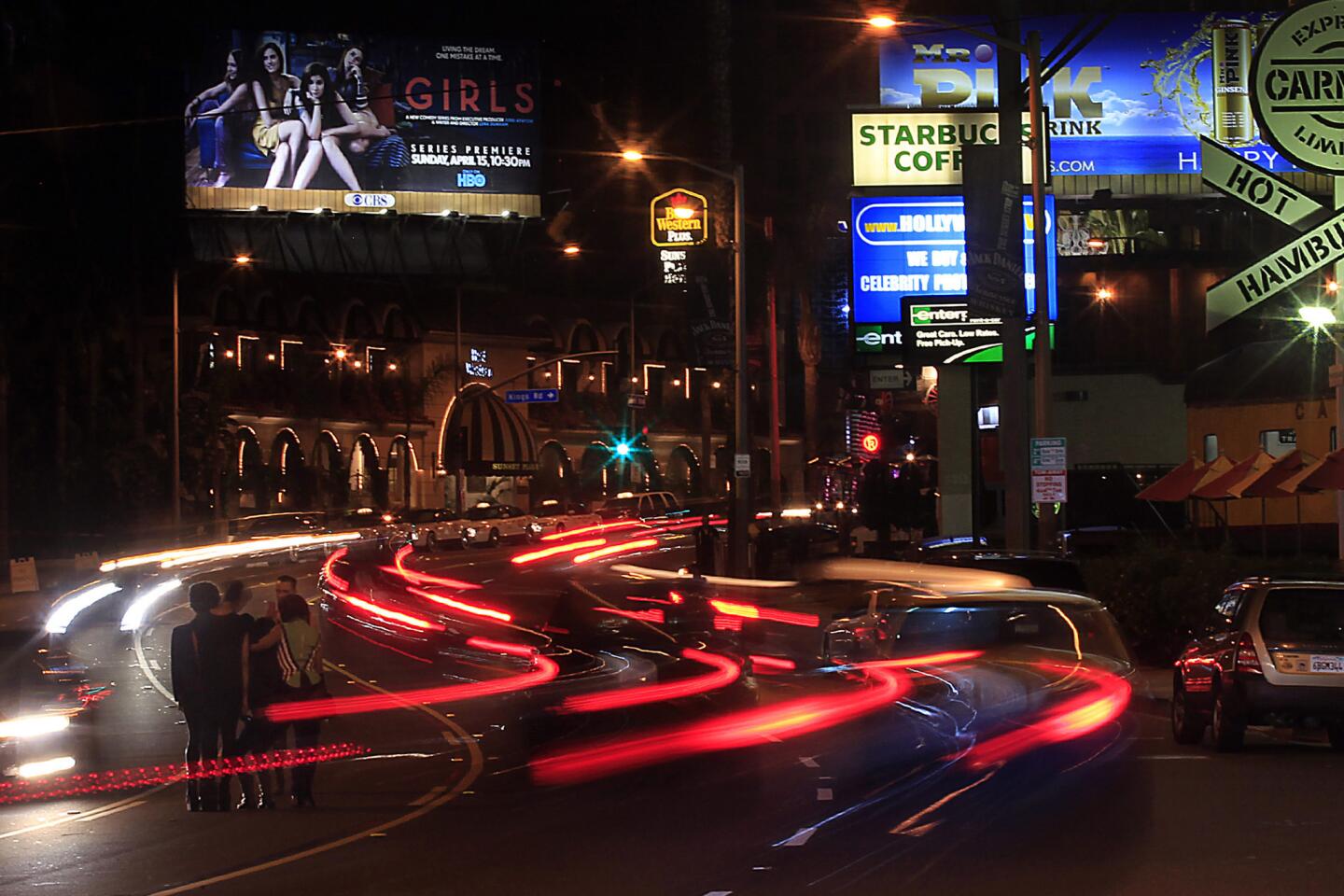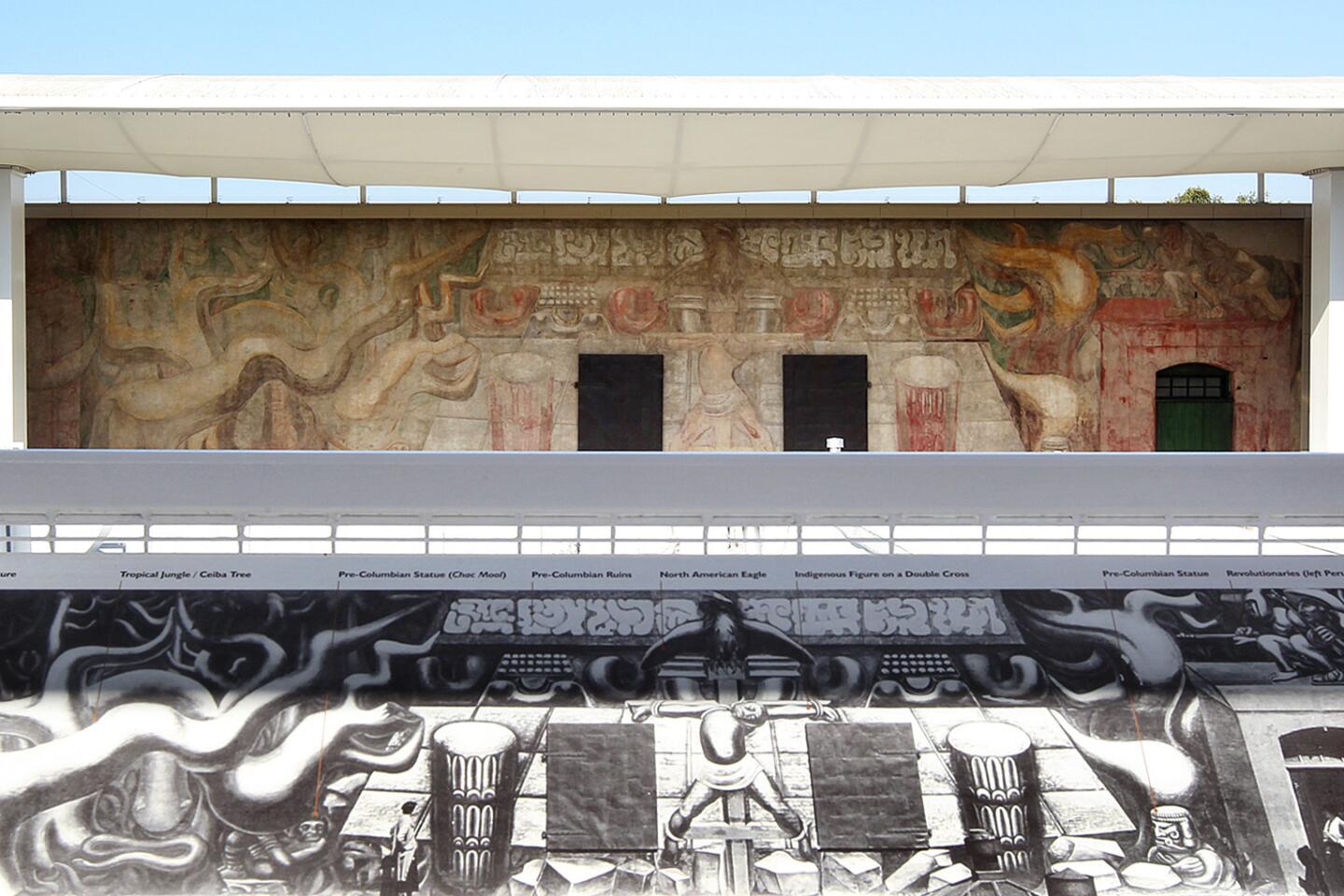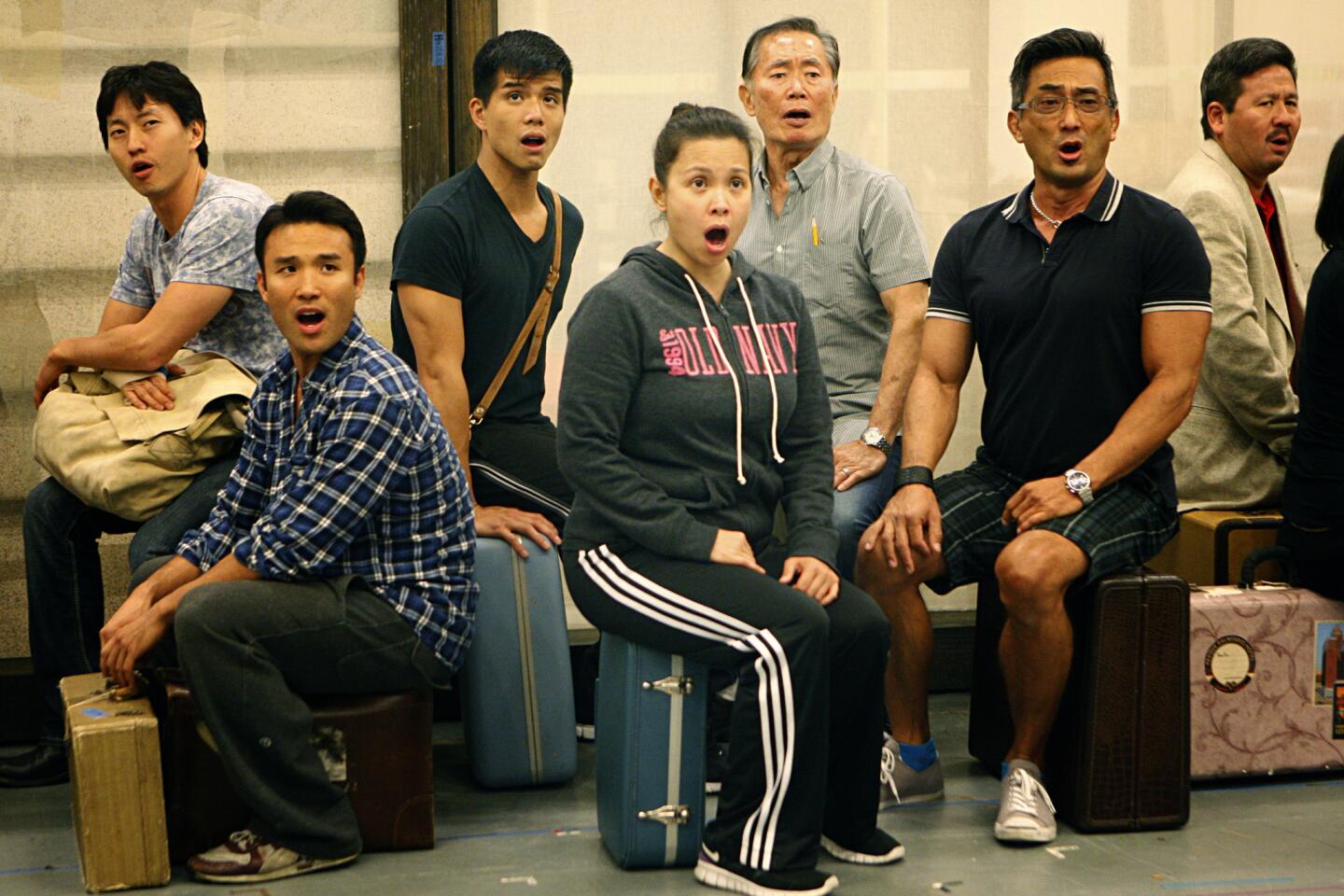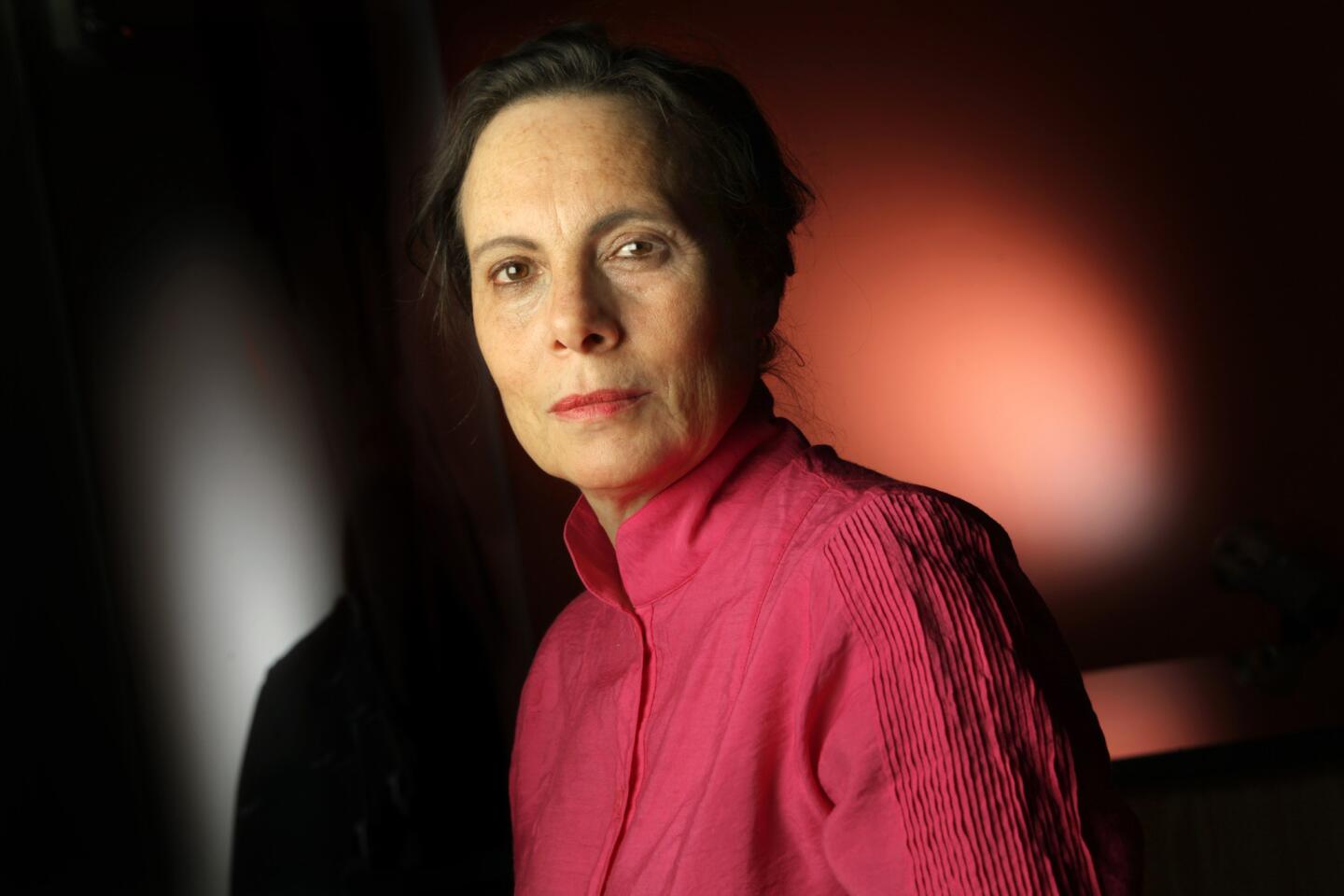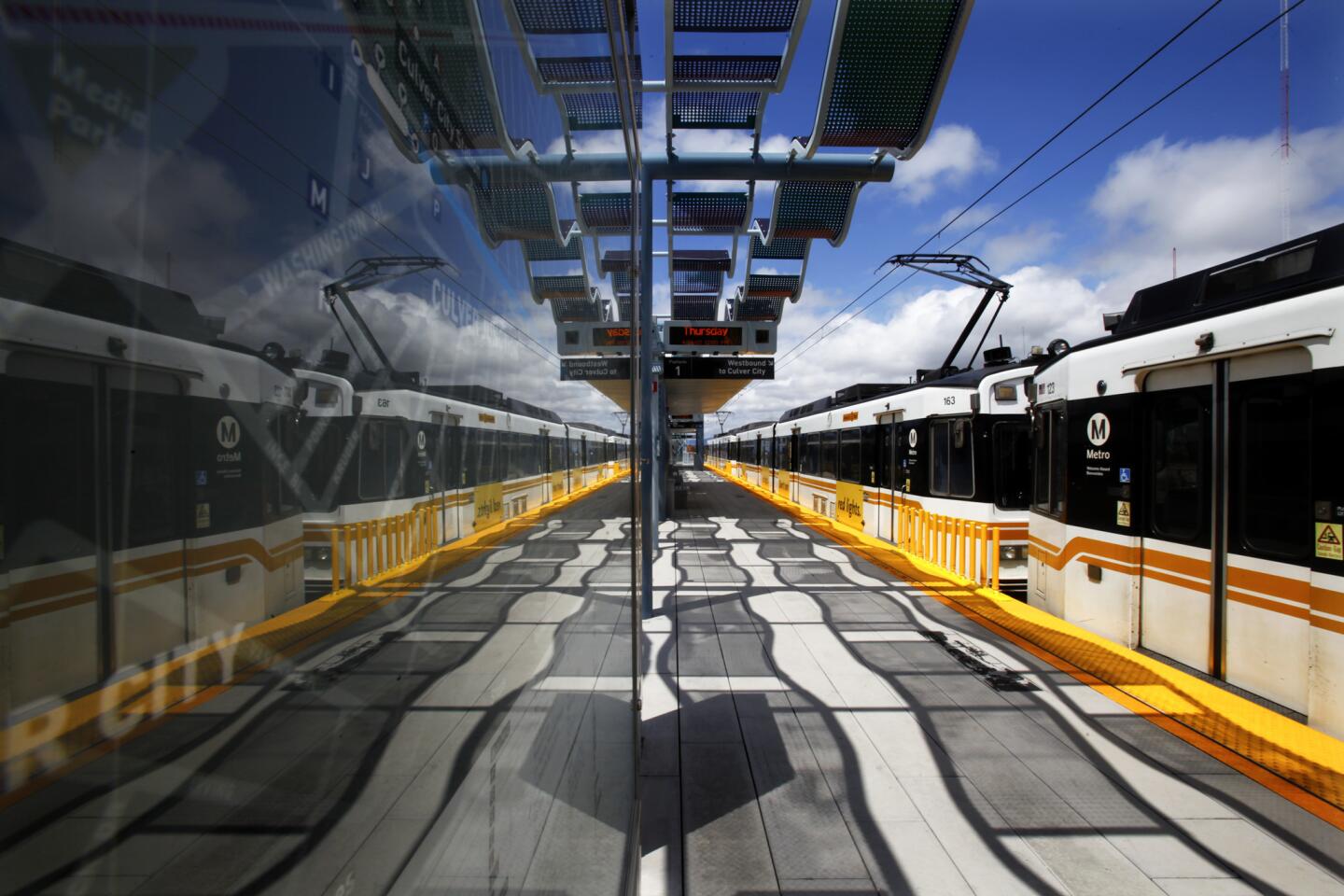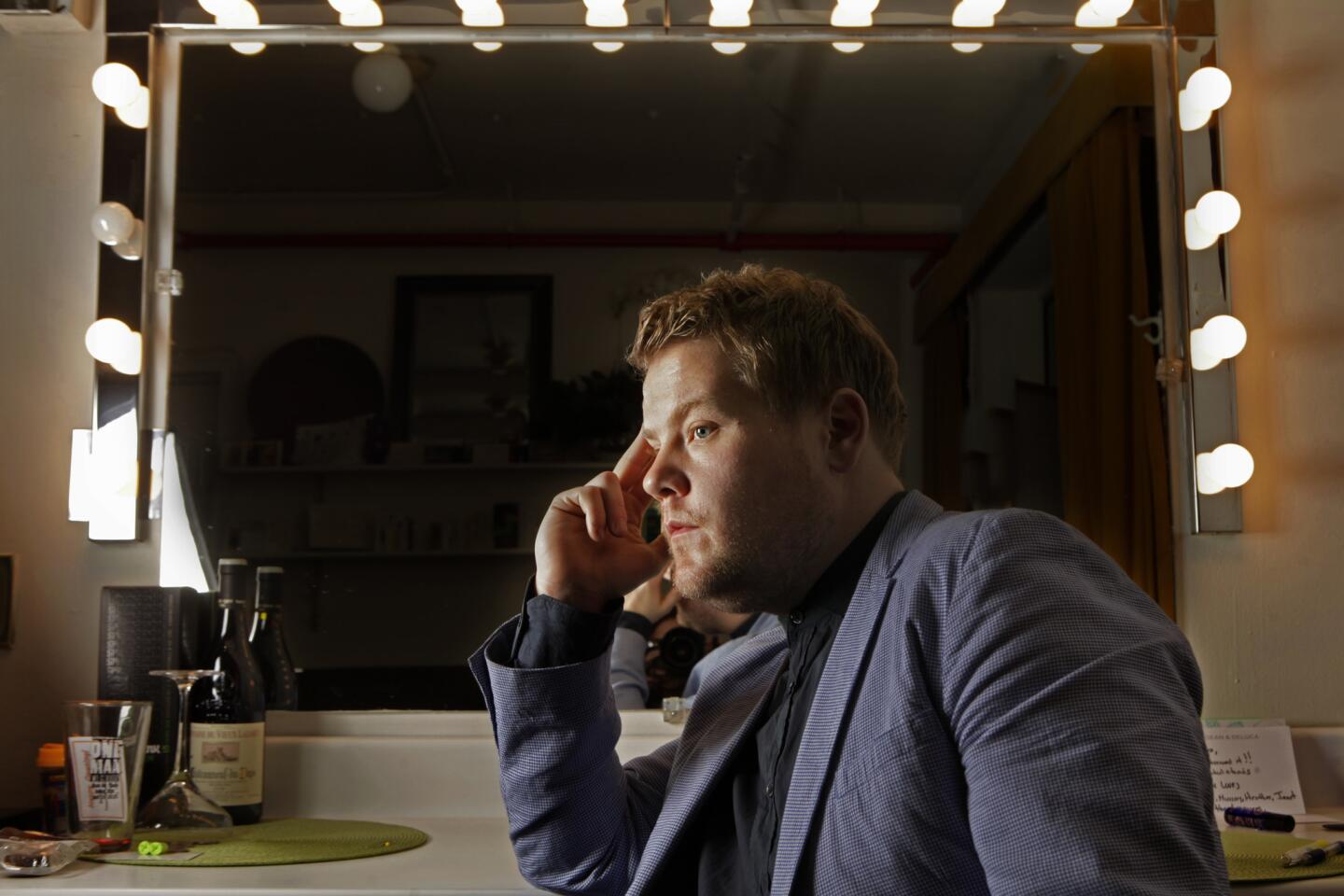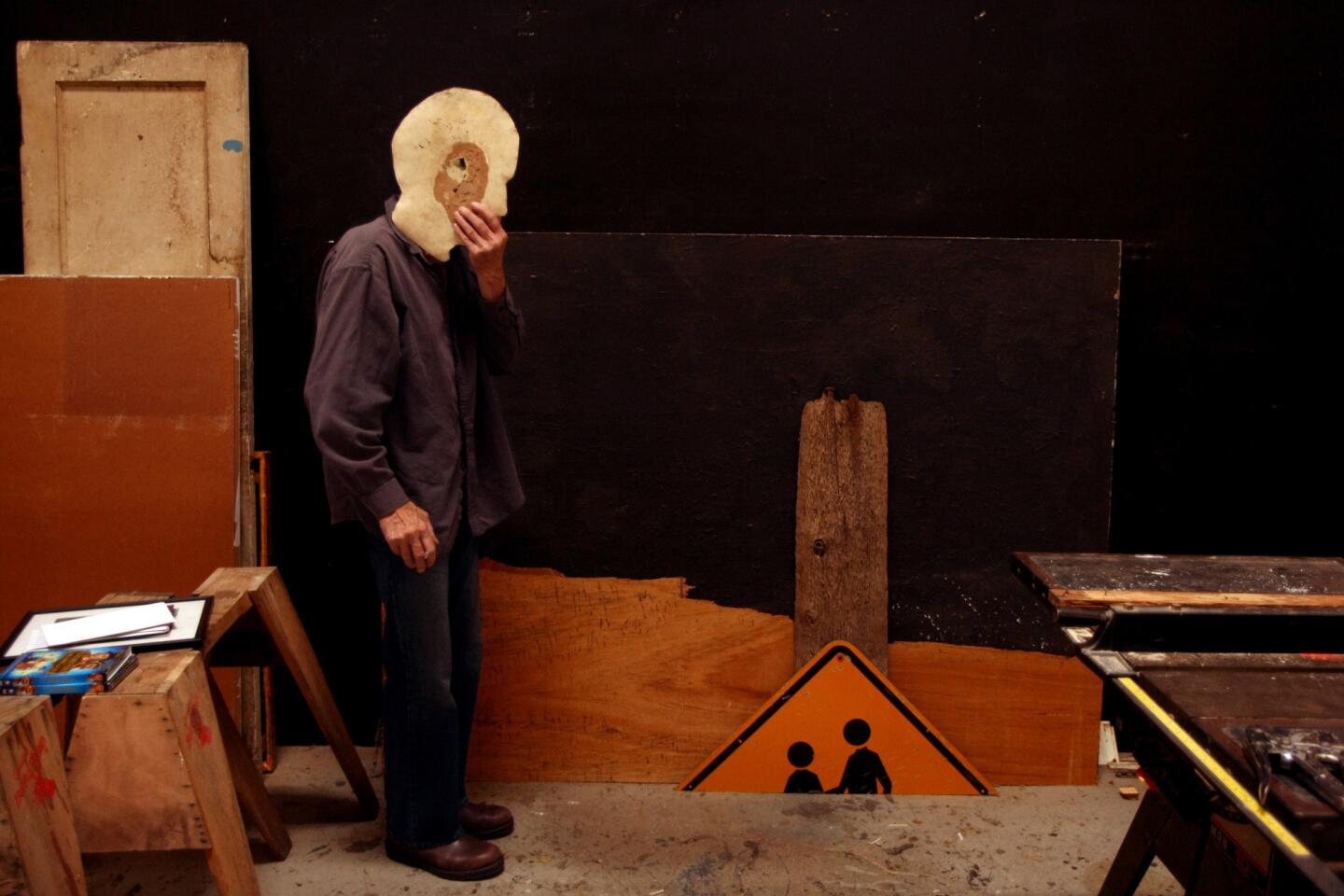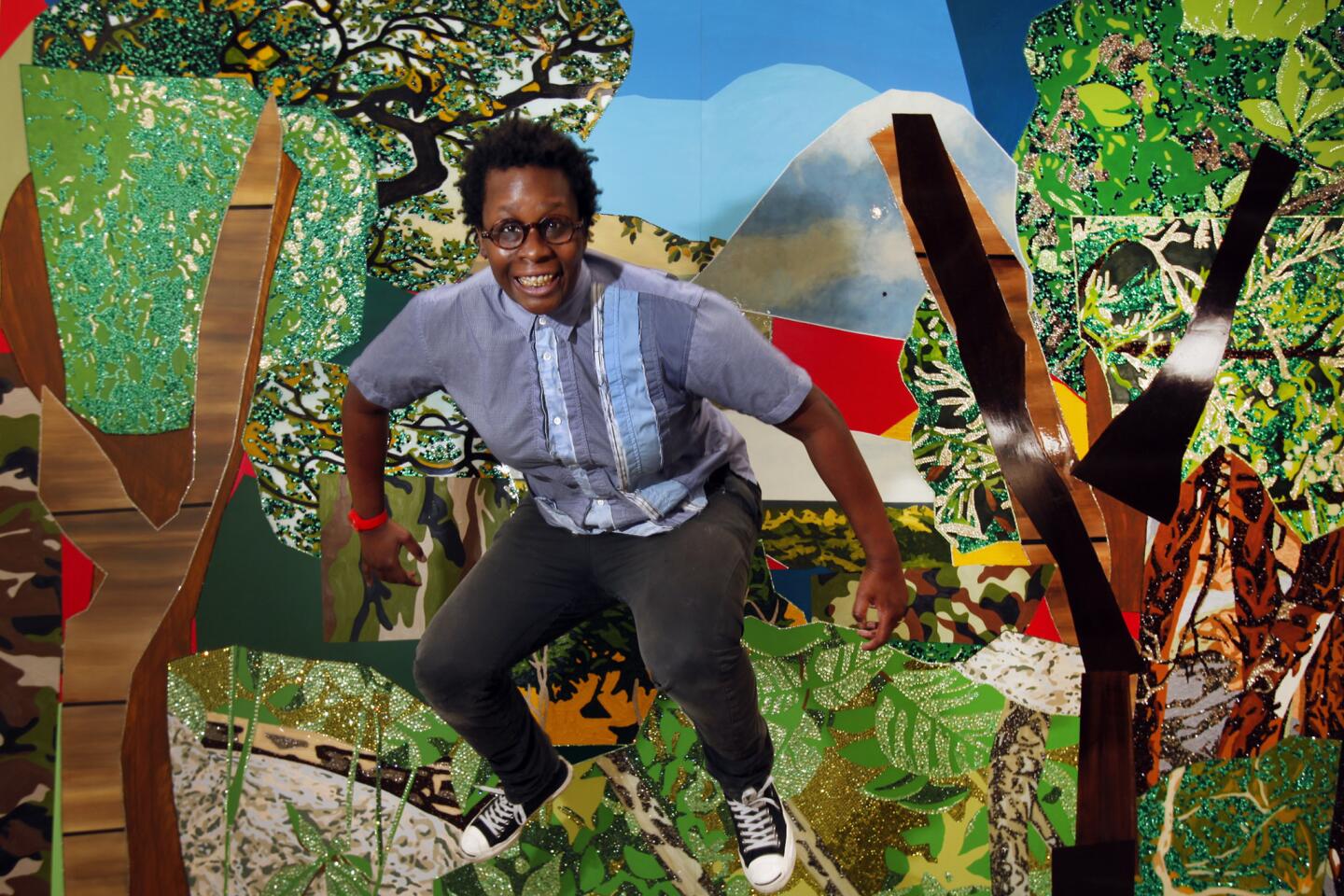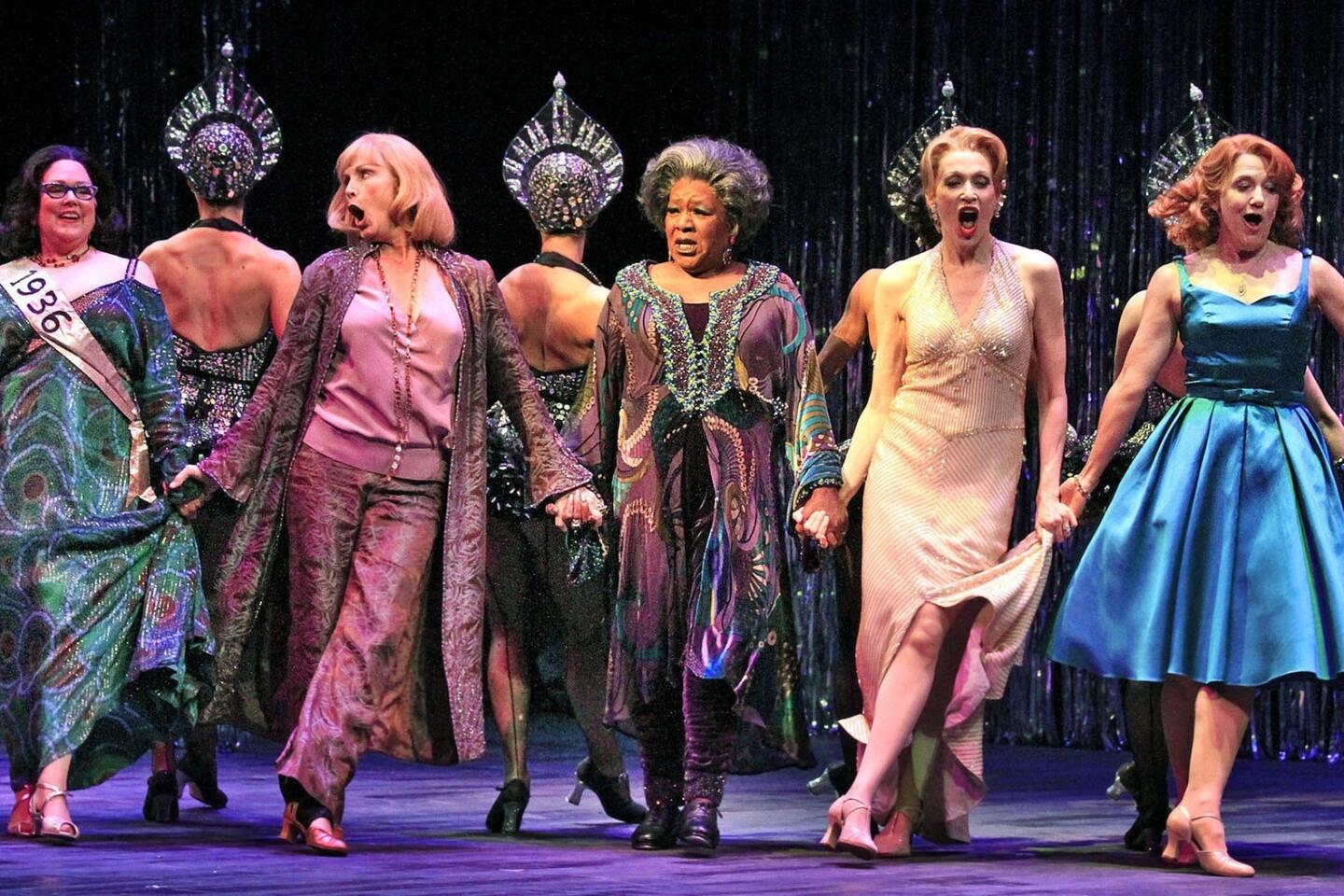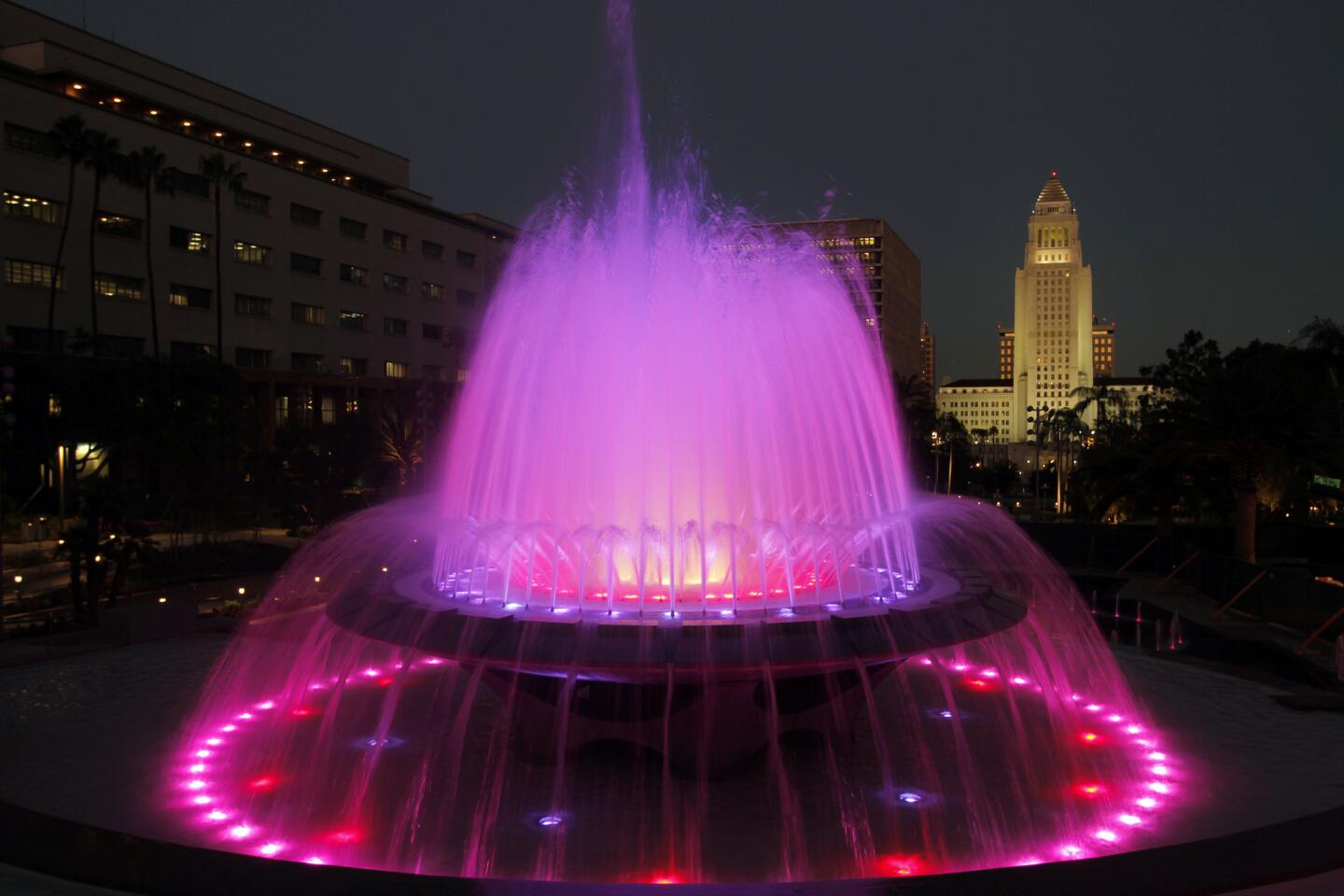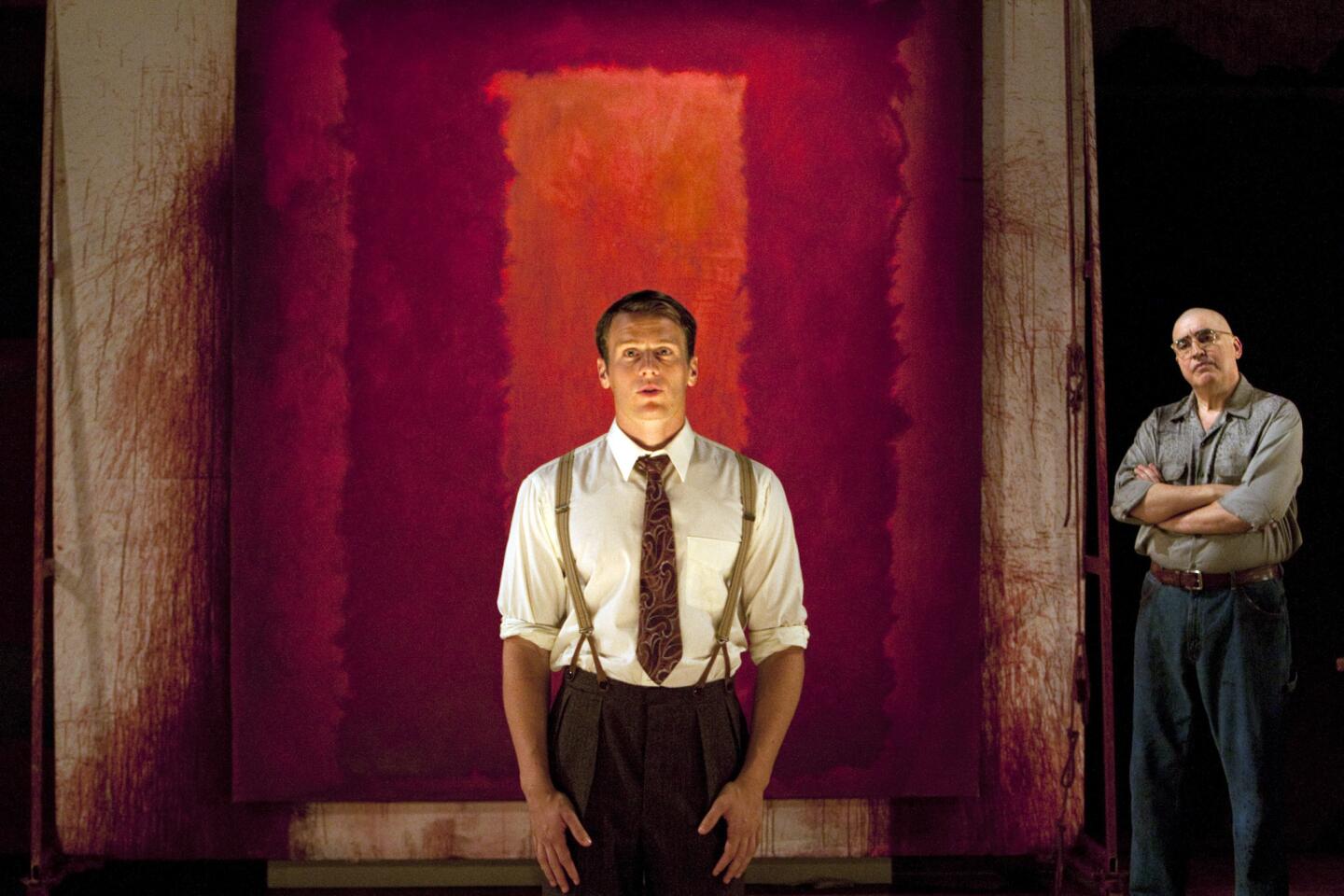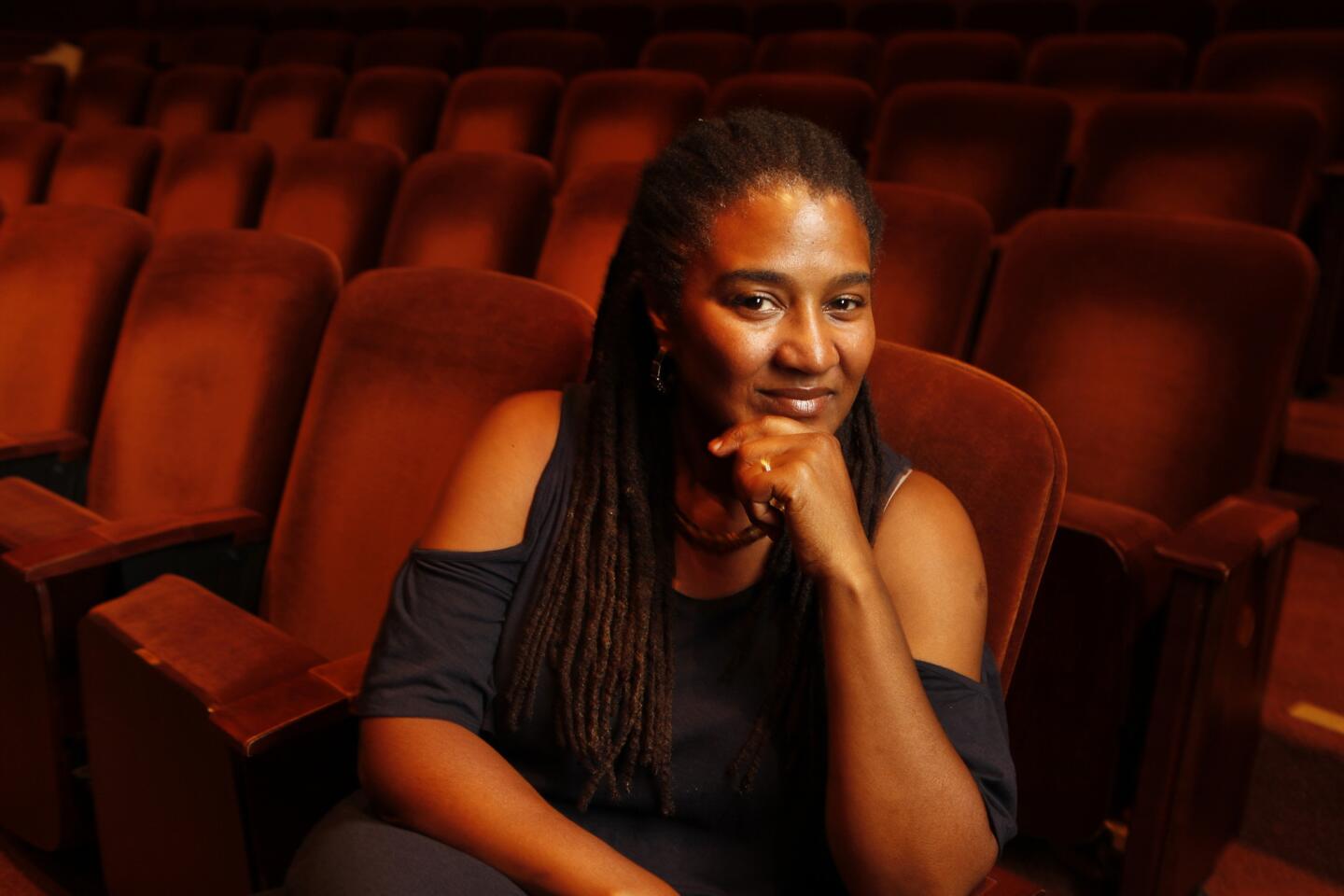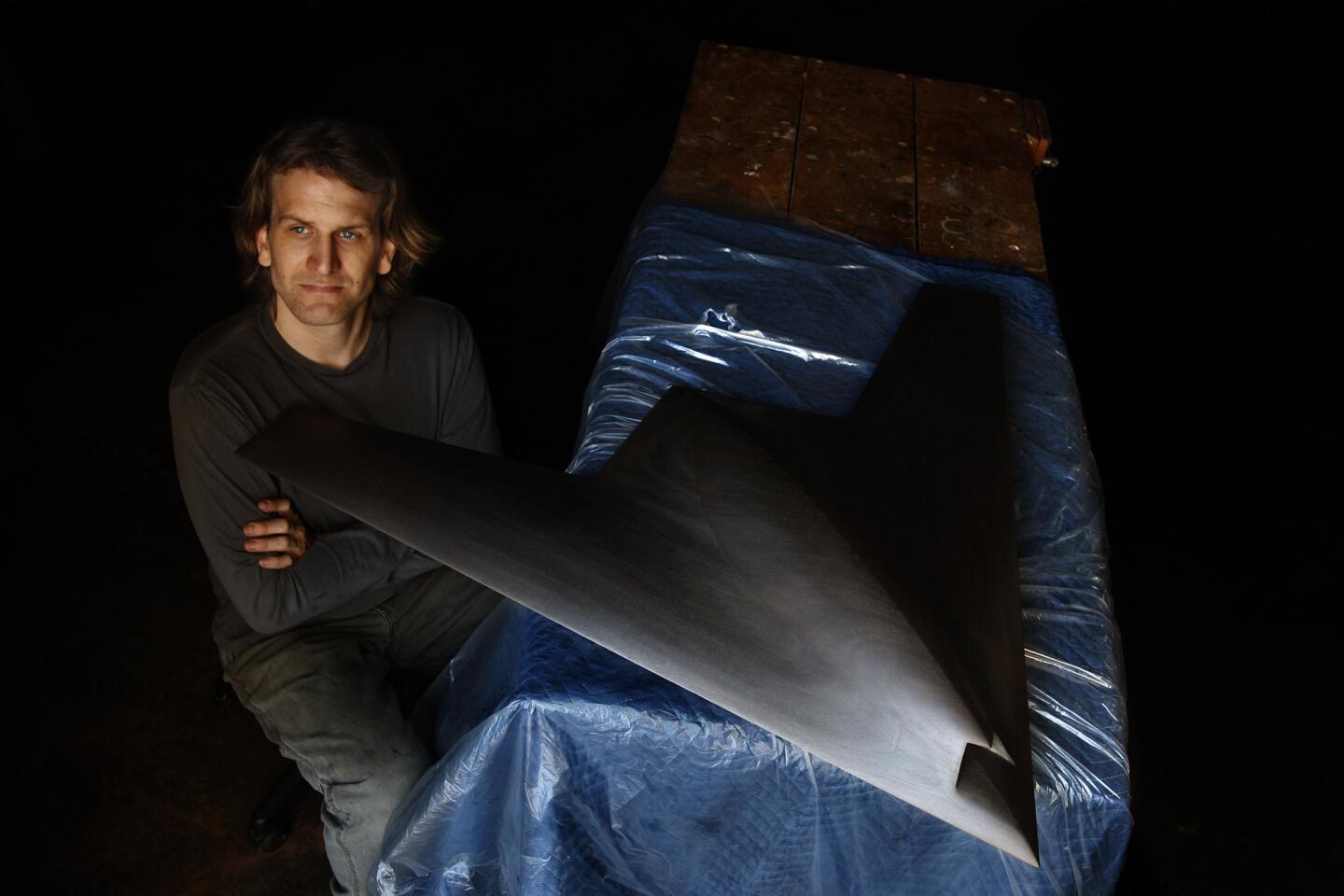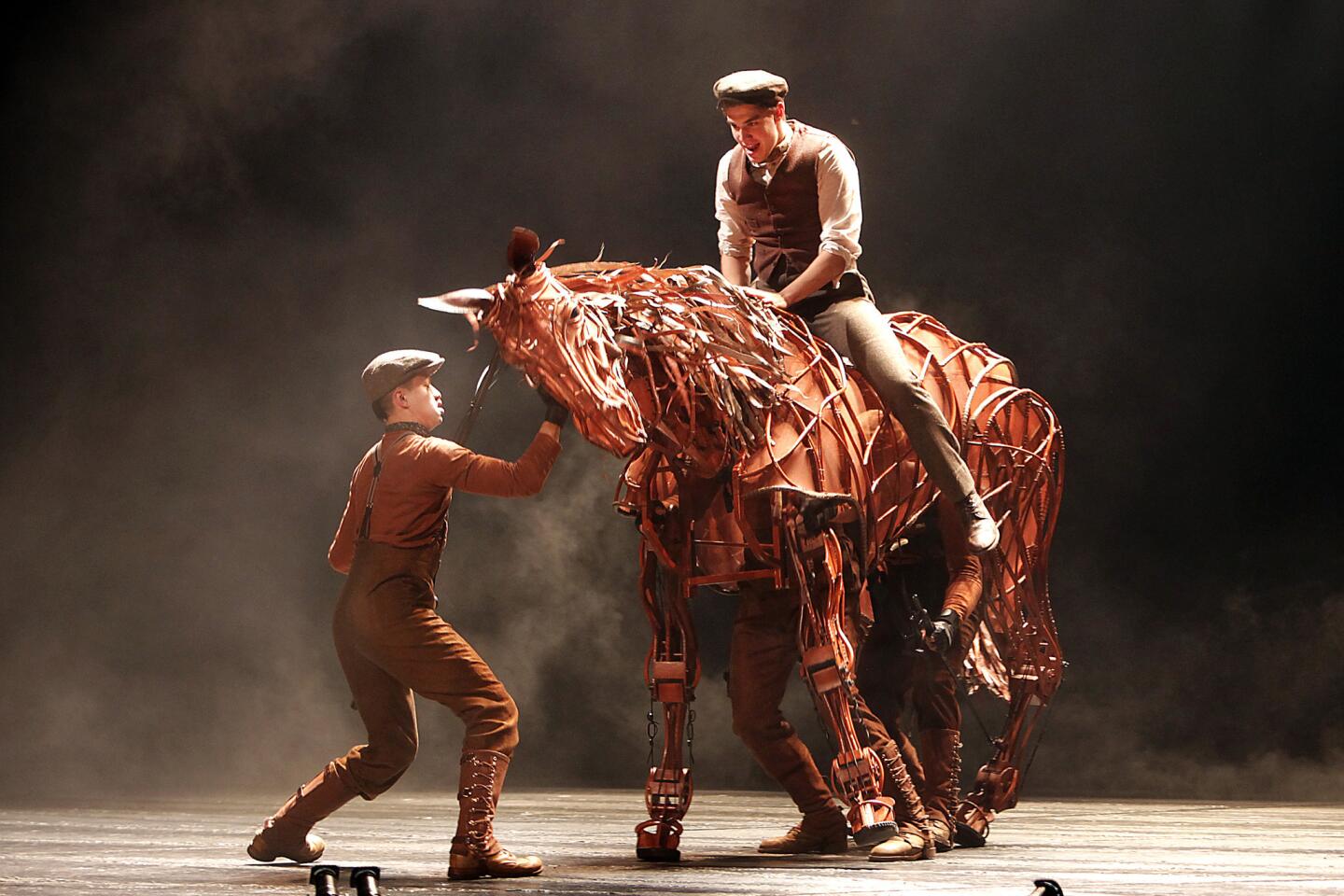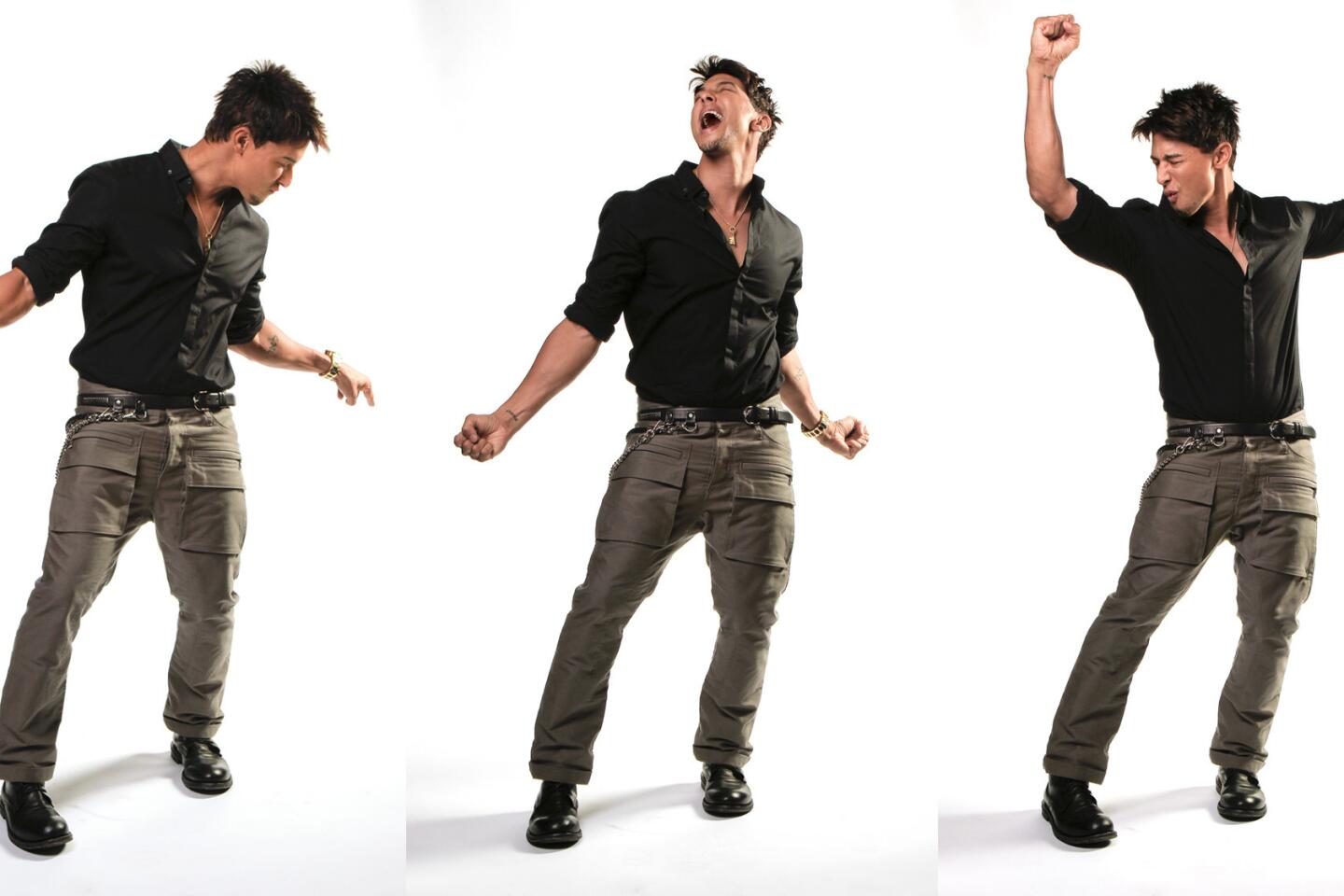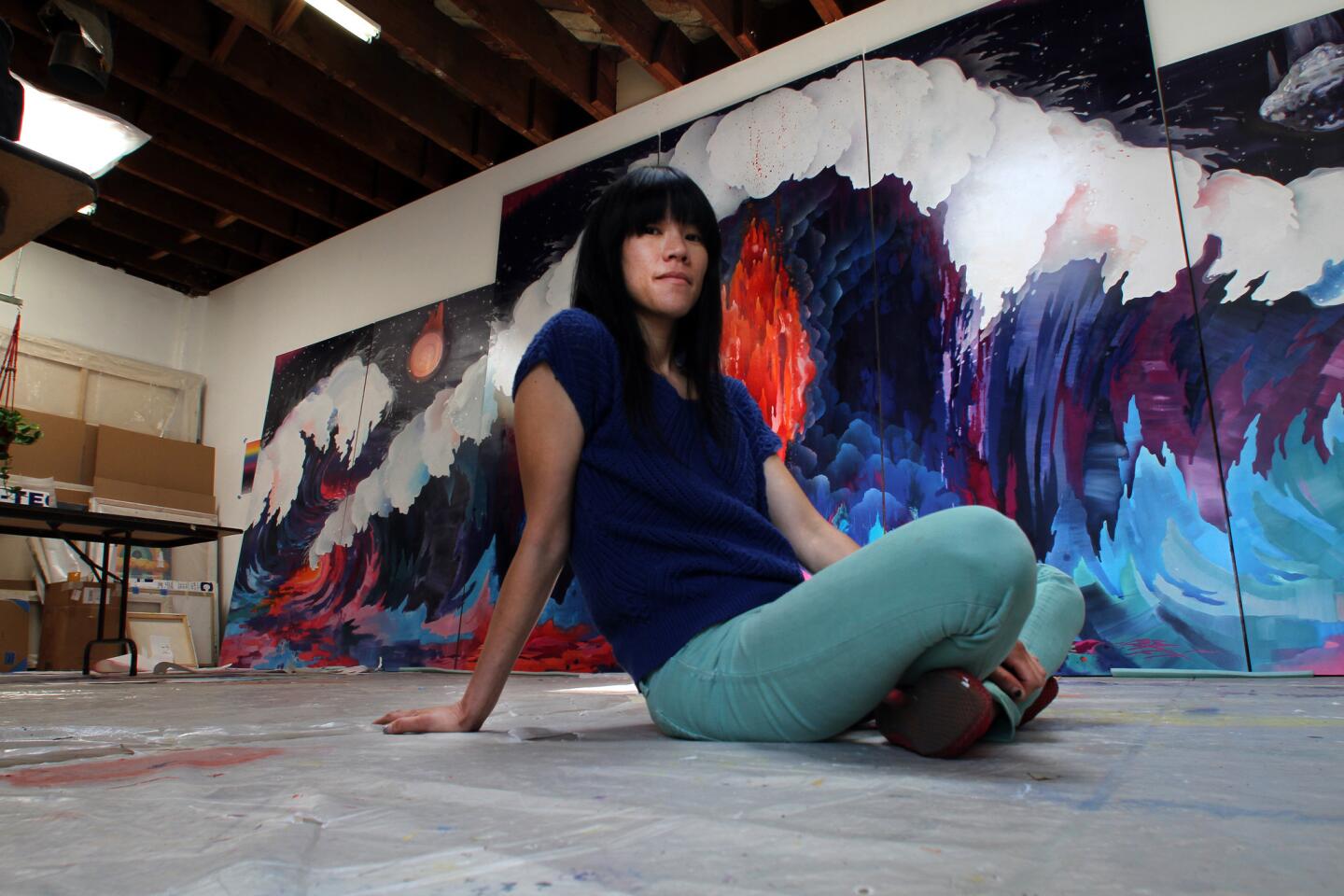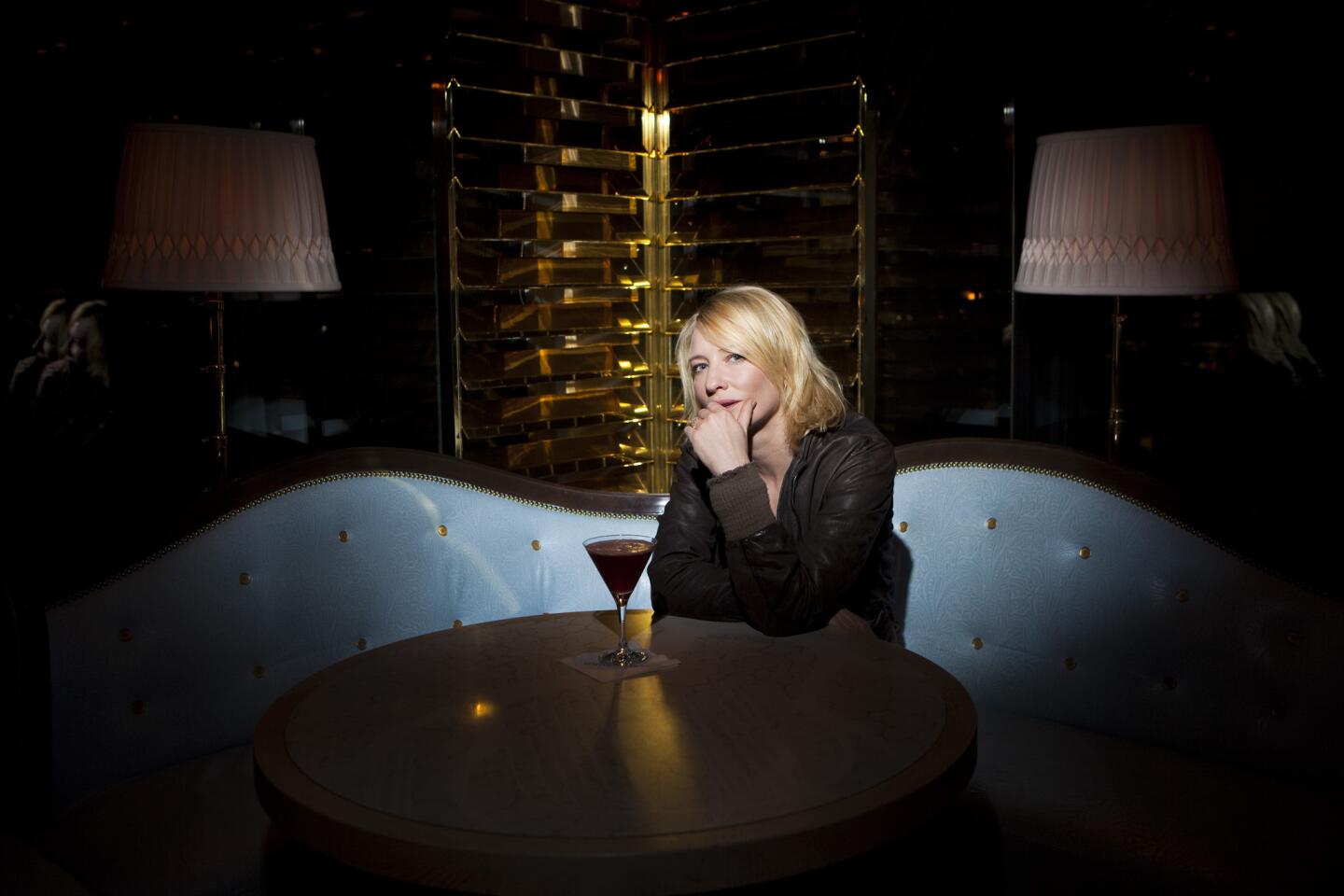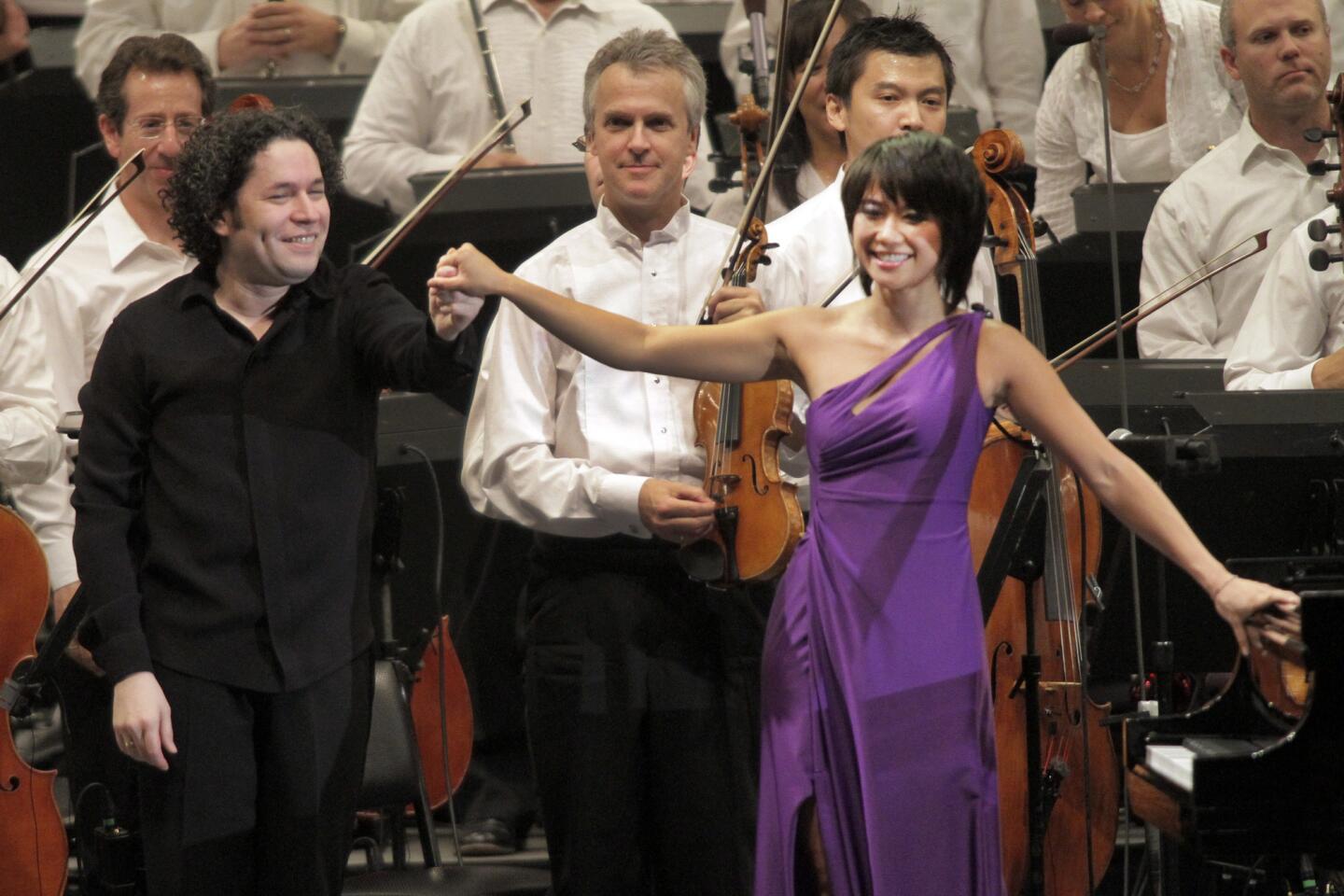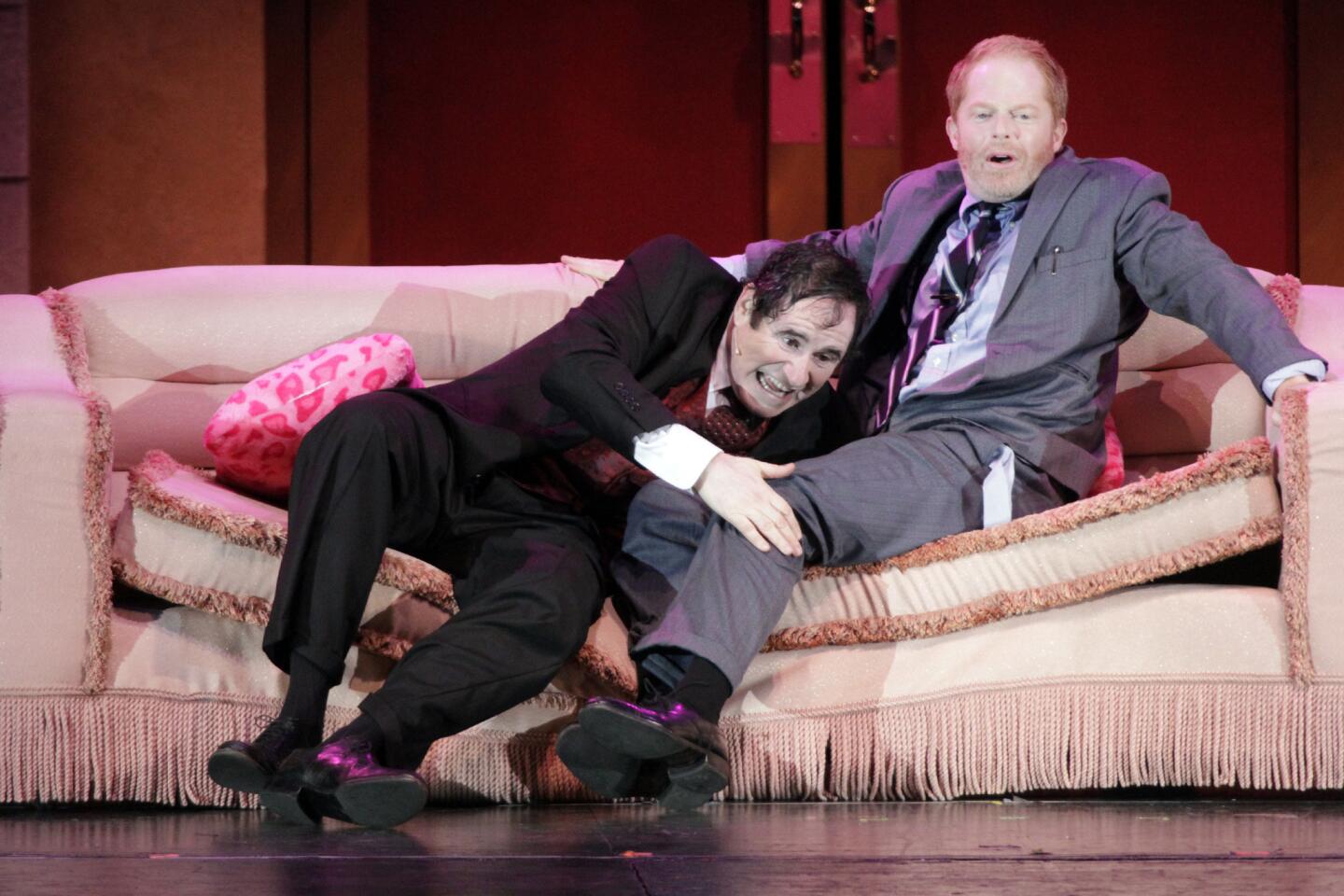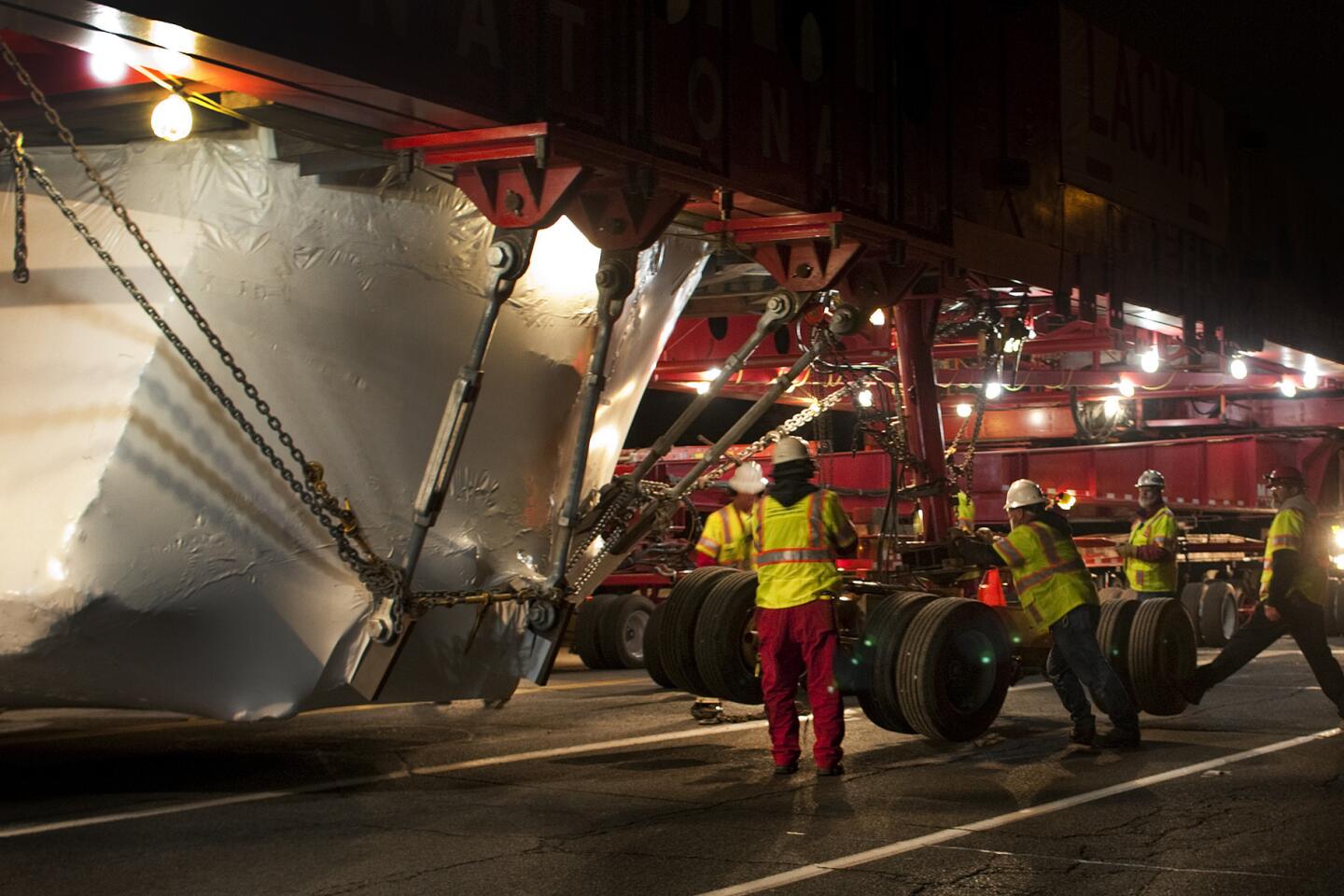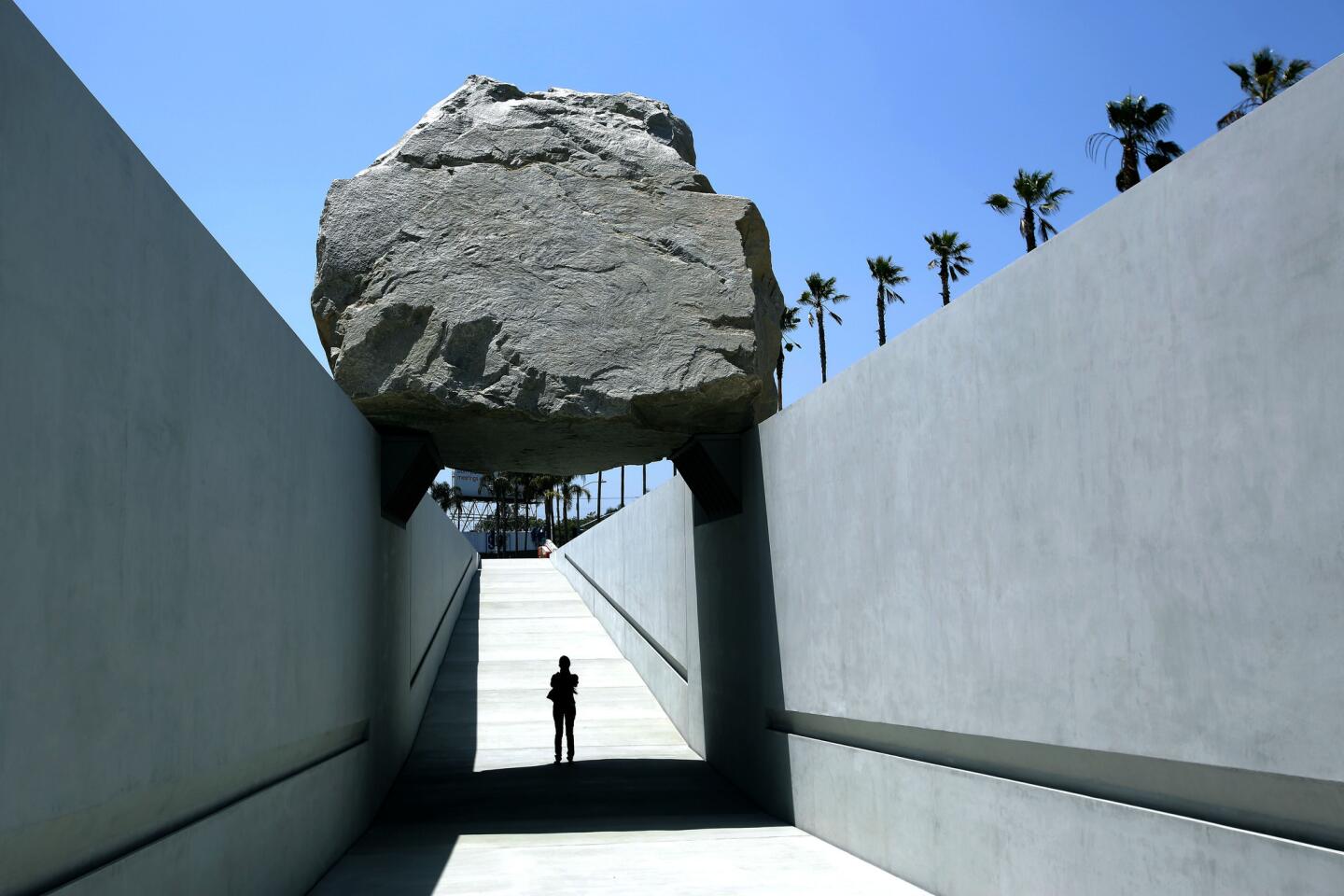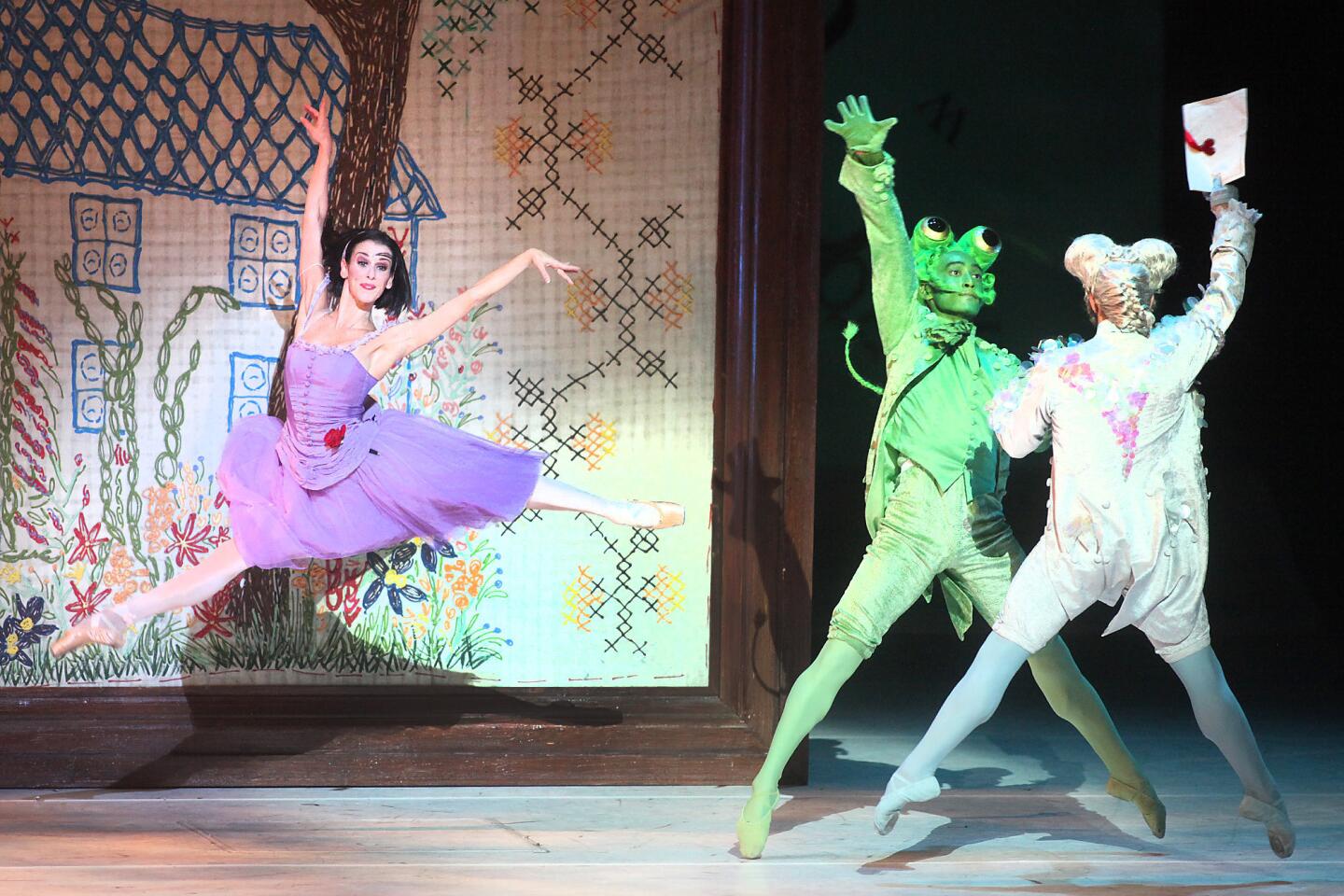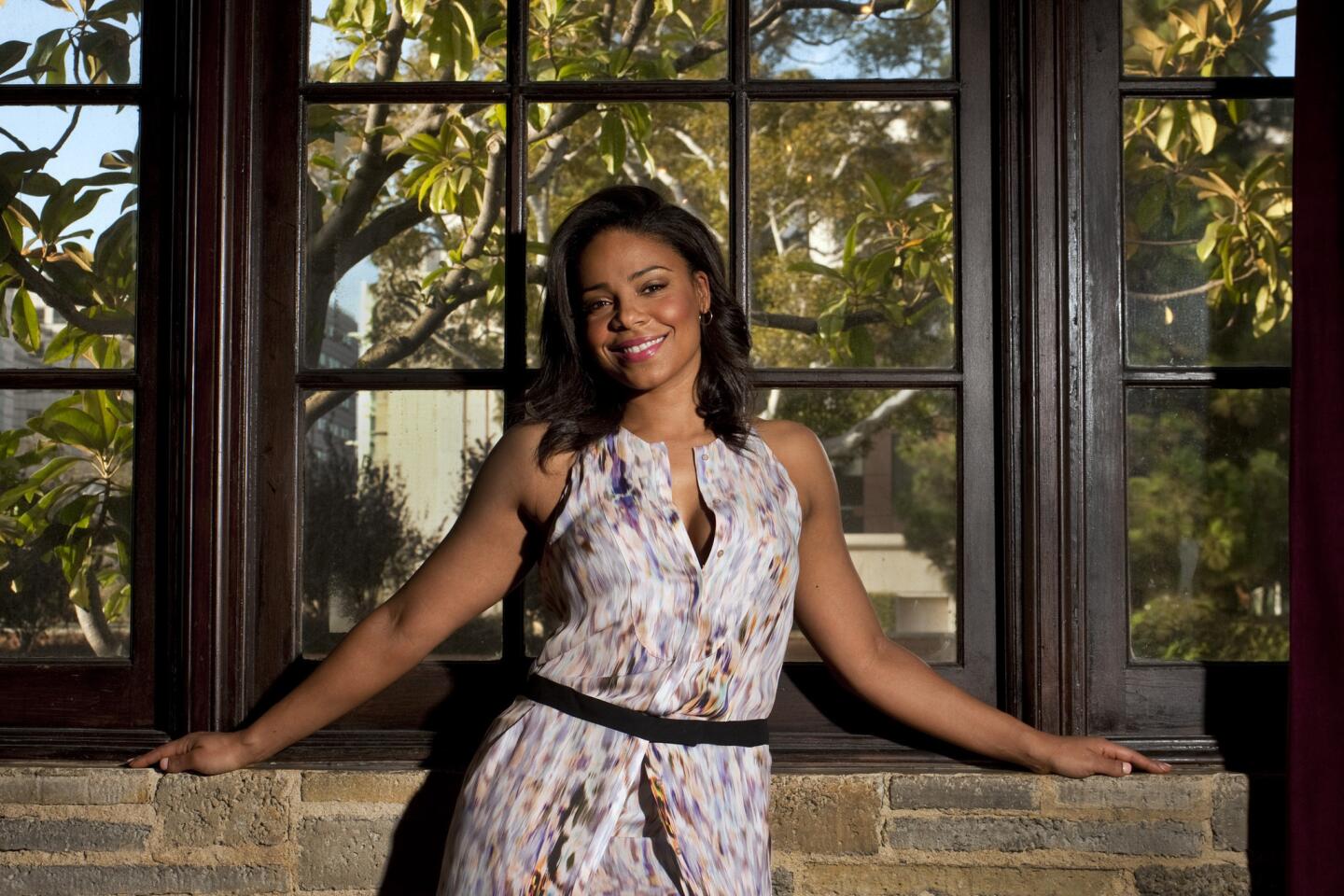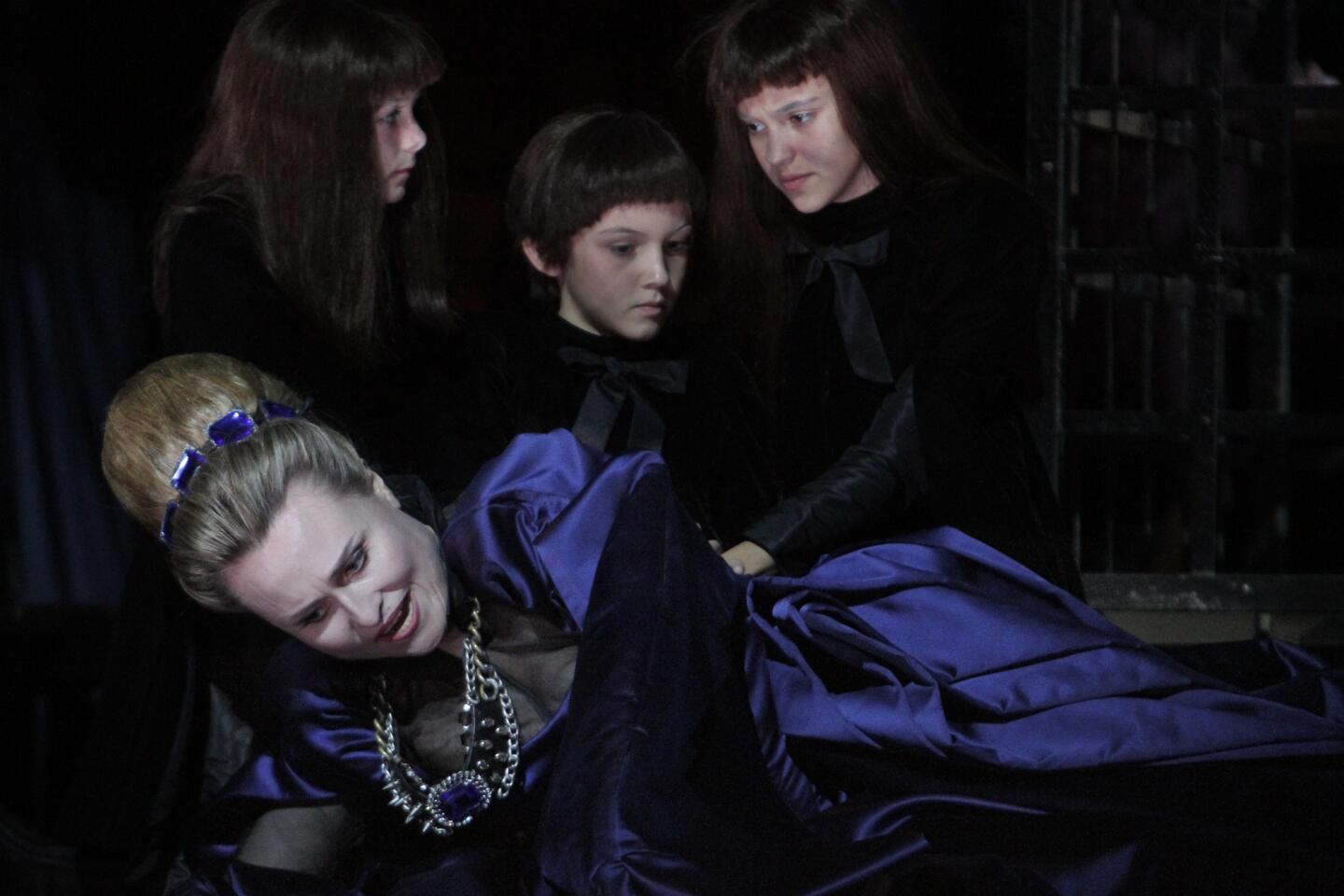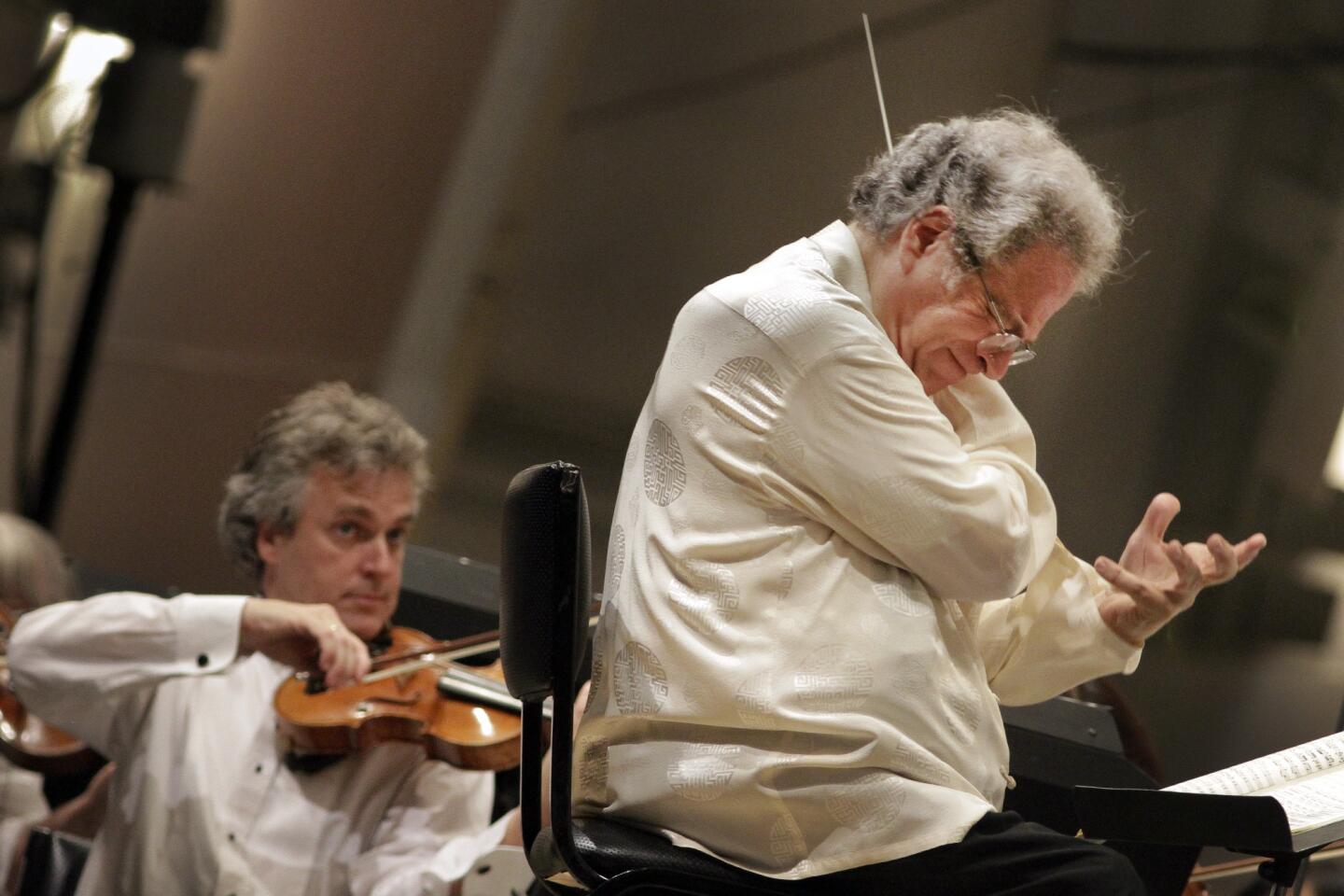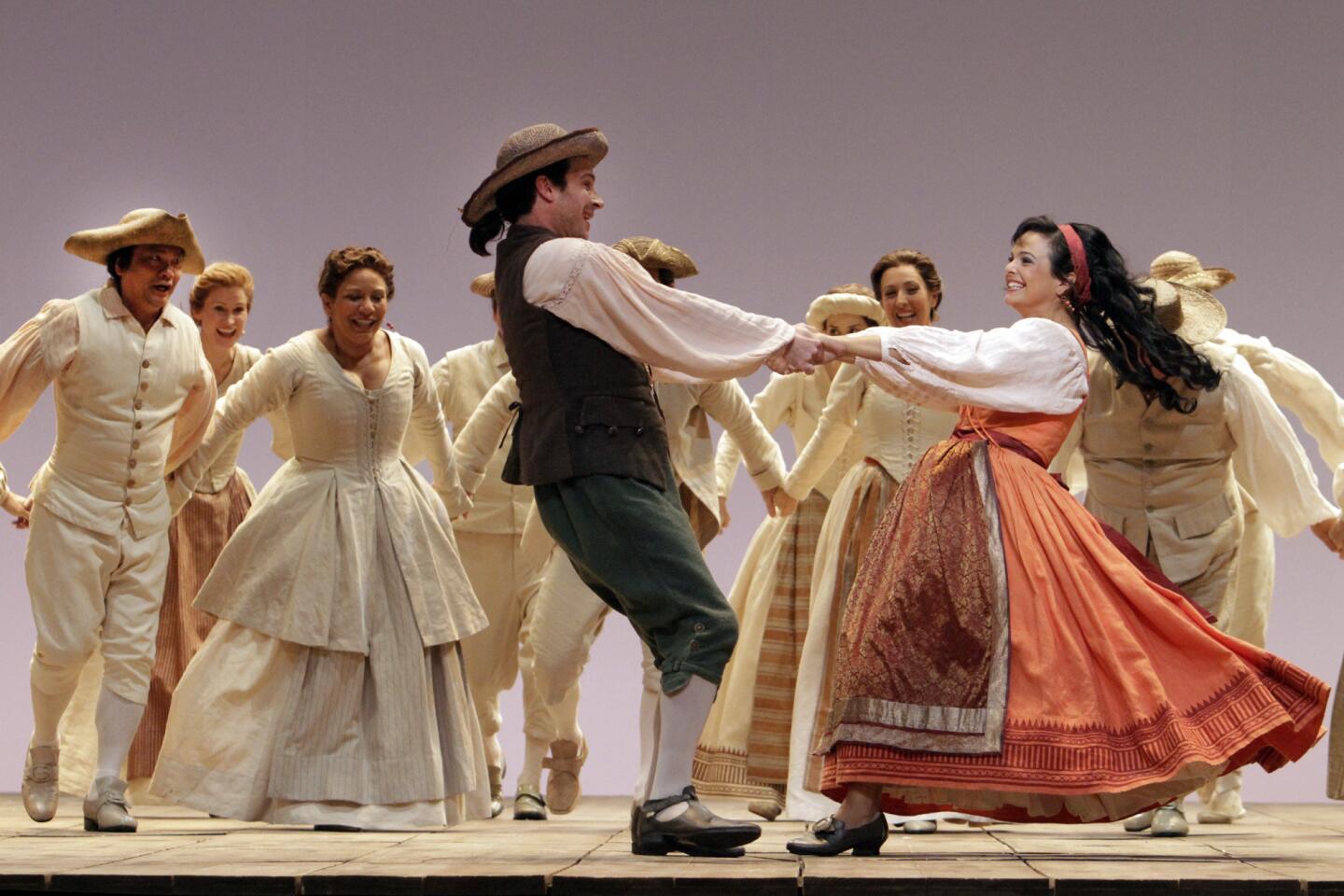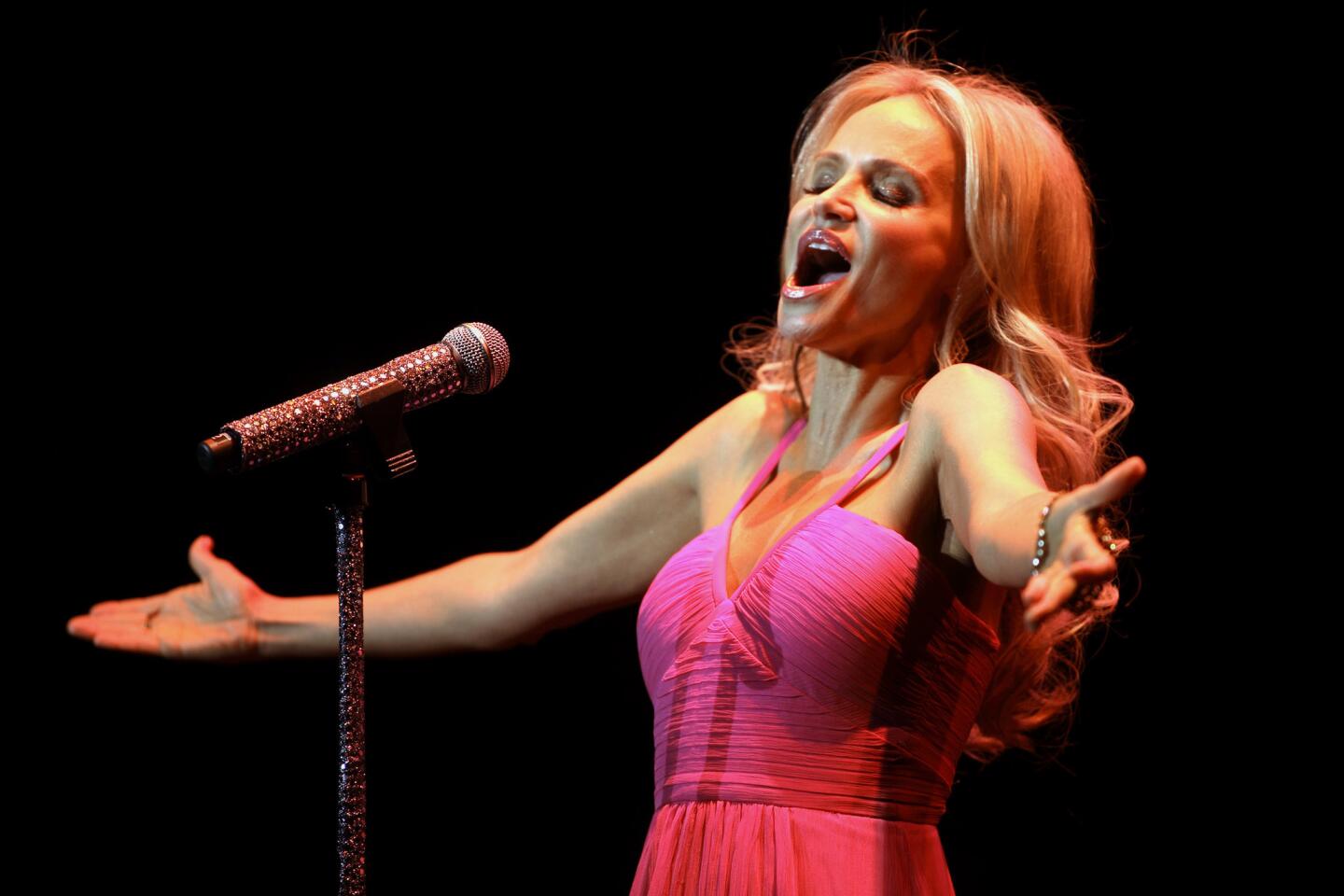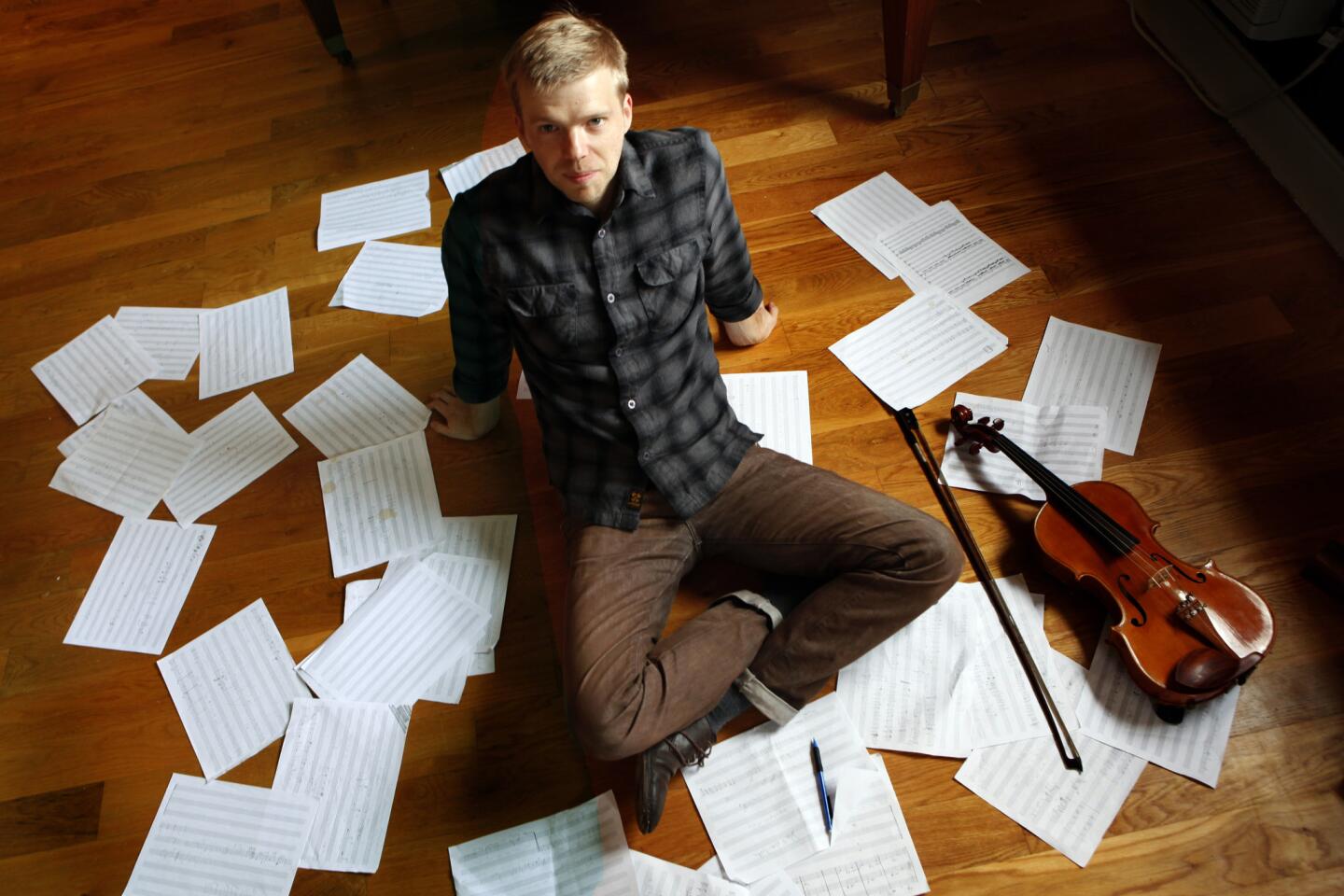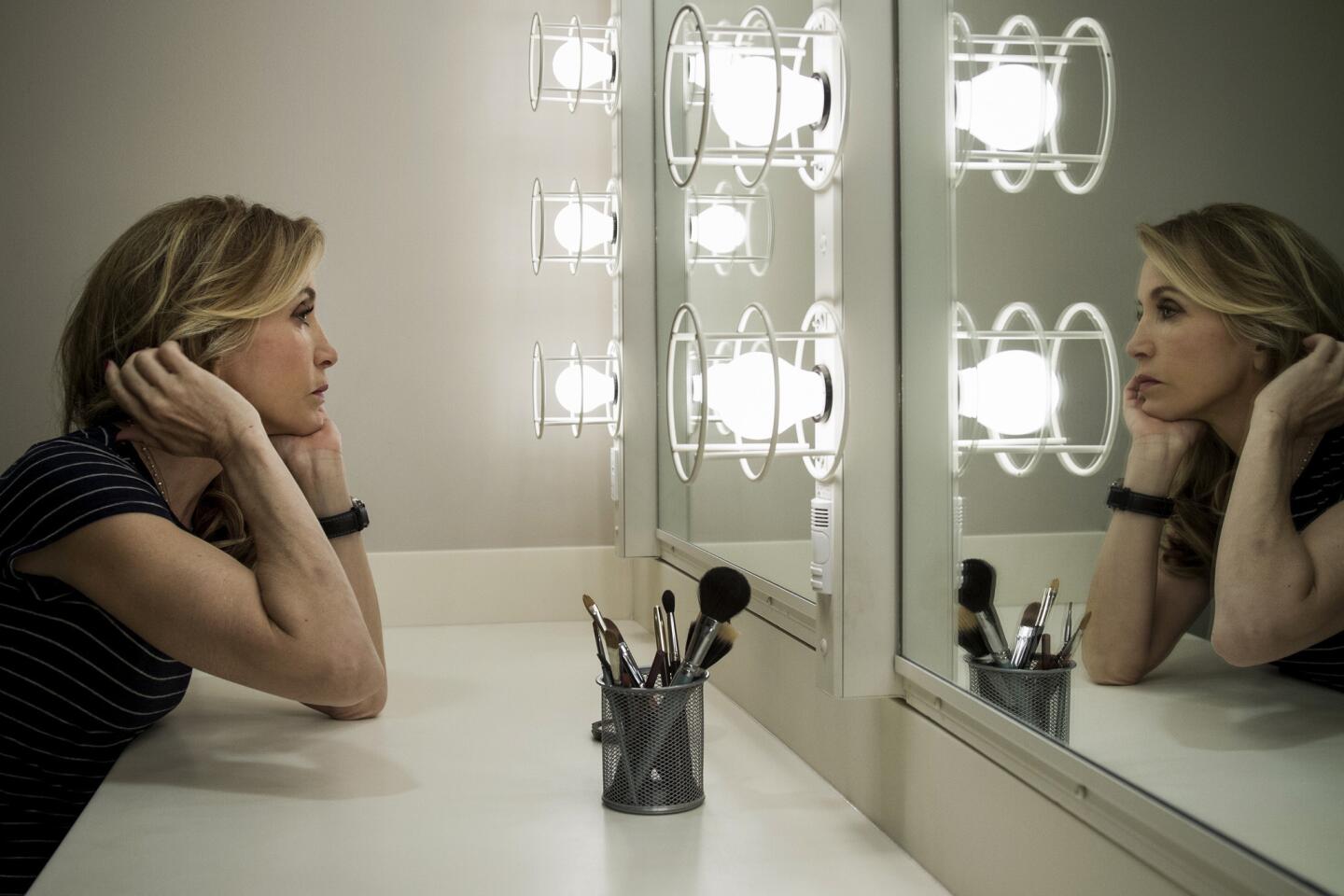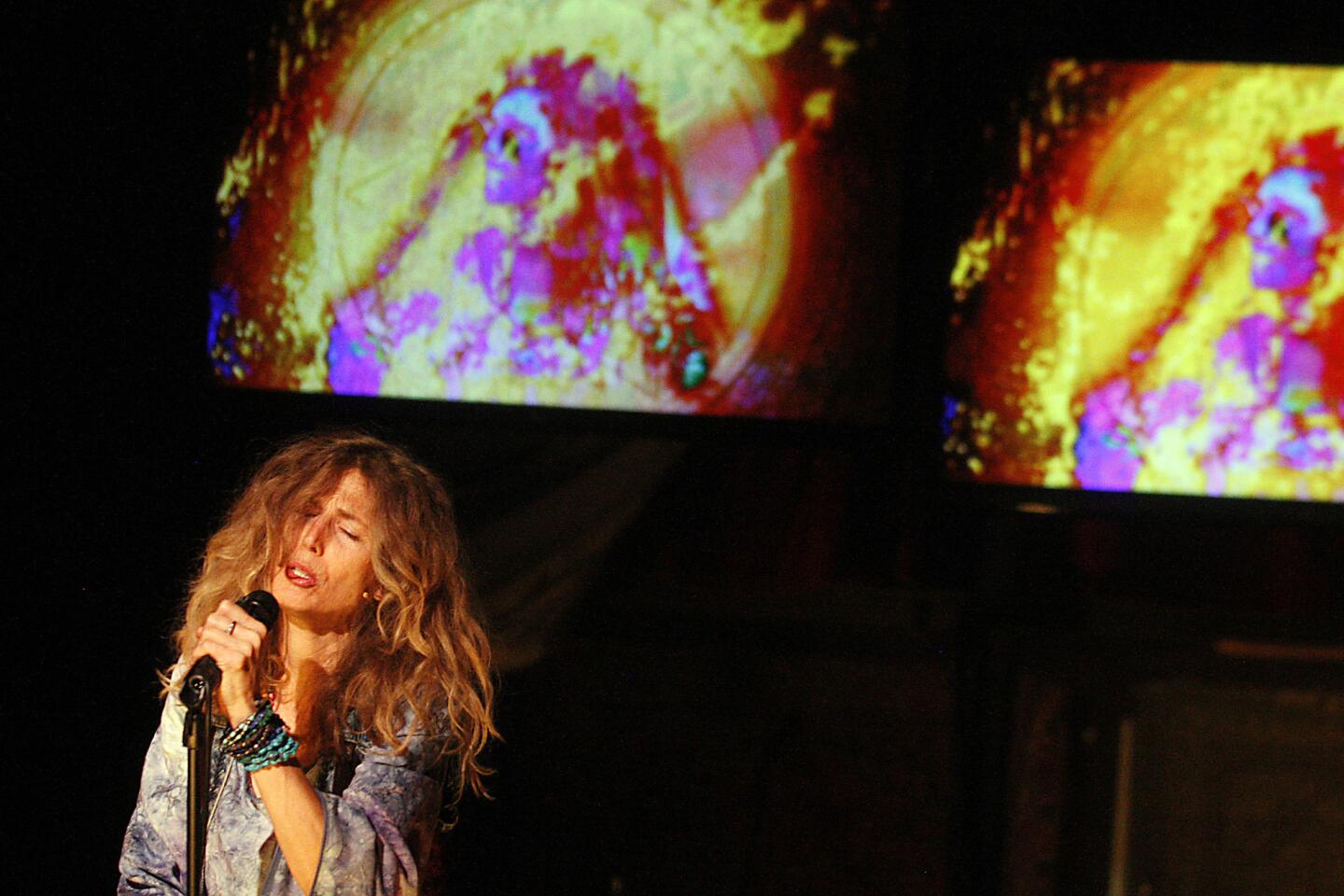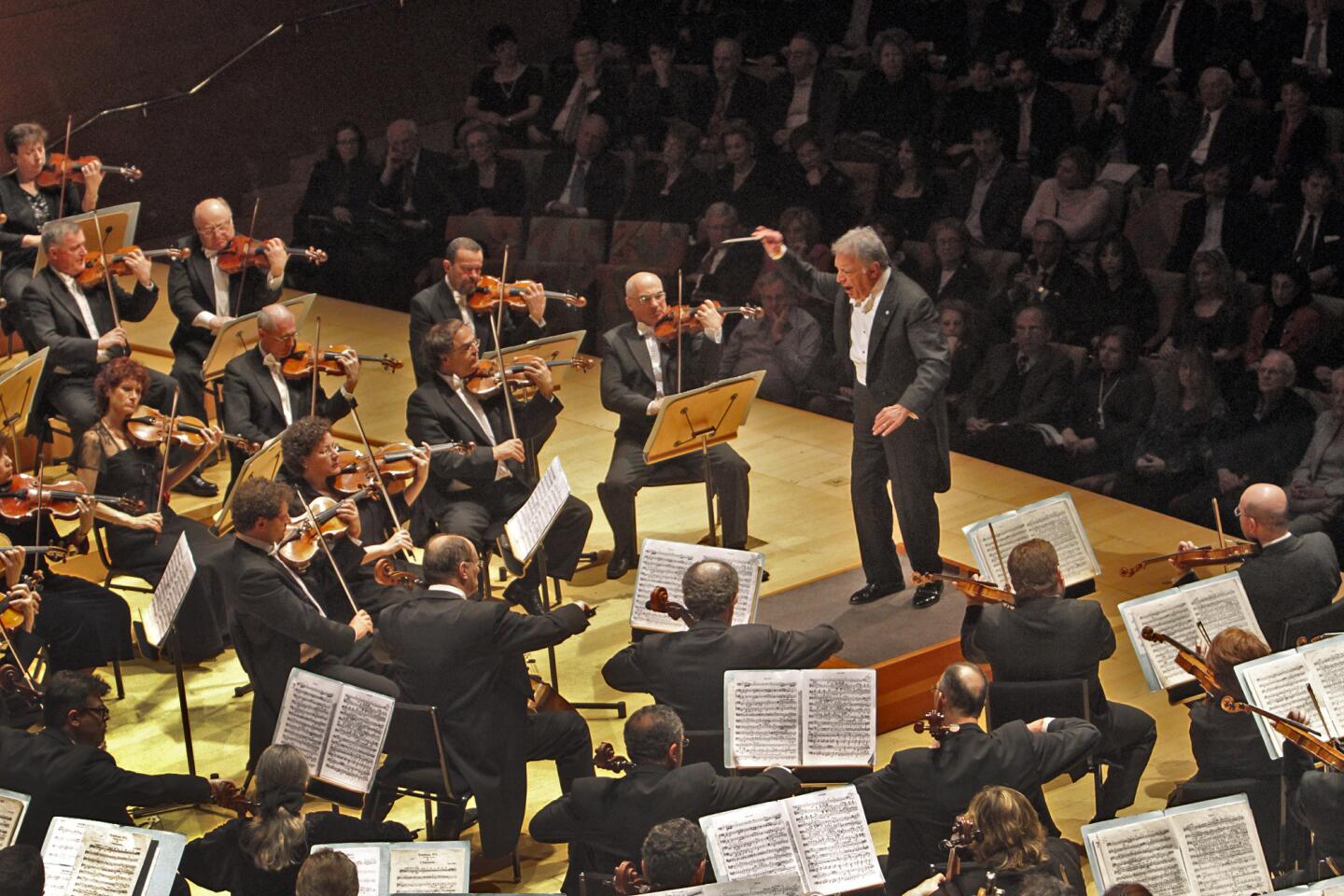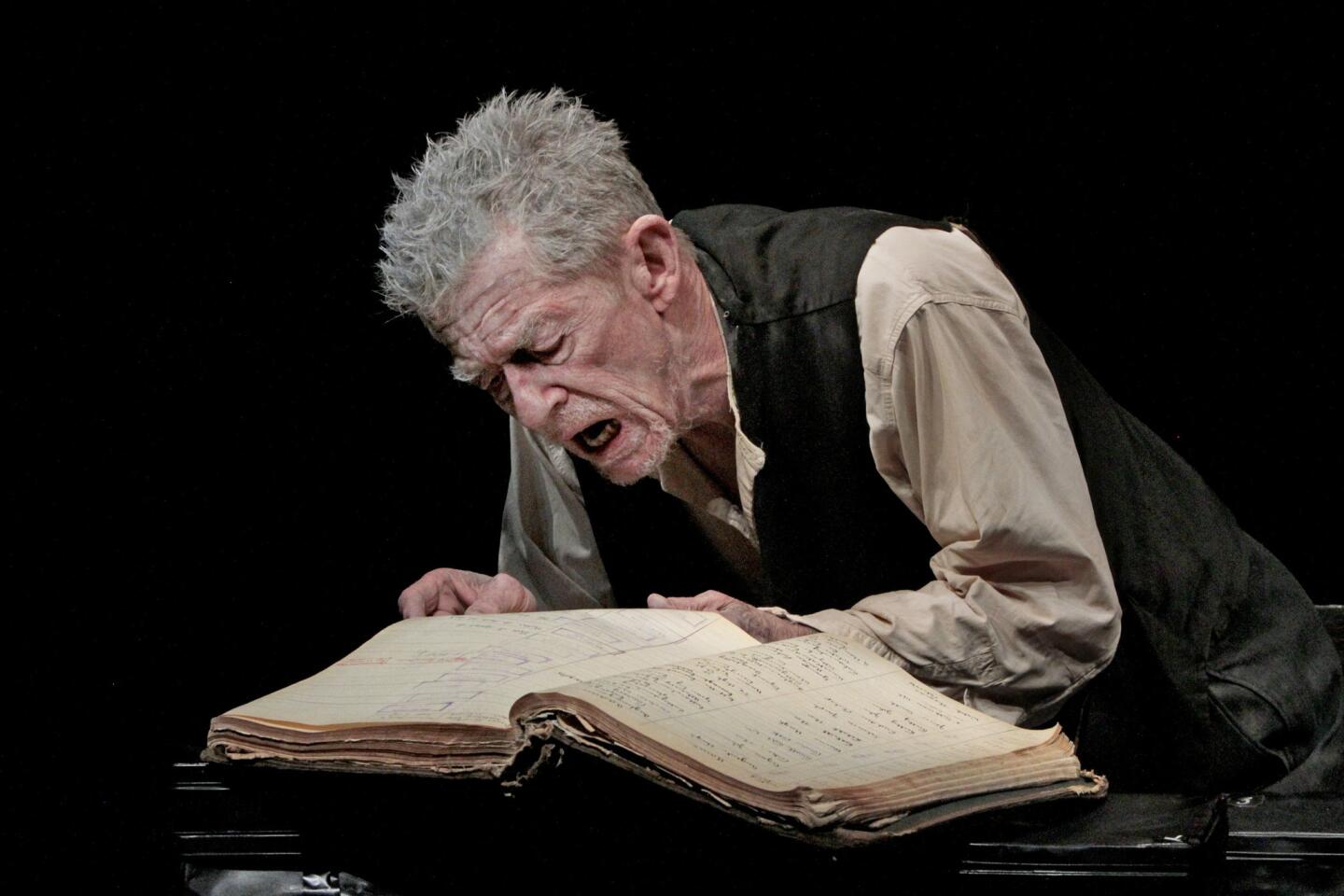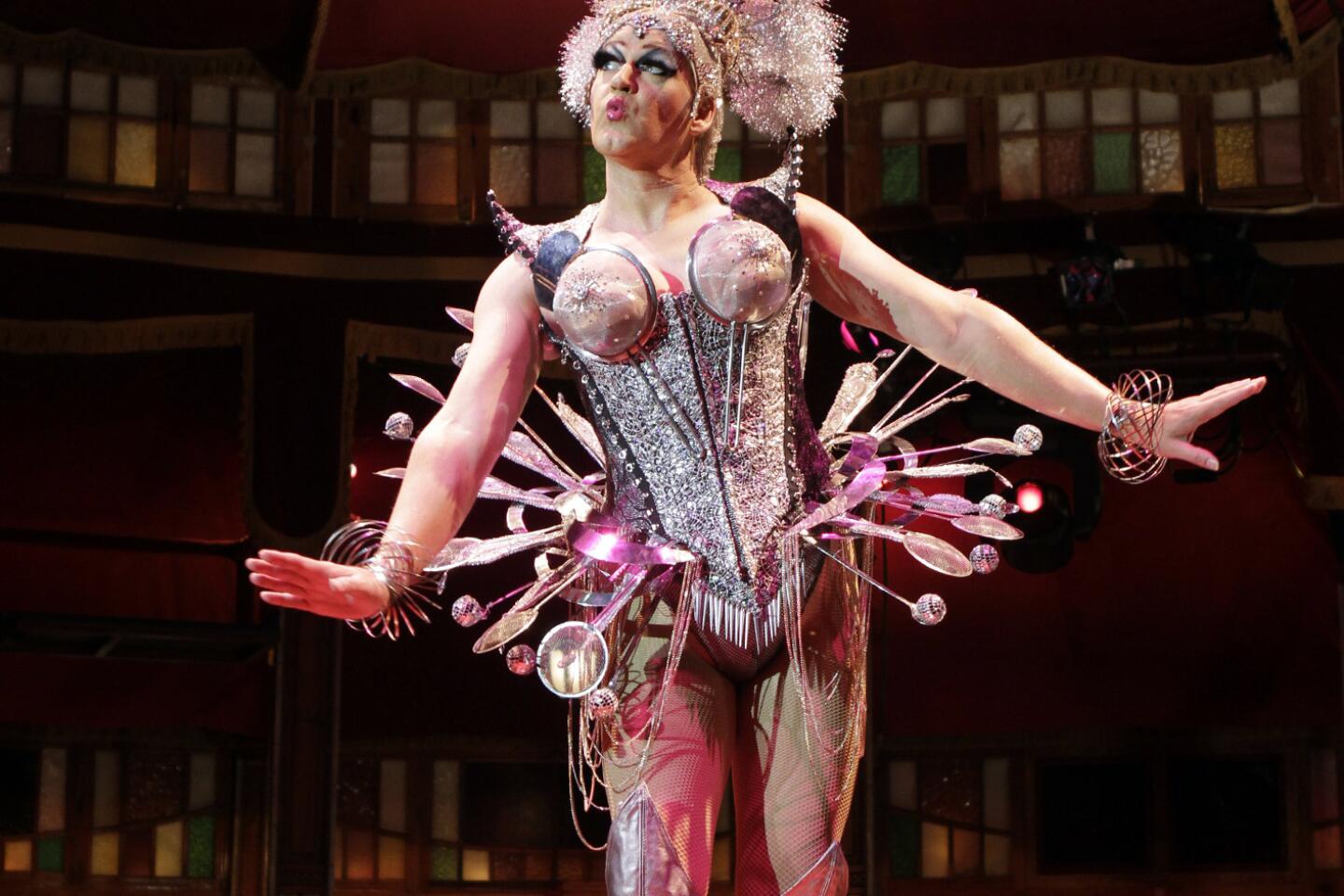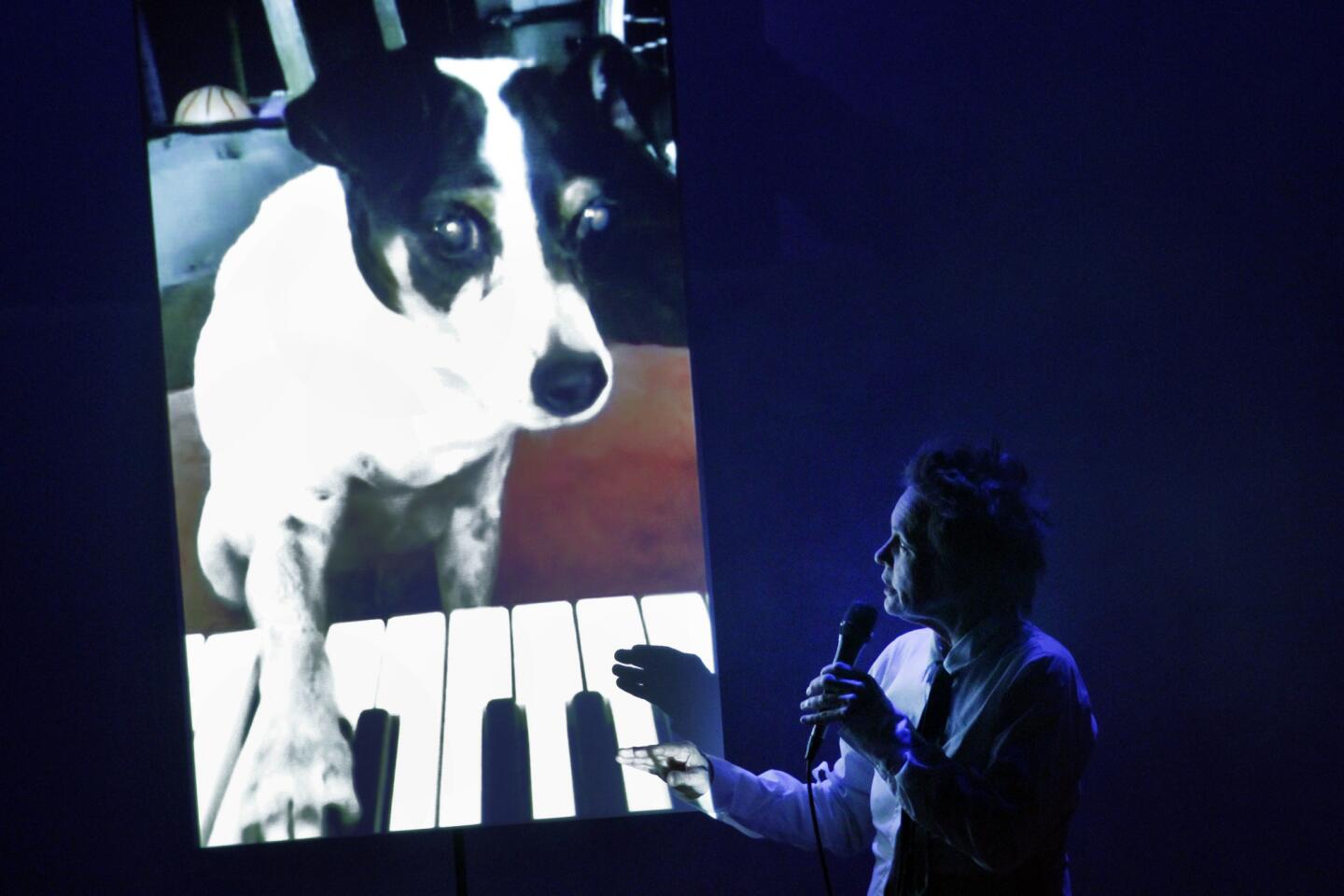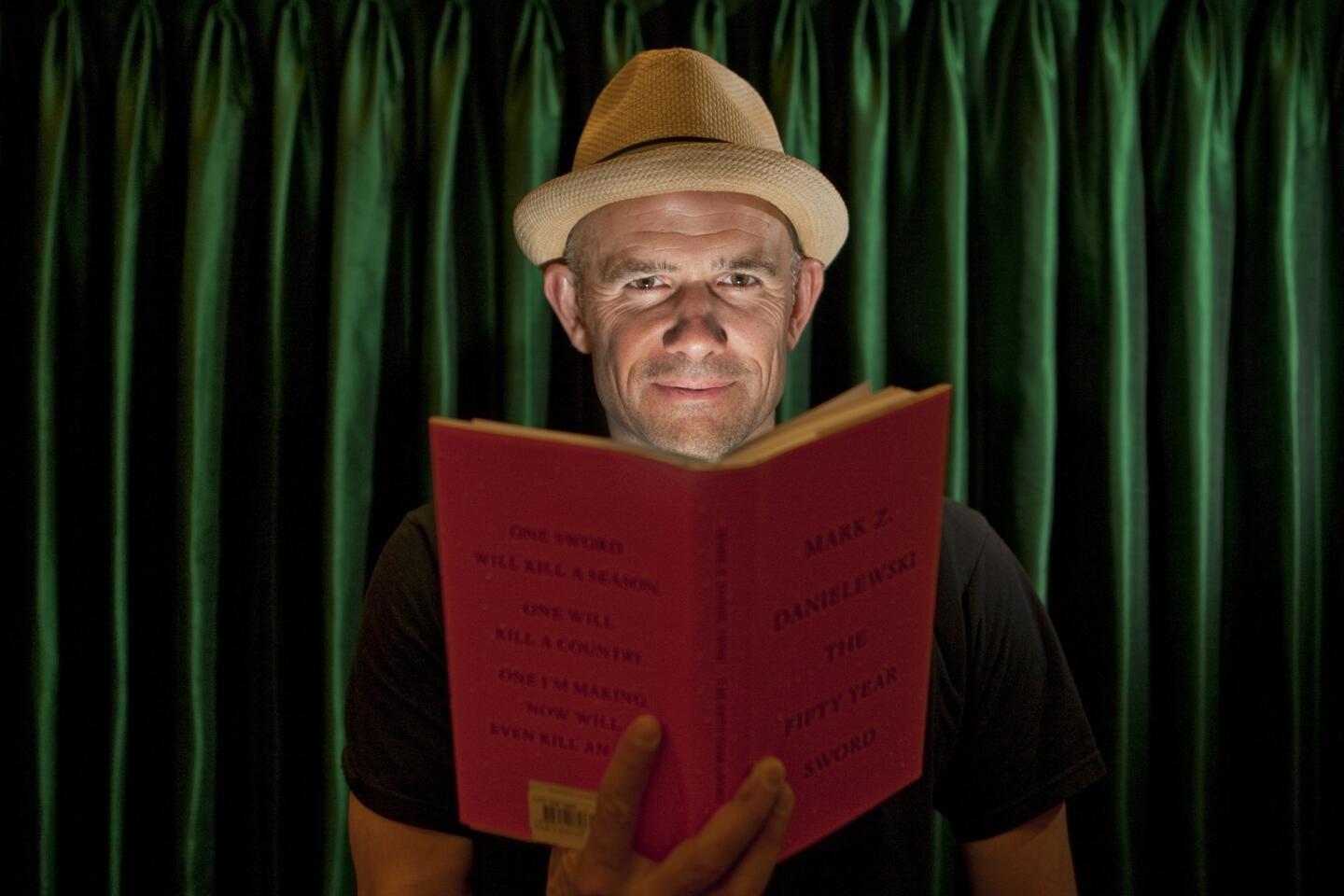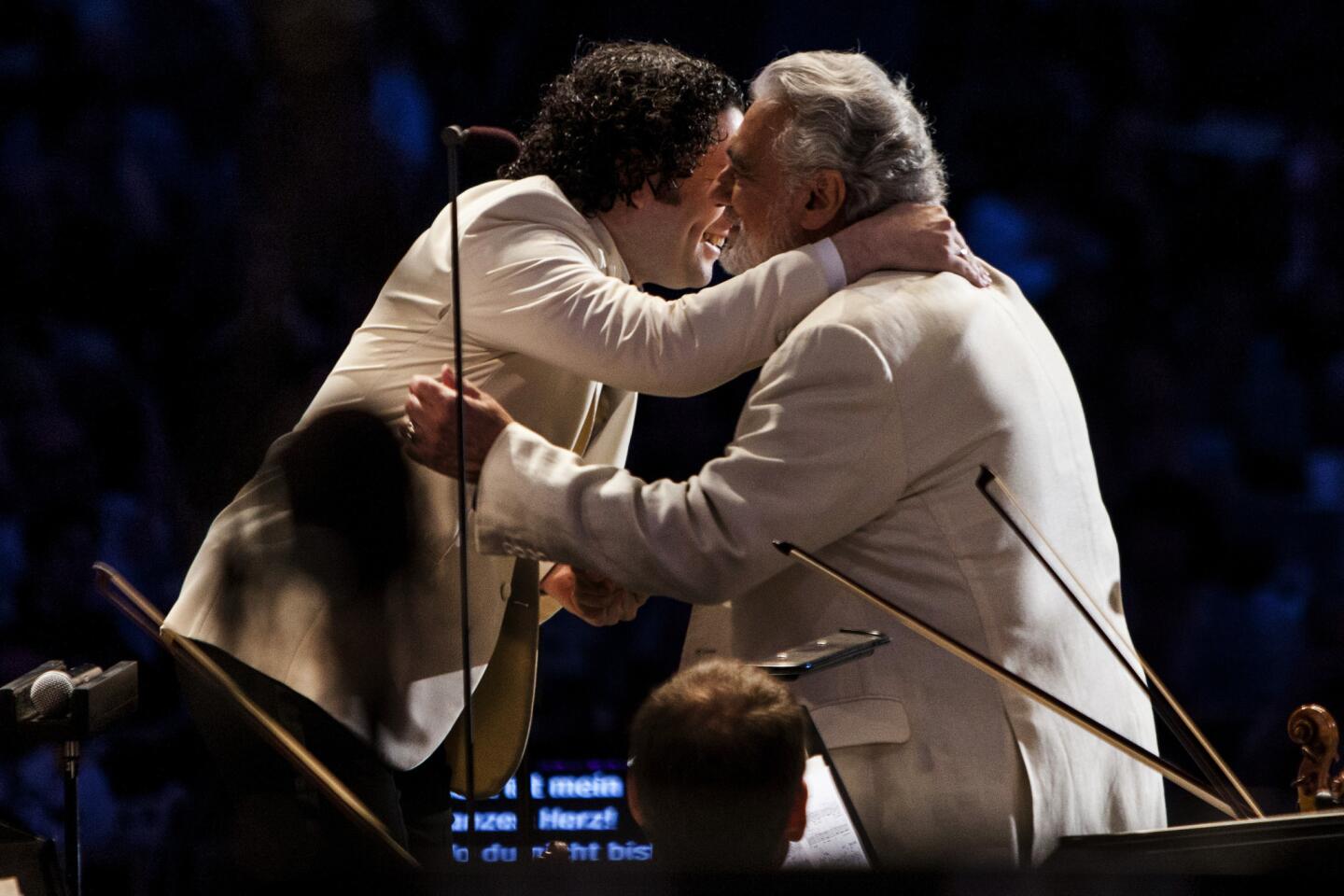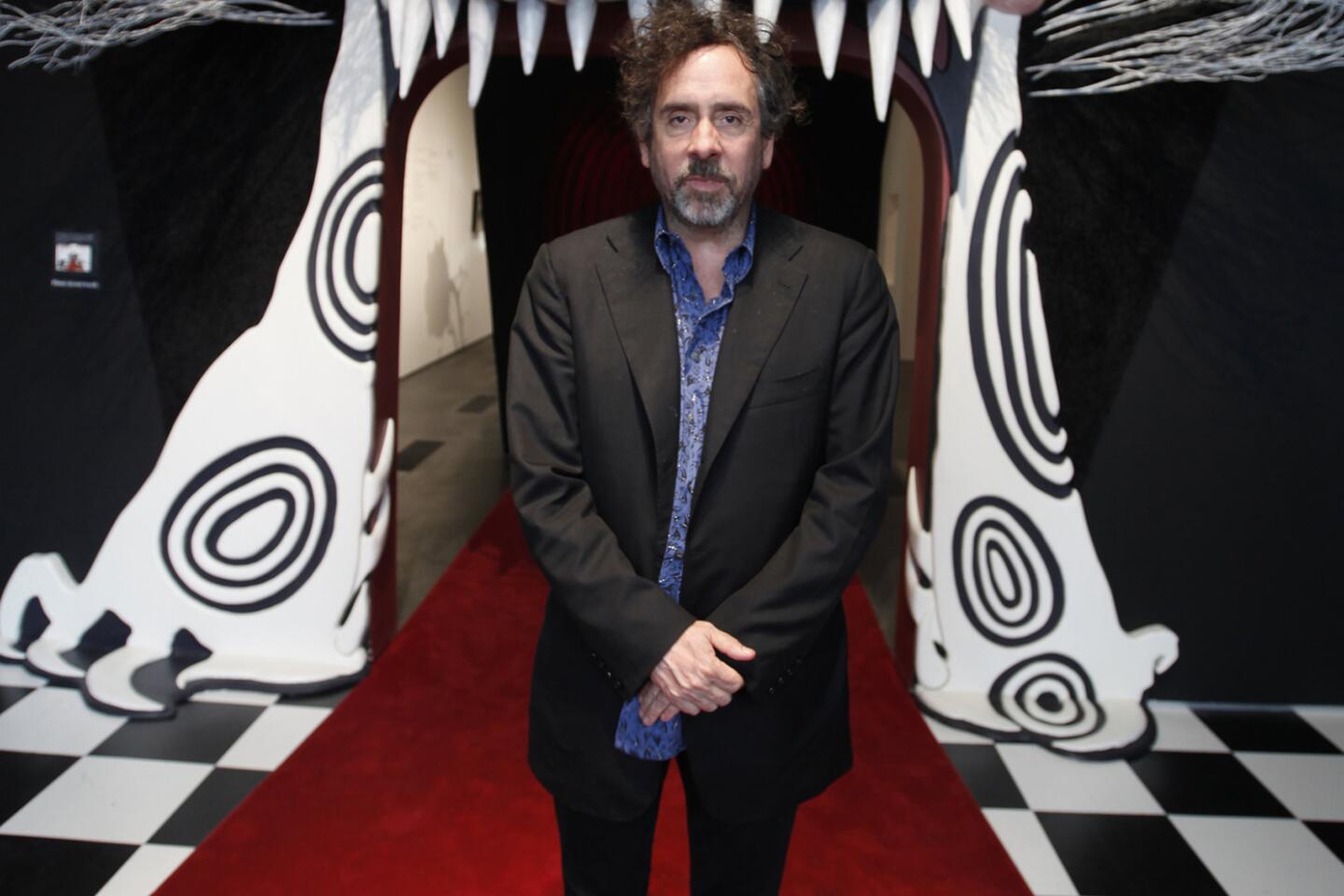Moving sound to anywhere but the concert hall
- Share via
NEW YORK — This has been the season of the concert hall. The one named after Walt Disney turned 10. How that venue has revolutionized musical life in L.A. and beyond has been the subject of much consideration. Though the economy bubbles and bursts, this great space, having lost none of its contemporary luster, continues to inspire an international concert hall building boom.
That makes this latest push to get music the heck out of Disney and every other concert hall all the more a remarkable phenomenon in 2013. This has been the year of sound art, a year when museums and galleries, alternative spaces and train stations, parks and Beverly Hills formal gardens, even the Large Hadron Collider in Geneva went after a decent-sized piece of the acoustical action. Why now, this explosion of artworks that use sound but are neither visual art (although they tend to come from the visual art world) nor quite music (although music can be defined as organized, or even disorganized, sound)? Are we simply experiencing concert hall fatigue or the venues’ formality? Is the art world merely on its usual prowl for novelty?
In fact, what appears to be happening is that we are arriving where Marshall McLuhan said we would. In his 1968 book, “War and Peace in the Global Village,” the Canadian media theorist anticipated traumatic technological changes that would involve the transferring of most printed matter in the 21st century to what he called other data sources.
VIDEO: Sound art installations
That, he predicted, would lead to “acoustic space” as a new dwelling place. But first we should prepare for the confusion between one sensation and another, especially between visual and aural. Such has been the case as we gingerly step out of our cozy acoustical nests.
Sound art, however, is hardly new. This year has been the centenary of Luigi Russolo’s influential manifesto, “The Art of Noises.” The Italian Futurist called for a new music made from the sounds relevant to the modern urban industrial age. Ever since, artists have felt empowered to add sound to their palates. Composers are free to apply, but musical training is not a requirement.
Manhattan, not surprisingly, stole most of the sound art thunder becoming besotted by sound art like never before. The Museum of Modern Art opened its first sound art exhibition, “Soundings: A Contemporary Score.” The first modern art presented at the Metropolitan Museum’s medieval outpost, the Cloisters, was a sound installation: “The Forty-Part Motet” by Canadian artist Janet Cardiff.
The Upper East Side made a huge amount of noise about noise. New York finally heard Yves Klein’s 1949 “Monotone-Silence Symphony” — 20 minutes of a single-sounding chord played by a chamber orchestra followed by 20 minutes of silence — courtesy of the new Dominique Lévy Gallery. Philip Glass gave a piano recital in the Guggenheim Museum rotunda, musically responding to James Turrell’s “Aten Reign” light installation. Hunter College mounted a retrospective of conceptual artist William Anastasi’s groundbreaking sound works created over the last half century, such as a curiously beguiling clanking radiator.
RELATED: Faces to watch 2014 | Classical music
But in all of that New York was playing catch-up. San Francisco has long been a haven for sound art, going back at least to the Audium, a series that began presenting sound events in 1960 and is still at it every Friday and Saturday in a dark theater surrounded by dozens of loudspeakers.
This year the Bay Area sound artist Bill Fontana began a residence at CERN in Geneva, where he is collecting sounds made by the Large Hadron Collider as it blasts elementary particles to explore the essential nature of Nature. San Francisco was also the site this past fall for Lisa Bielawa’s “Crissy Broadcast,” an event in the Presidio, next to Golden Gate Bridge (which Fontana once sonified), for 800 musicians.
London too has been sounding out. Tate Britain put on an excellent exhibition of late works of the German Dada artist Kurt Schwitters, who created the first important sound poetry in the 1920s and ‘30s. Then the Tate awarded its Turner Prize to Laure Prouvost’s “Wantee,” an installation that revolves around her grandfather’s fictional relationship with Schwitters in Britain.
Cardiff’s “Forty-Part Motet” got much of the New York media’s attention, which might seem curious given that her installation of 40 loudspeakers — one for each voice in British composer Thomas Tallis’ remarkable 1573 study in complex, surround-sound counterpoint, “Spem in Alium” — has been in New York before, at MoMA and Lincoln Center. What was different this time was the setting. The speakers formed a circle under the half-dome of a 12th century Catalan apse, the Fuentiduena Chapel in the Cloisters, in Fort Tryon Park, an idyllic retreat from the urban activity that overlooks the Hudson at the northern tip of Manhattan.
GRAPHIC: Faces to watch 2014 | Entertainment
In this splendid apse composed of limestone brick, one could wander from speaker to speaker hearing the personalities of singers while taking in the whole in a way that is impossible in the concert hall. It so happens that the Los Angeles Master Chorale performed the Tallis motet at Disney in September, the singers surrounding the audience, and that was wonderfully three-dimensional. But Cardiff’s work magically illuminating installation takes you inside the work and the performance simultaneously.
Leave it to a Canadian, perhaps, to offer the best possible example of fellow Canadian McLuhan’s acoustic space. (Canada has long been one of the unsung centers of environmental sound art, from composer R. Murray Schafer immersive outdoor soundscapes to pianist’s Glenn Gould’s contrapuntal radio documentaries.)
Meanwhile, Cardiff’s influence could be felt in an important Los Angeles attempt to create operatic sound art with the premiere of Christopher Cerrone’s “Invisible Cities” at Union Station, where the audience heard the singers on headphones while piecing together the action throughout the waiting rooms during regular Amtrak evening hours.
The previous summer as part of the art exhibition “dOCUMENTA (13)” in Kassel, Germany, Cardiff and her collaborator George Bures Miller, produced a video walk through the city’s historic old train station, once a Nazi hub for trains taking Jews to concentration camps. Each participant was given an iPod Touch and headphones, and as we followed a prescribed path through the station reality subtly began to change when visual and aural clues about the past crept into the present.
Simply getting out of the concert hall is not, of course, enough. Hearing a pure concert performance of Klein’s “Monotone-Silence Symphony” in the Madison Avenue Presbyterian Church was somewhat sterile compared with the way the French artist had originally presented it — accompanied by female nudes covered in blue paint being dragged on canvases. On the other hand, a careful and serious performance in a worshipful setting proved a unique opportunity to sit in absolute silence in the company of art-world movers and shakers who normally can’t stop gossiping for 20 seconds.
But environments can also be tricky places. At MoMA’s “Soundings,” I tried to get a sense of Norwegian artist Jana Winderen’s attempts to make inaudible sounds of nature audible through electronic trickery. Mostly what I heard, though, was the noise of a workman trying to fix a door to an adjoining gallery and a museum guard’s loud conversation with him.
Indeed, the biggest lesson to be learned from sound art is that everything matters. You cannot shut your ears. What you see, what you smell, what you taste, what your sensation of hot or cold, how comfortable or uncomfortable you are affects how you listen. The Hollywood Bowl learned how much light influences hearing the hard way with its intrusively bright new video monitors. Los Angeles Opera learned that the better way with its visually engrossing productions of “Einstein on the Beach” and “The Magic Flute.” L.A.’s Chamber Music in Historic Sites has long been masterful at mixing music with setting.
And what might be the curious side of the sound art year is that, while taking its impulse from escaping the comfortable concert environment, sound art actually made meaningful incursions right back into, of all places, Disney Hall.
To celebrate the “Art of Noises” centennial, Italian composer Luciano Chessa, who lives in San Francisco, built an orchestra of Russolo’s whirring, whooping futurist noise intoners and commissioned new pieces for them, which he then brought to REDCAT in December.
Before that the L.A. Phil startlingly began the Disney 10th-anniversary festivities with John Cage’s “4’33”,” figuring the best way to hear the hall was to remain silent for a few minutes and be at one with it.
This, then, brings us back to McLuhan. The best way to cope with the new confusion between different sensations may be a momentarily separation of the senses by changing the context. One work I saw last month in Manhattan that has particularly stayed with me is Anastasi’s beautiful “Beethoven’s Fifth Symphony” in his Hunter College show. This consists of a recording of the symphony conducted by Bruno Walter on magnetic tape that has been unspooled and luxuriously draped on the gallery wall. There was no sound, just Beethoven’s welcoming presence.
More to Read
The biggest entertainment stories
Get our big stories about Hollywood, film, television, music, arts, culture and more right in your inbox as soon as they publish.
You may occasionally receive promotional content from the Los Angeles Times.
